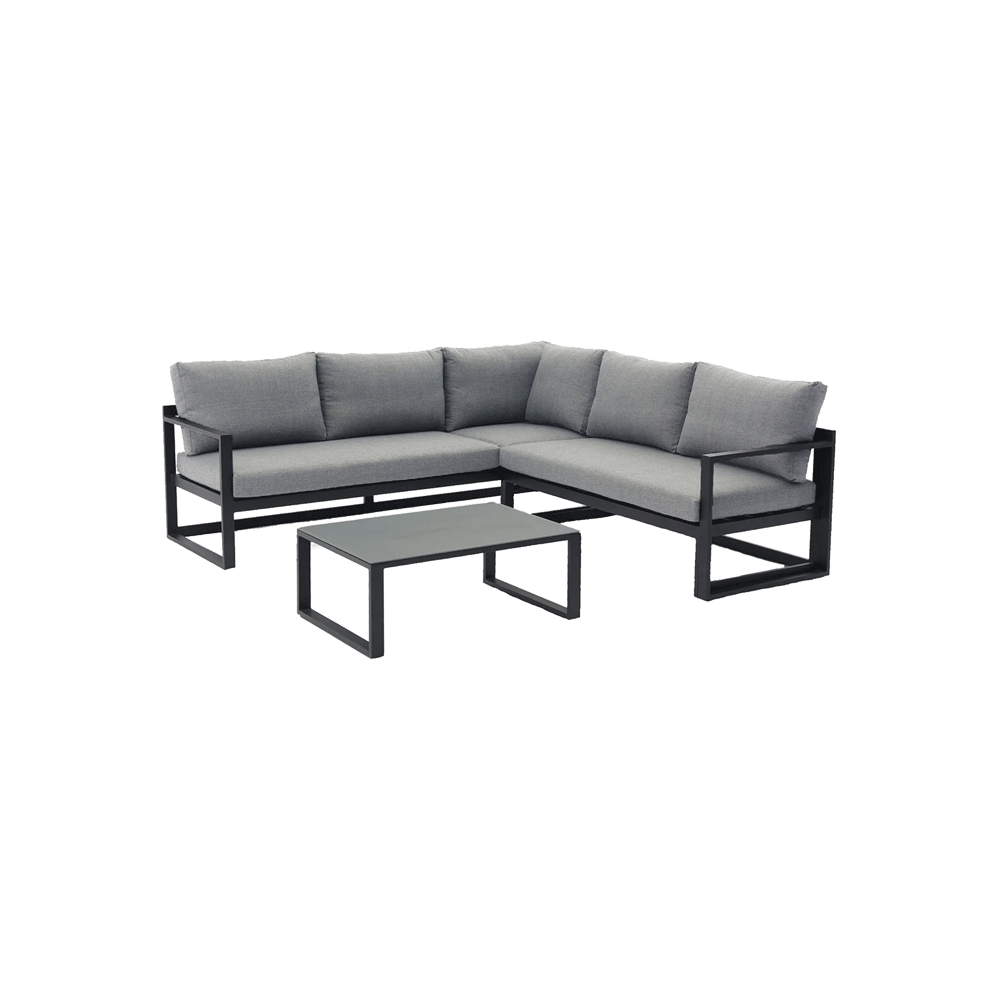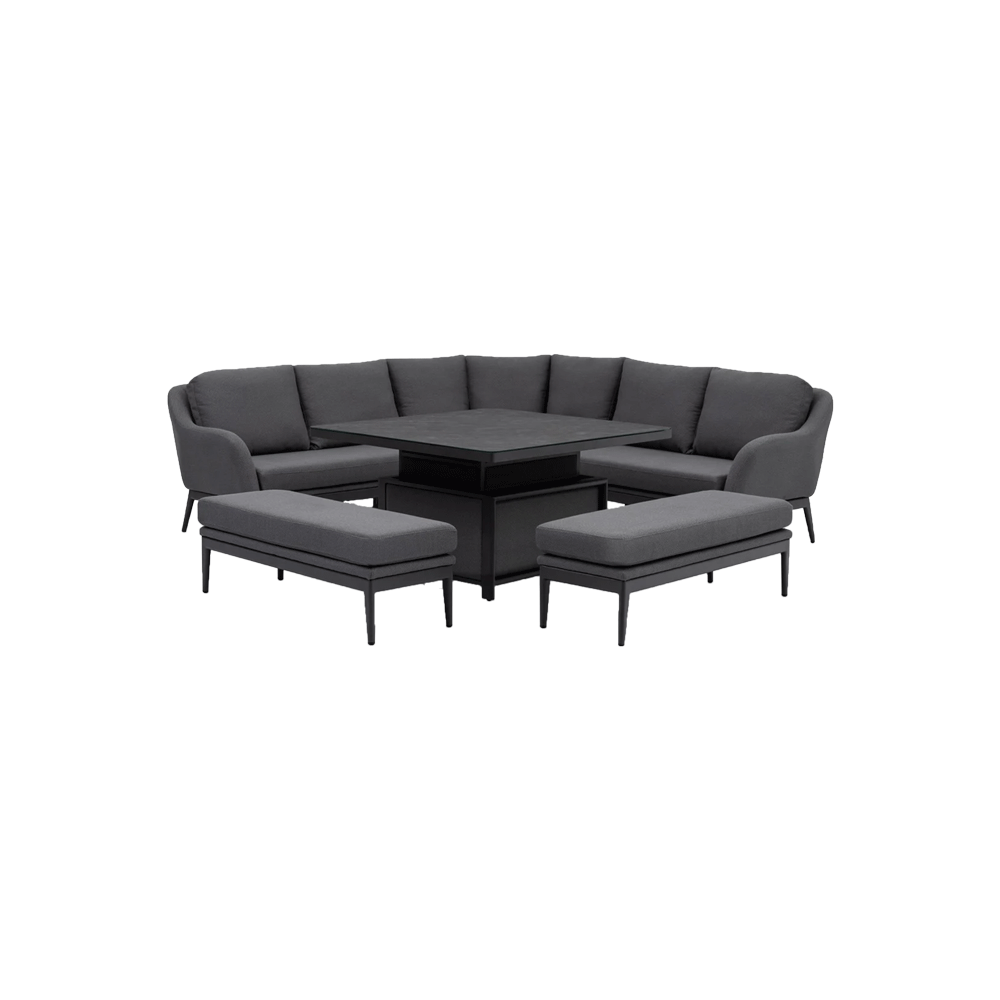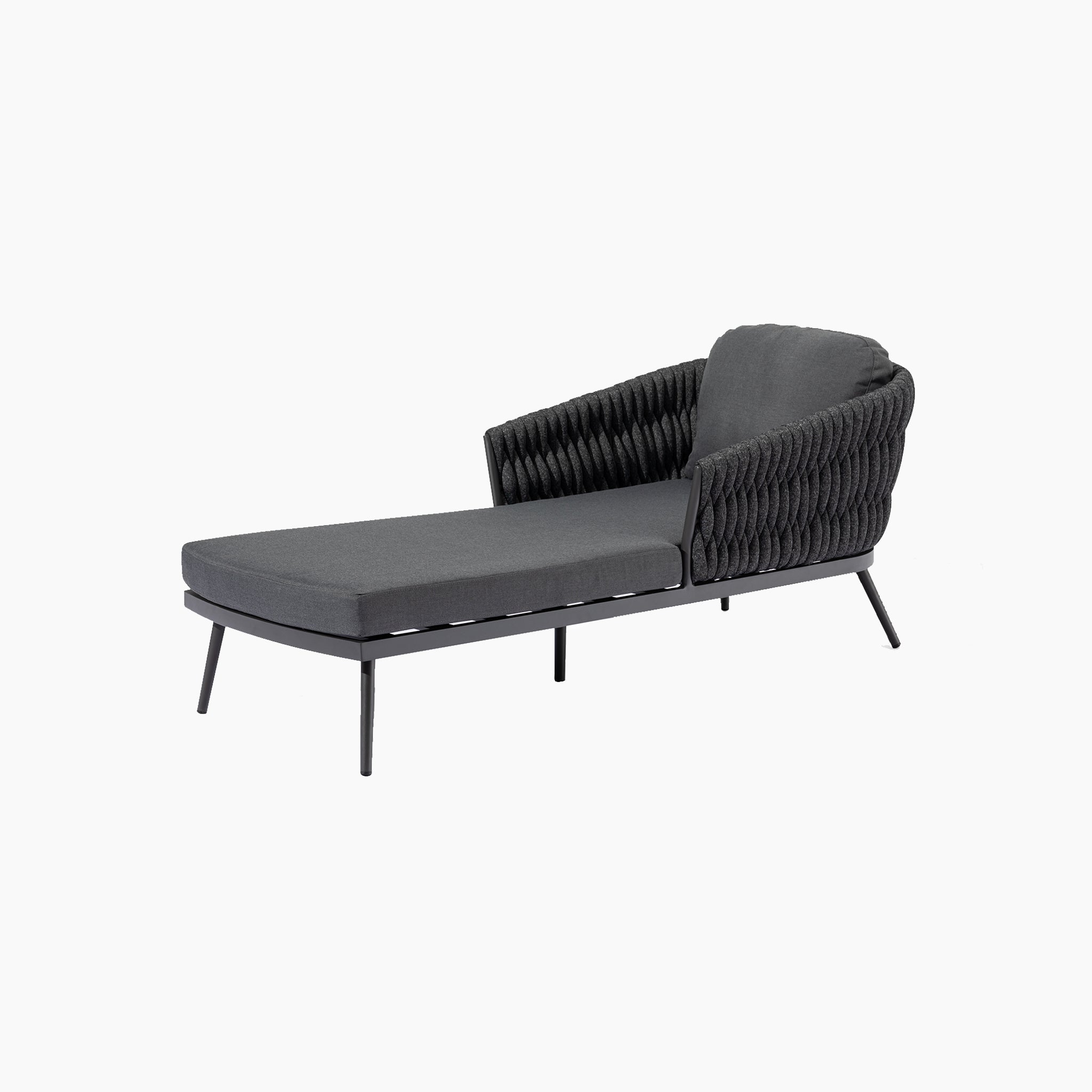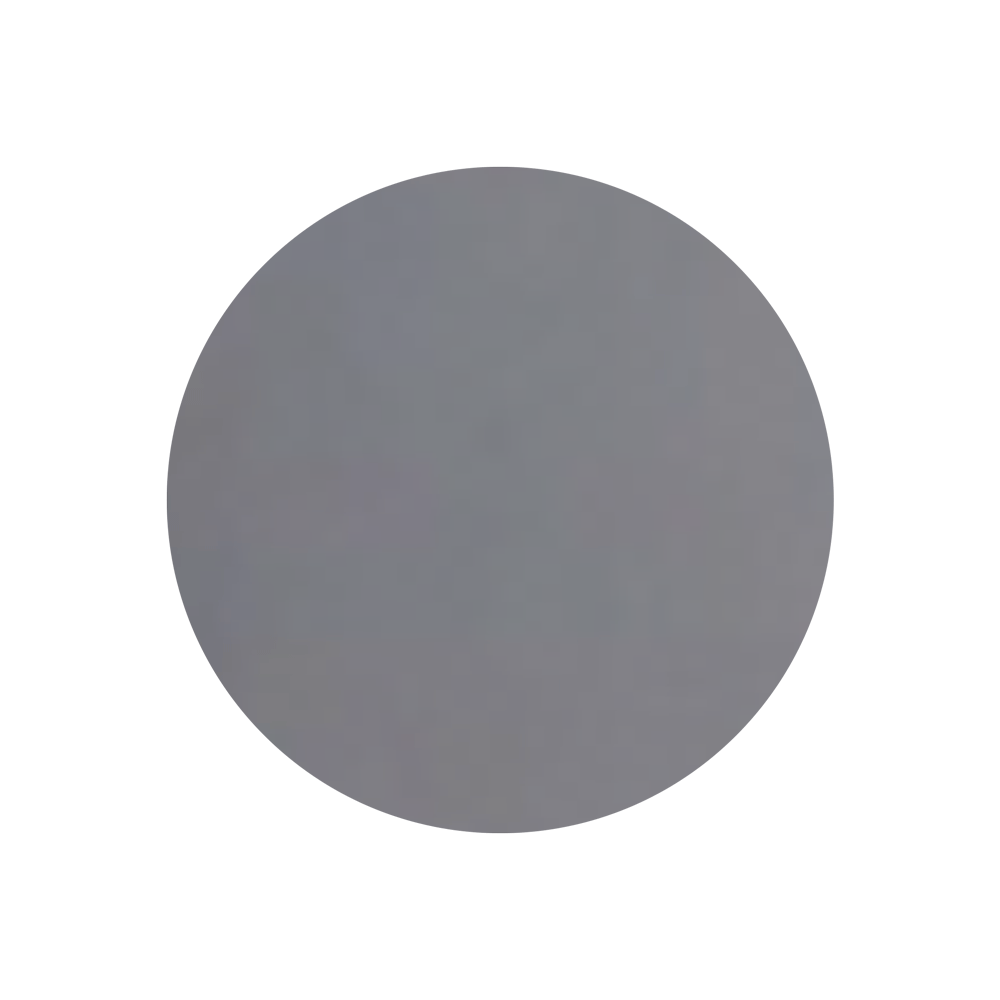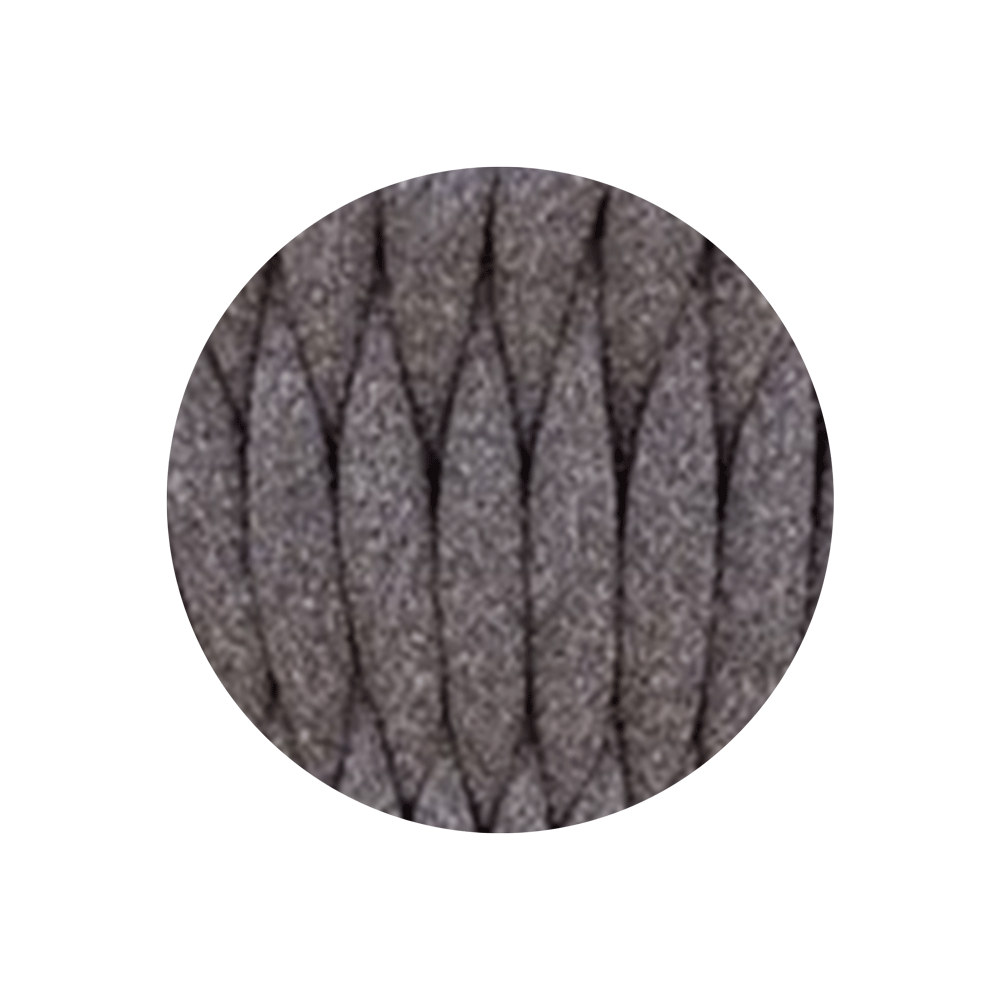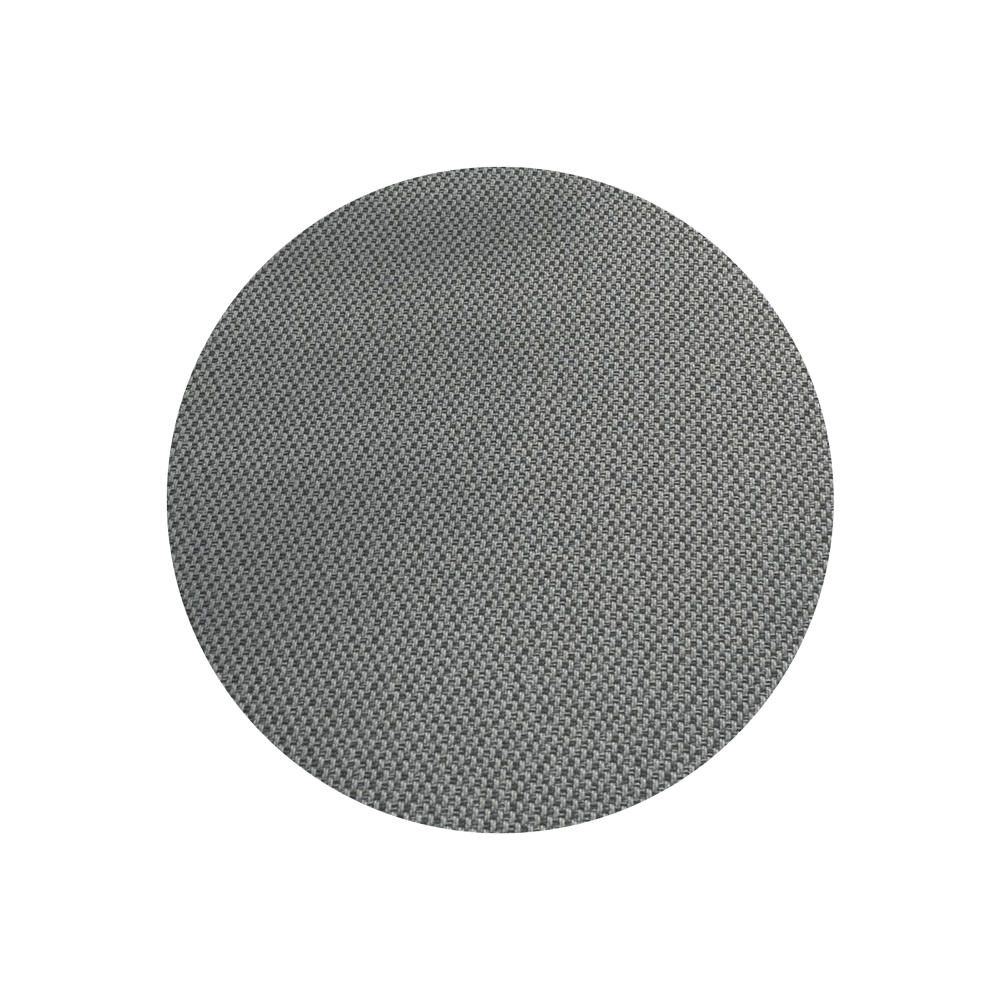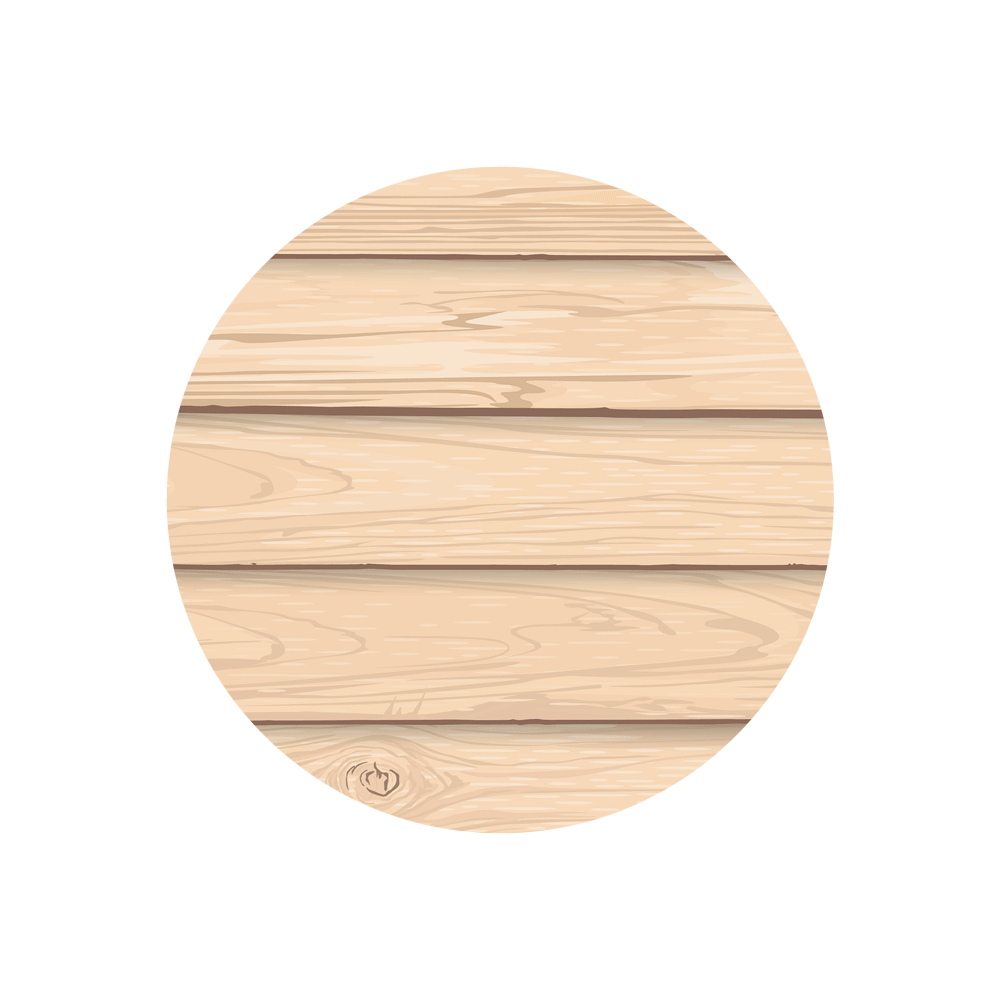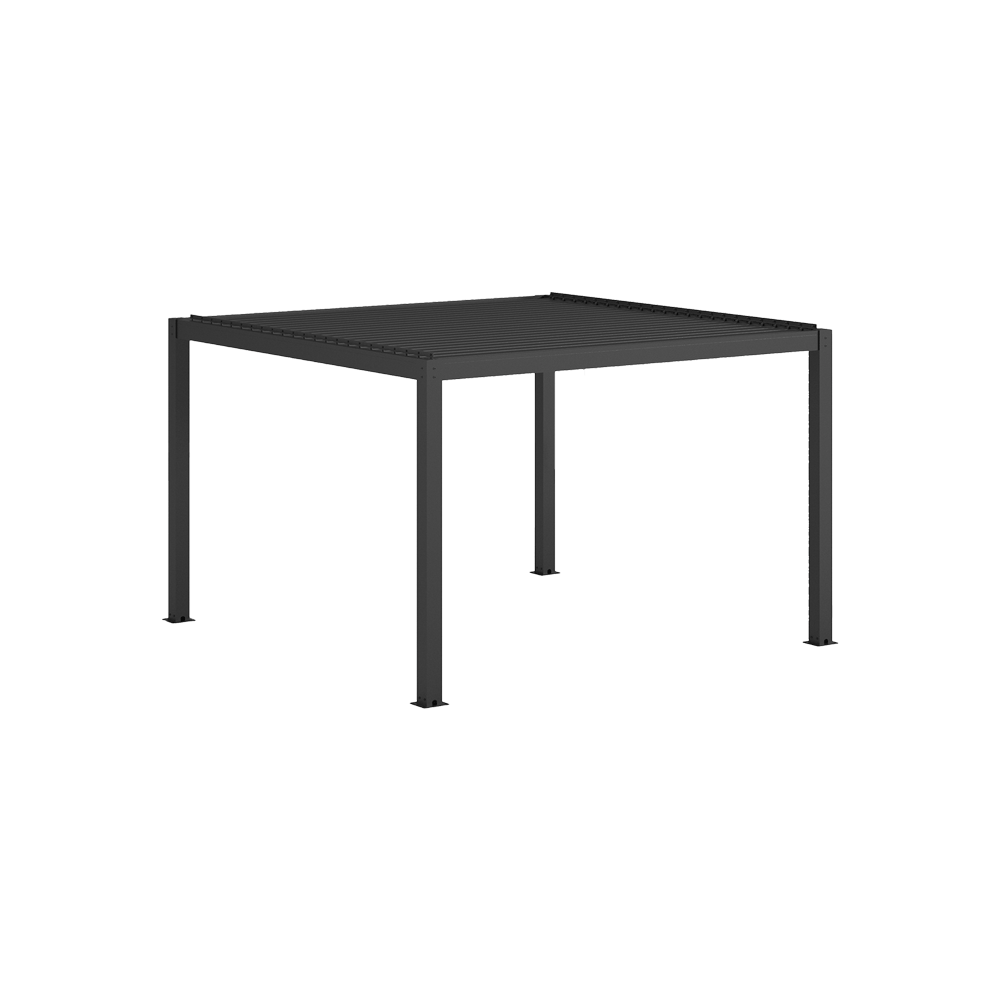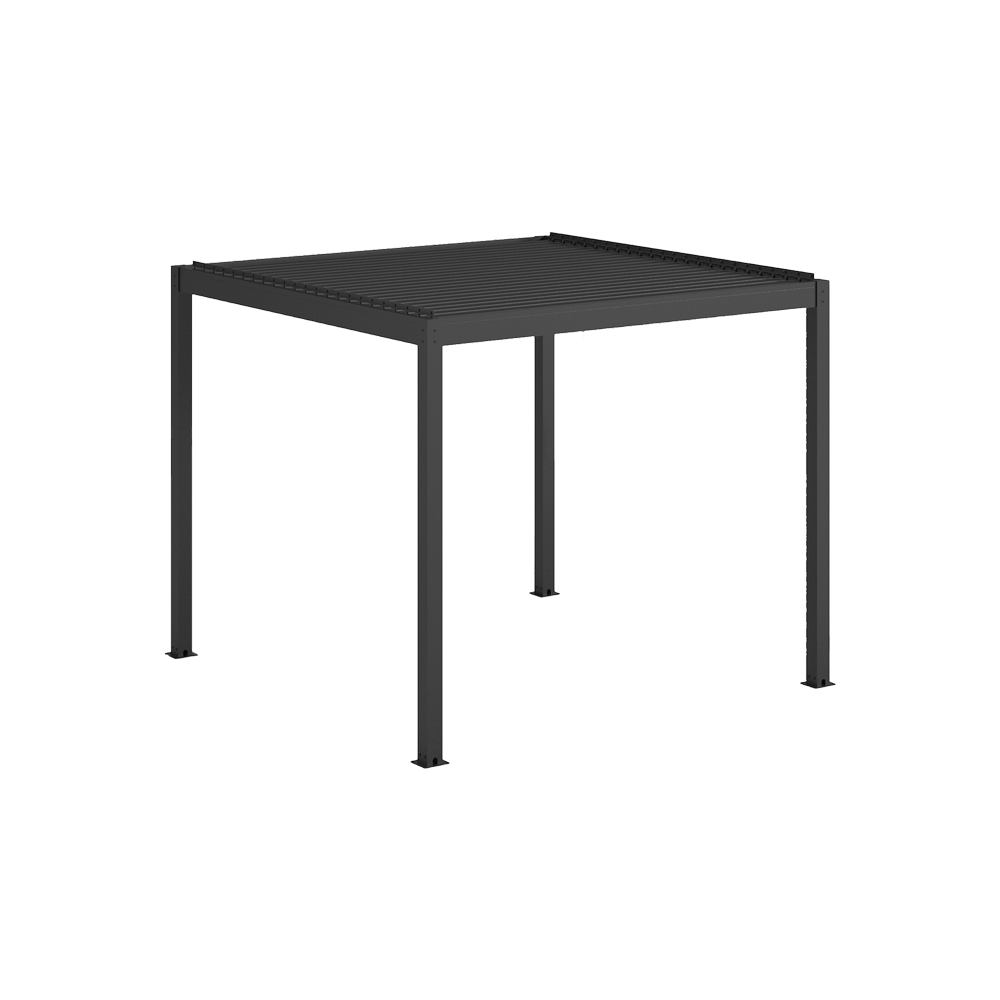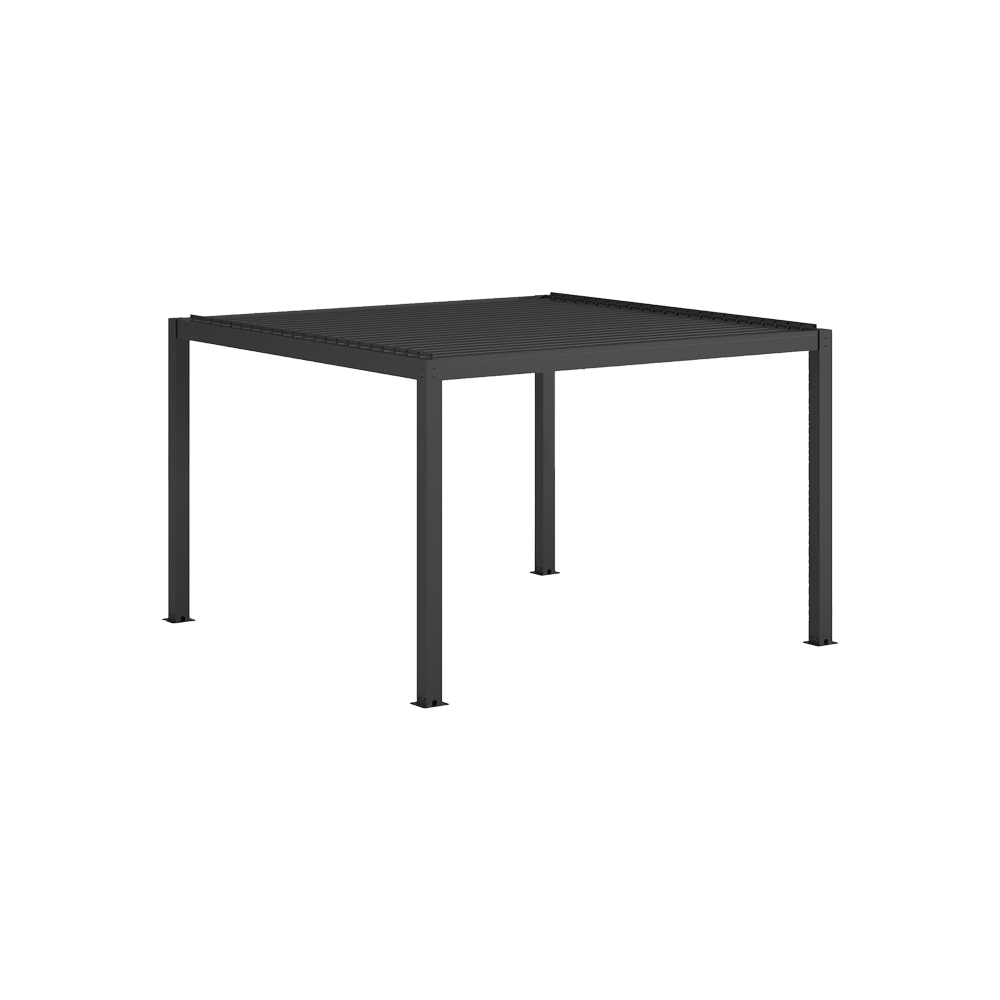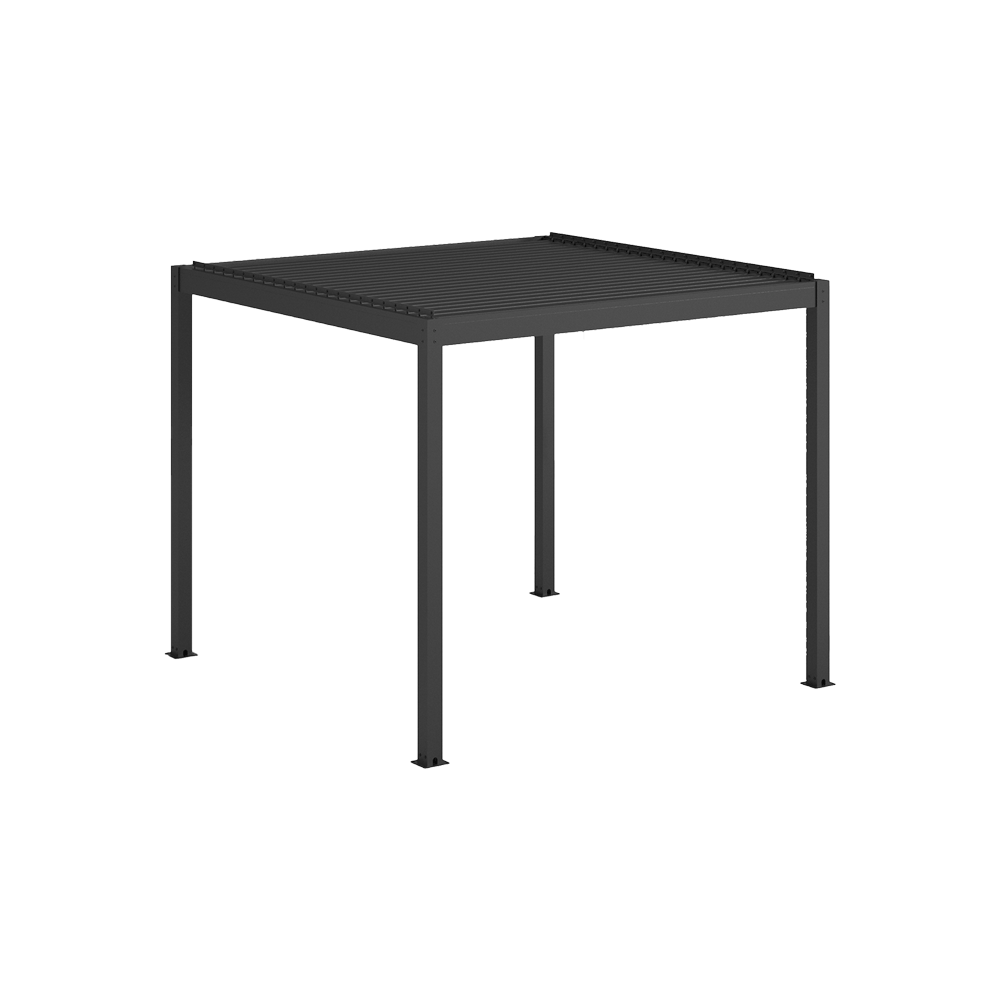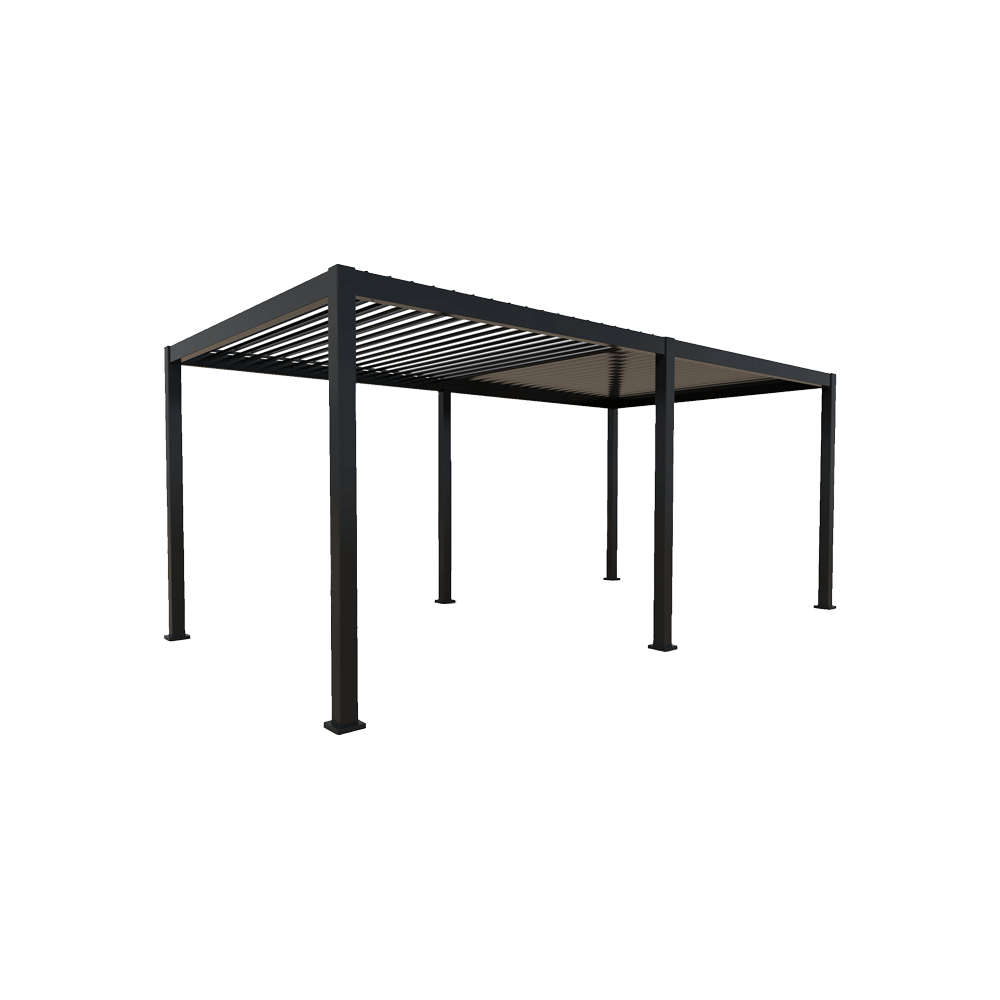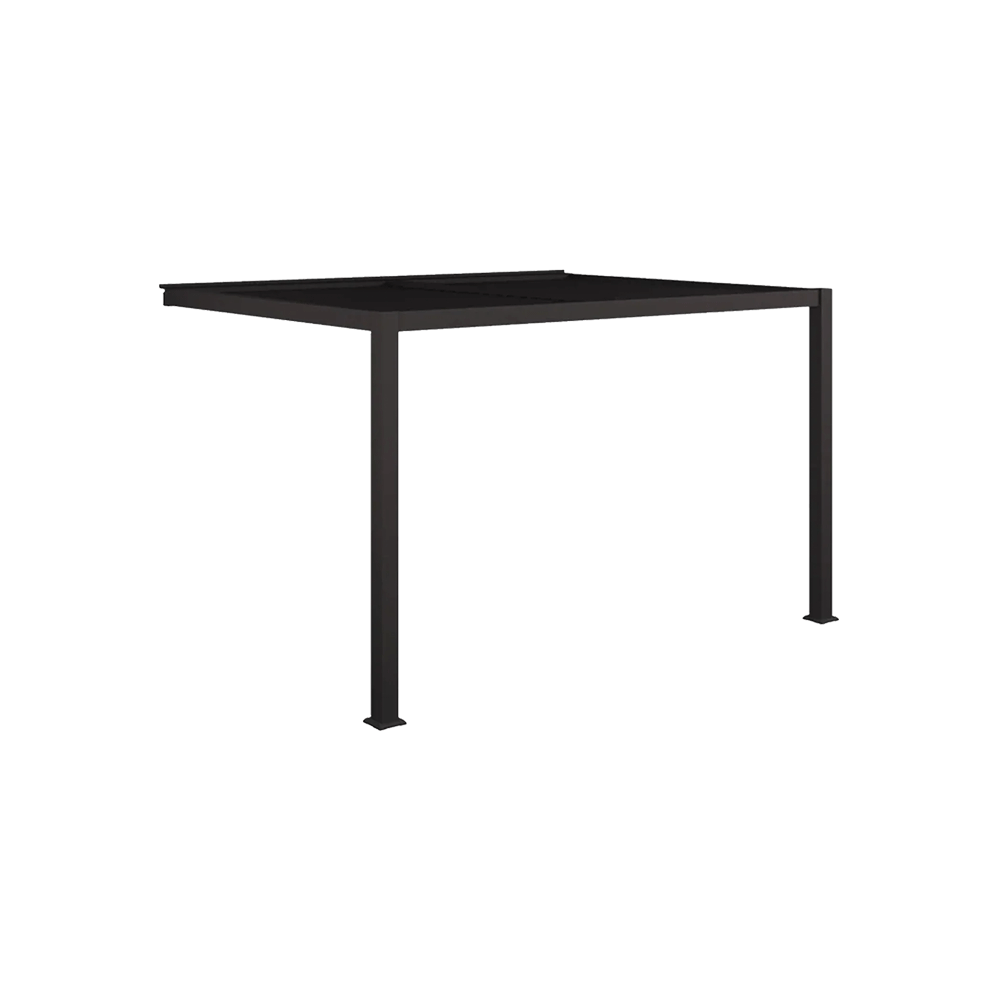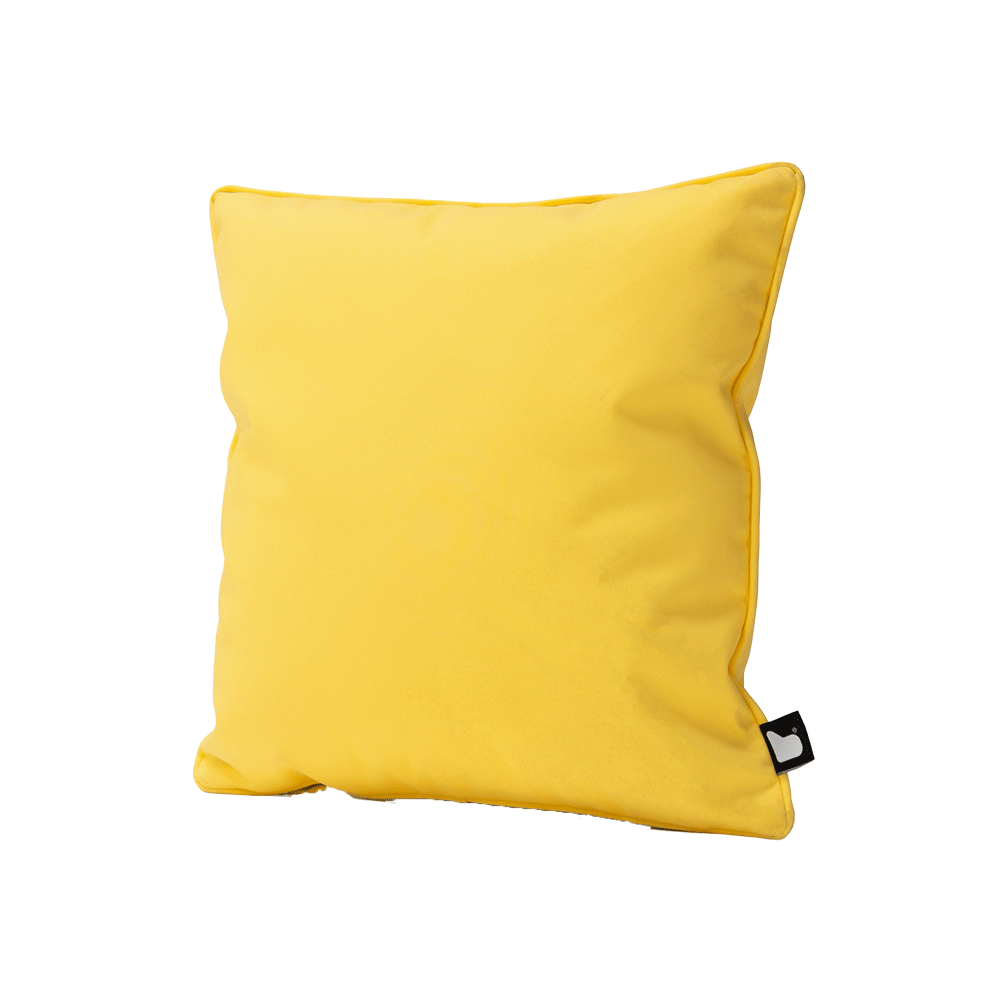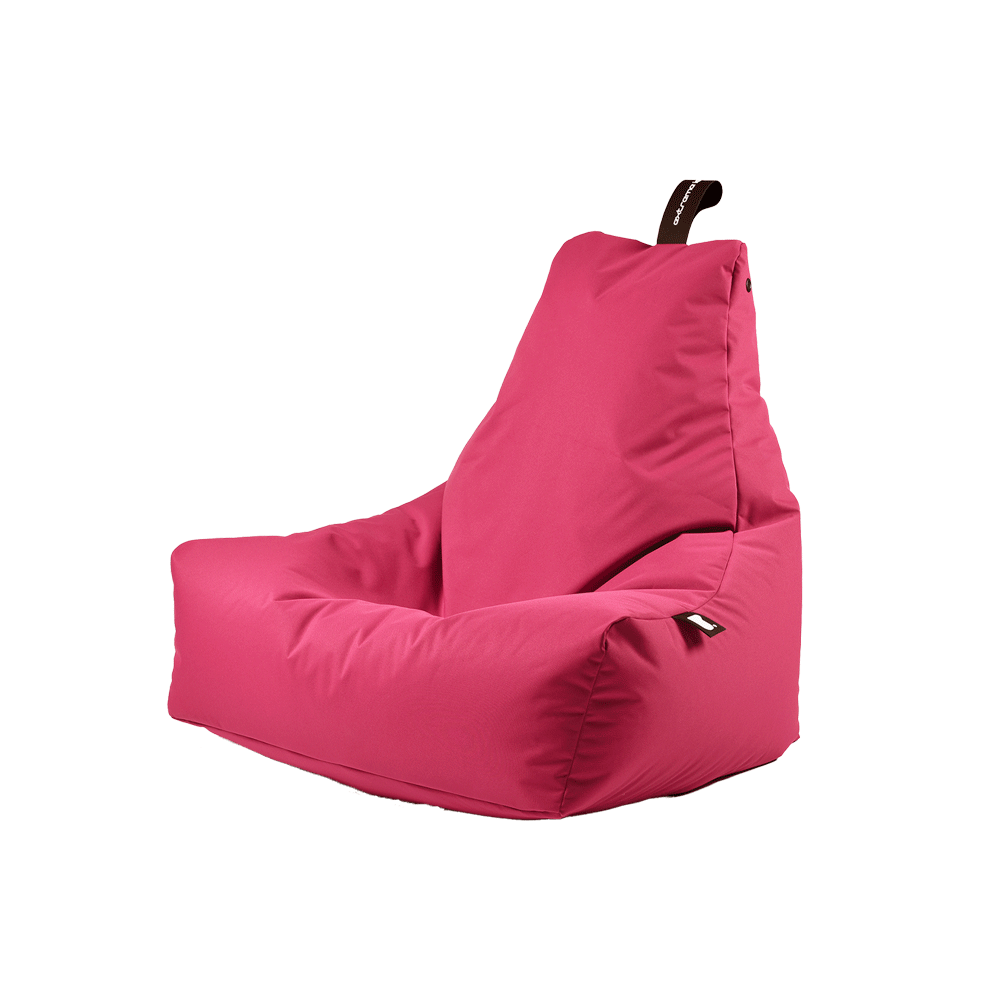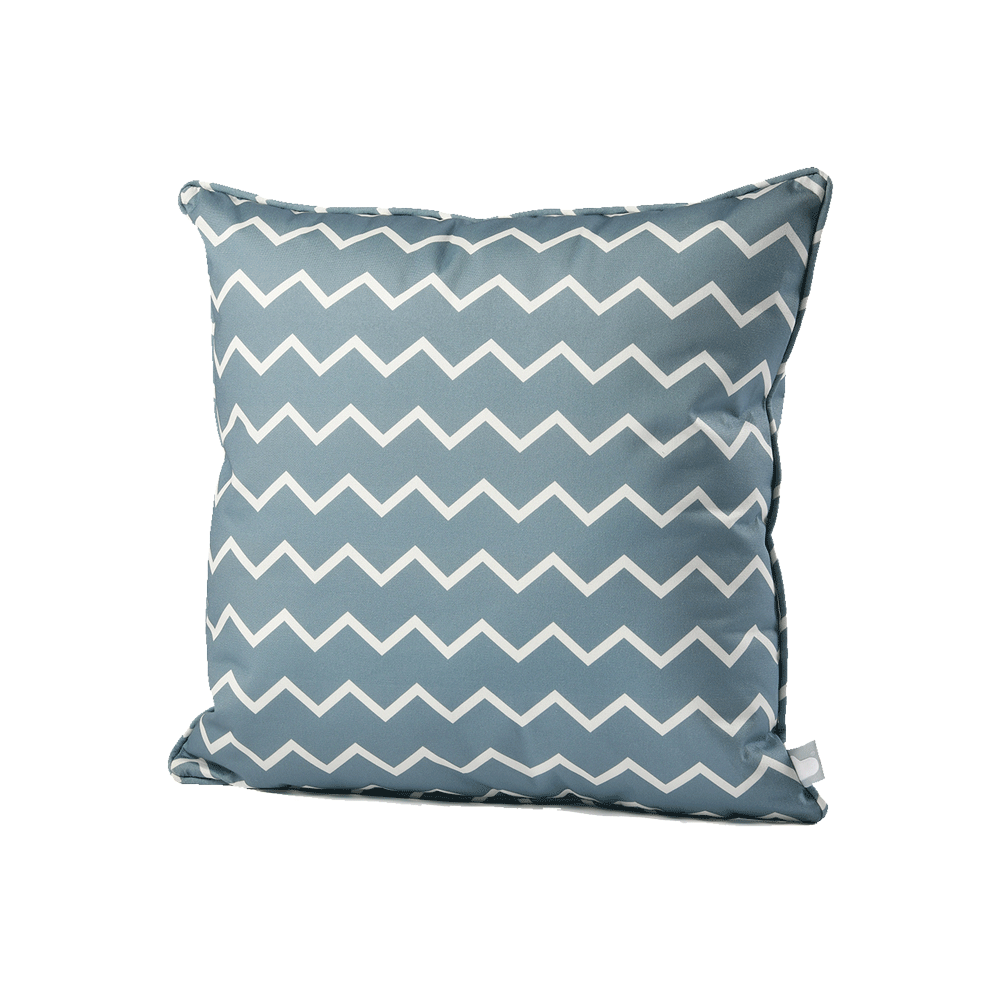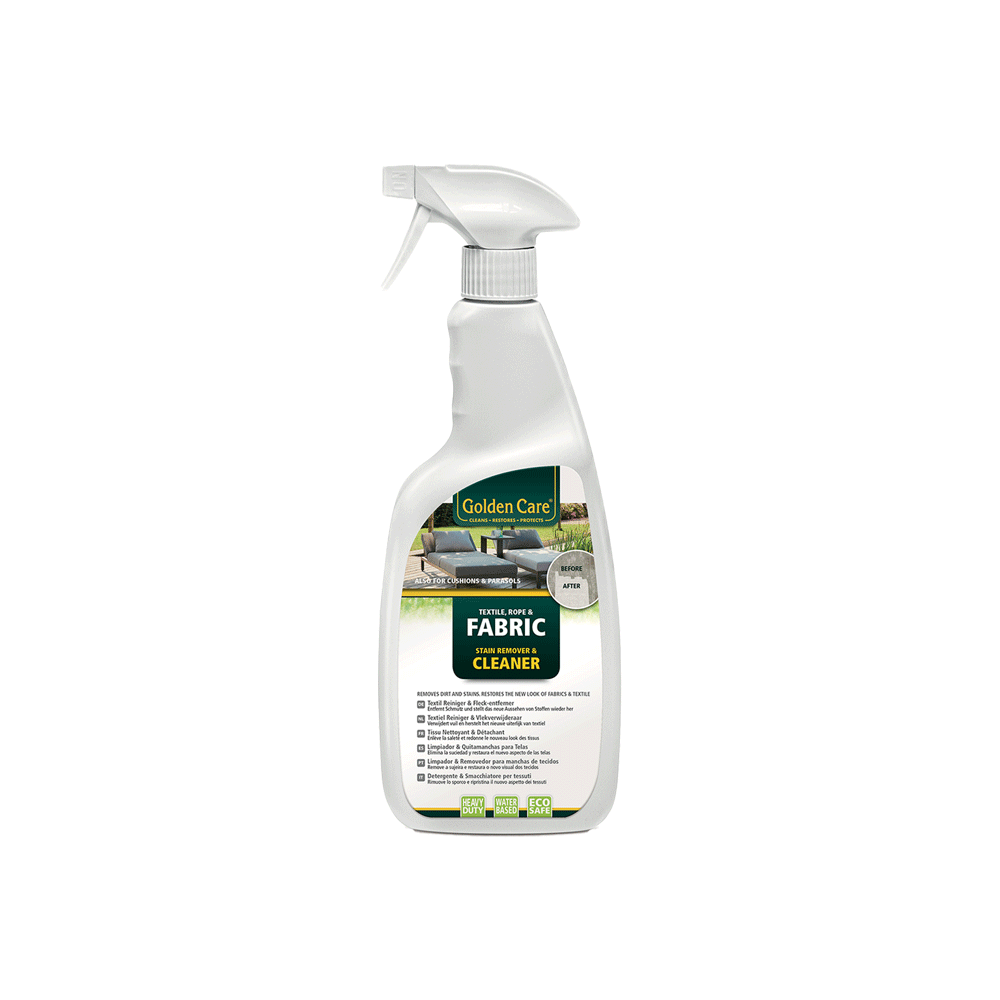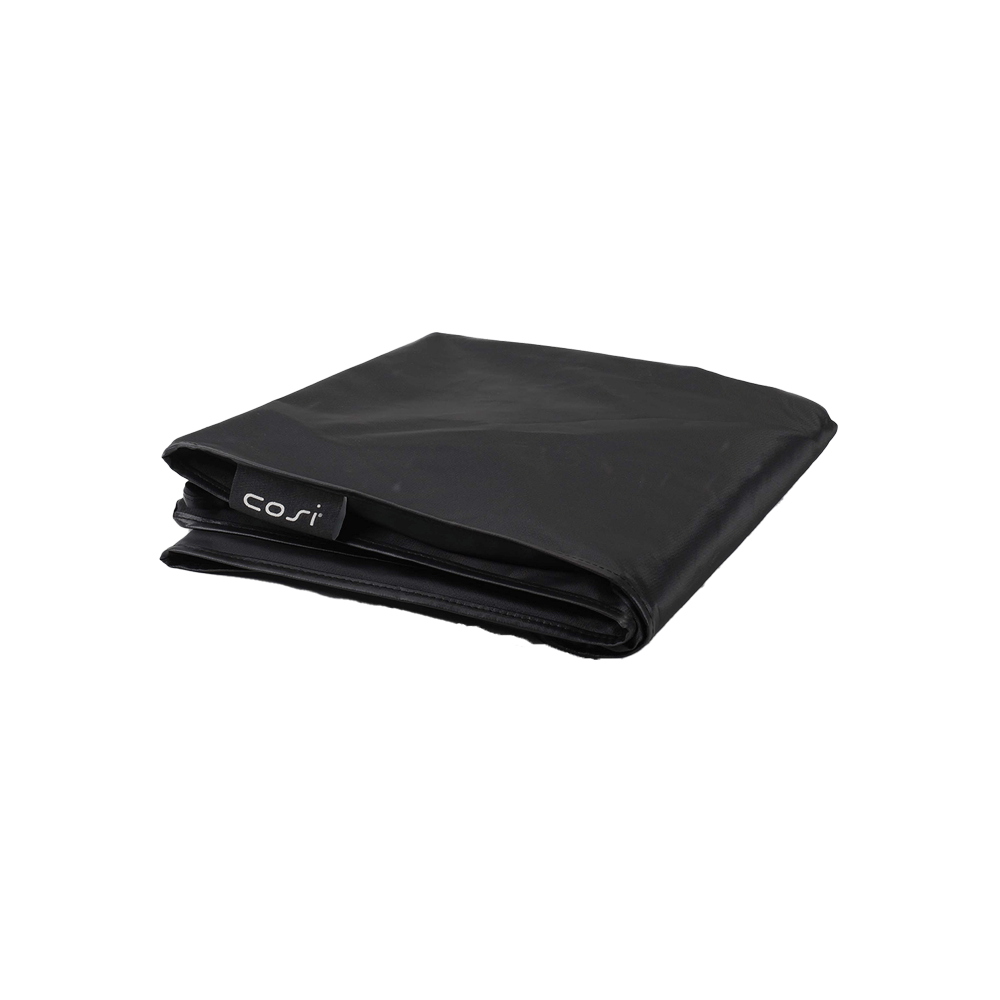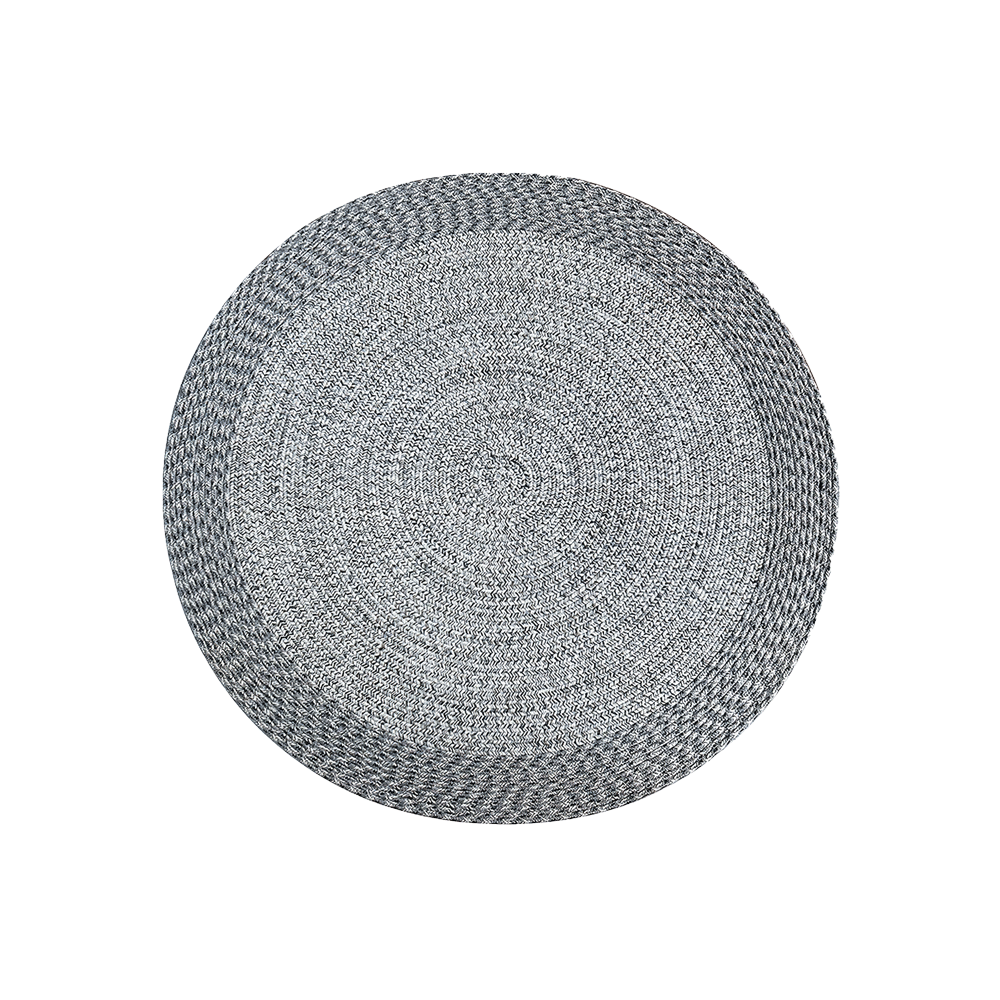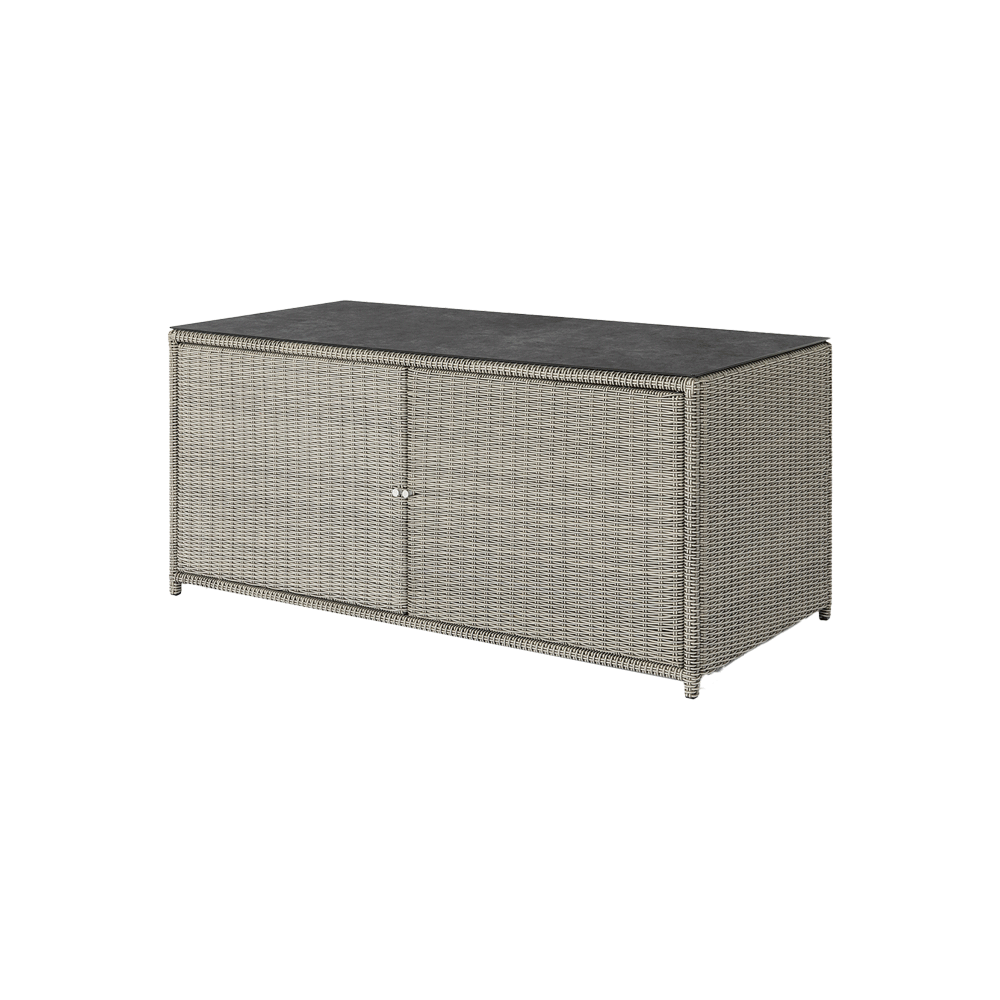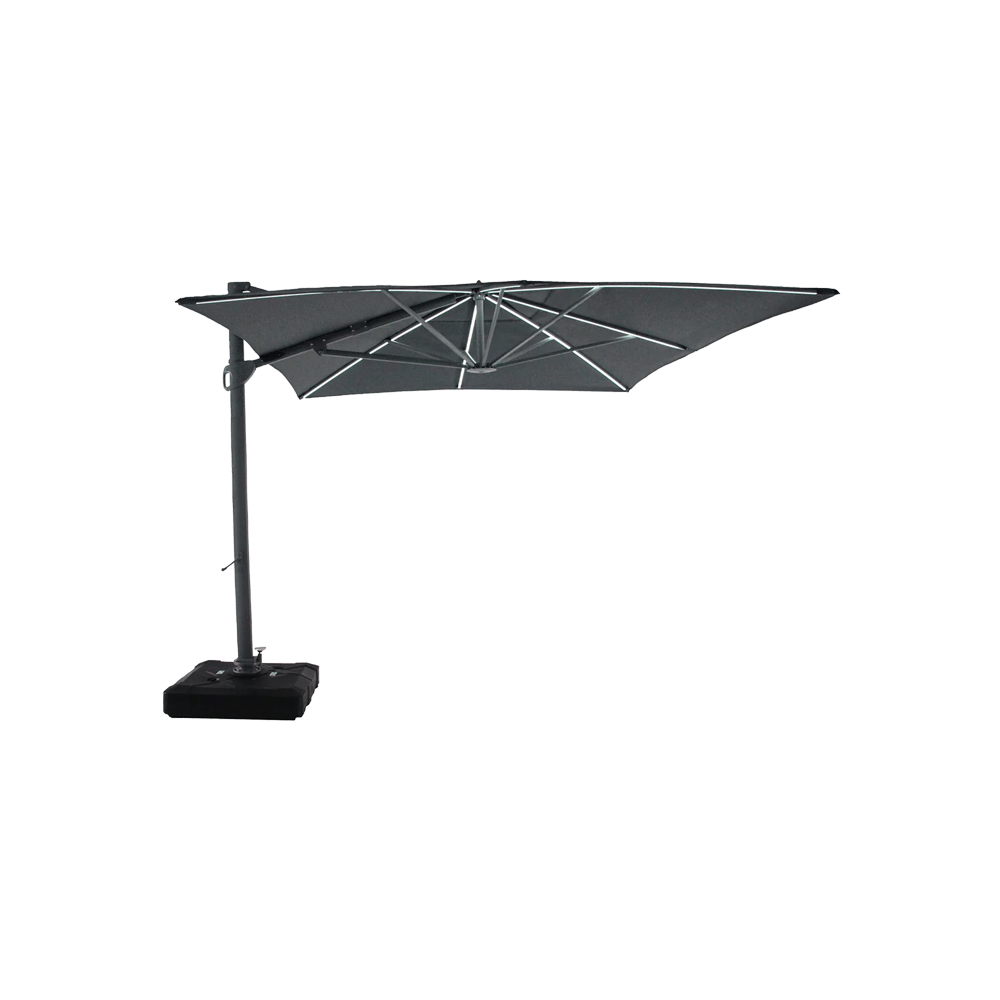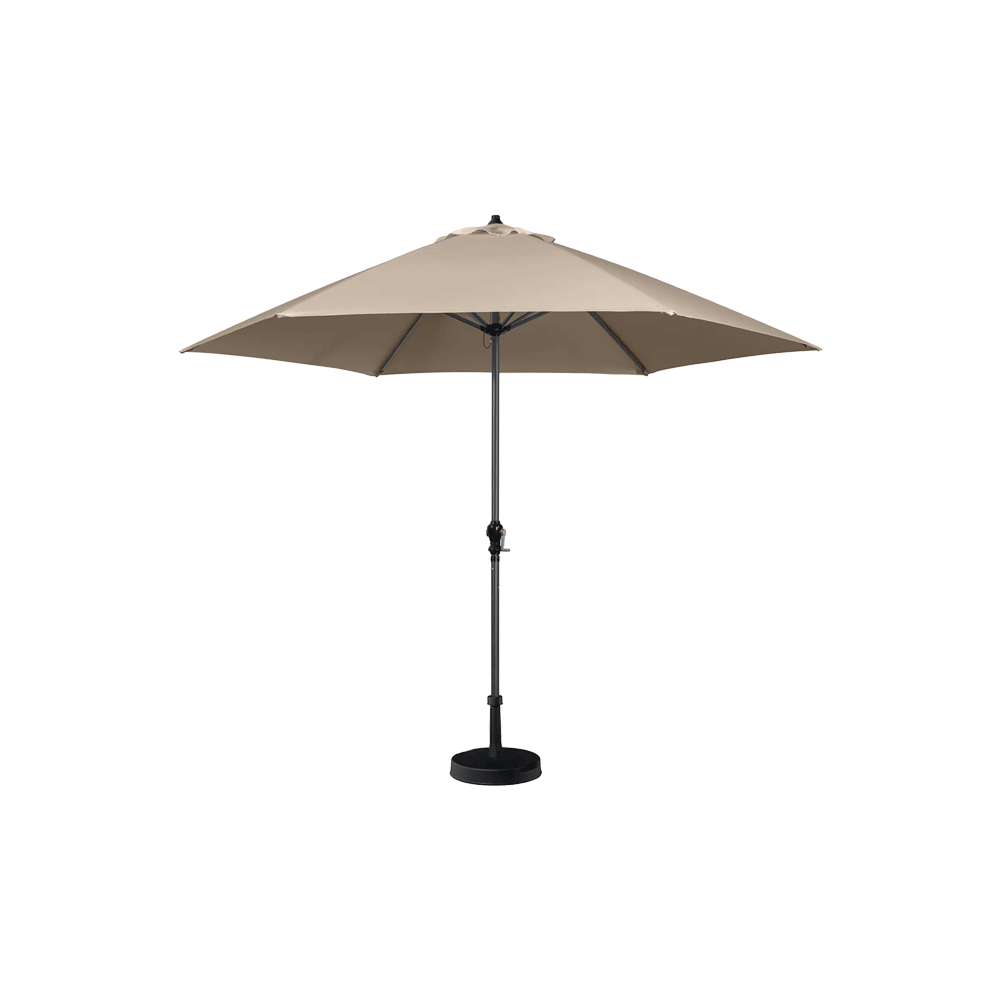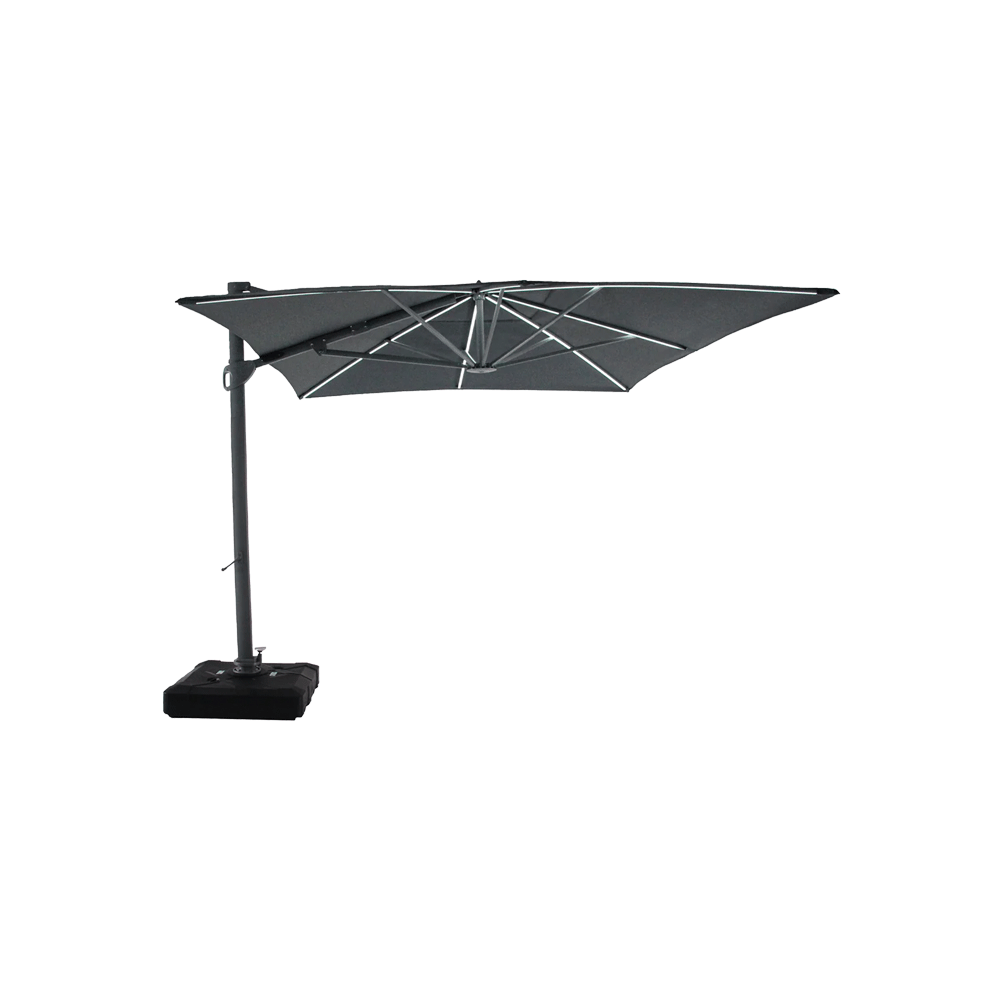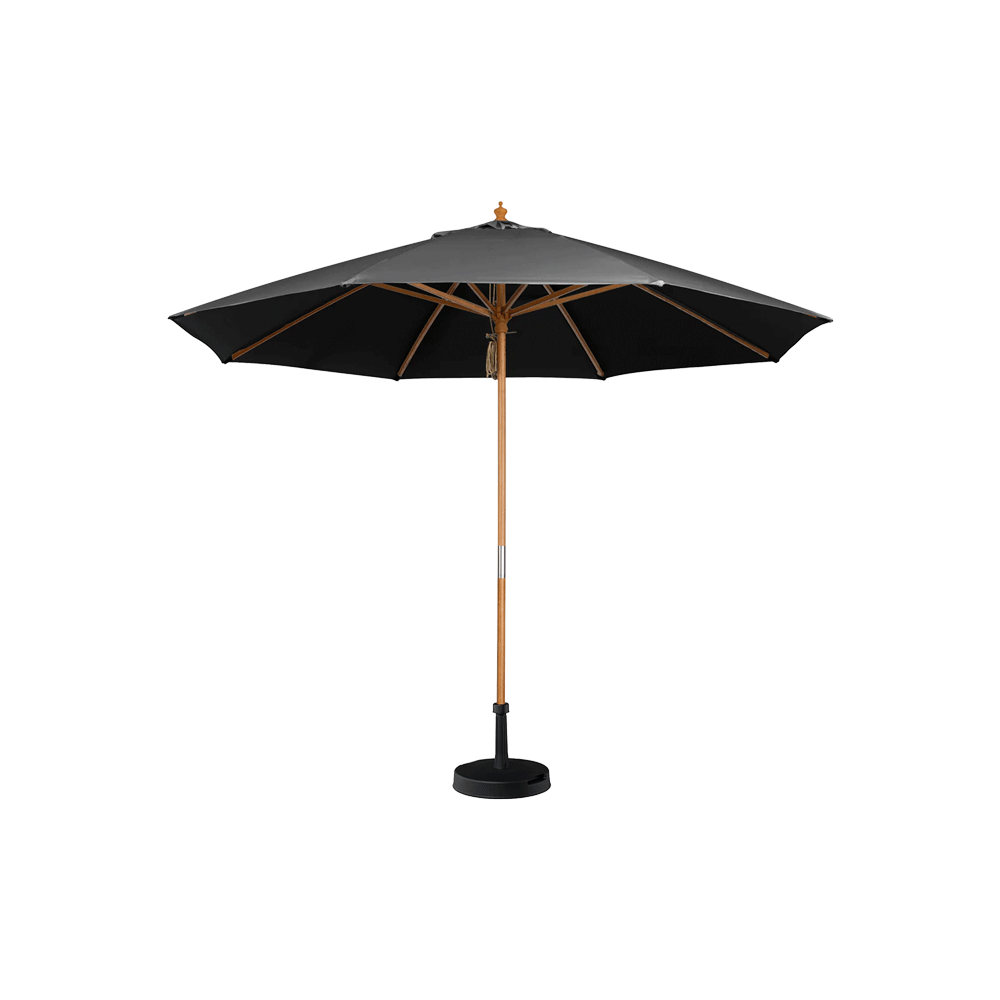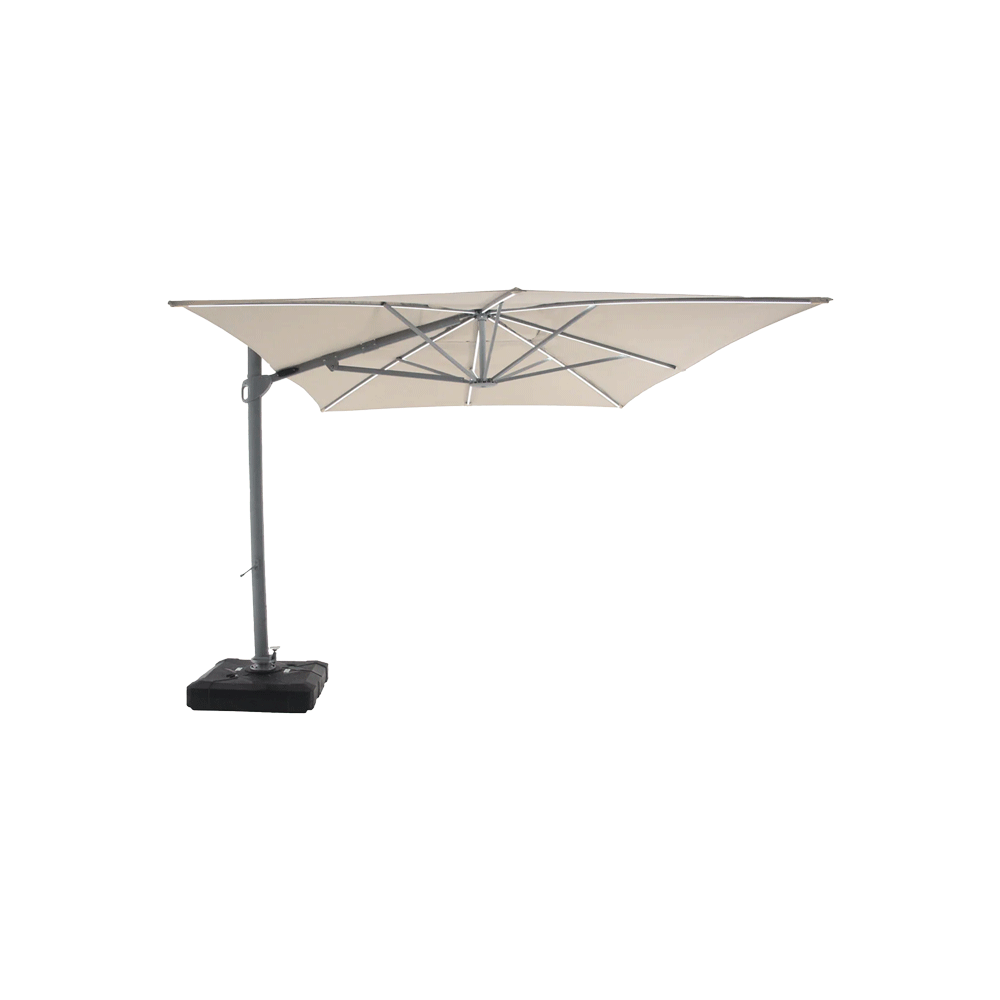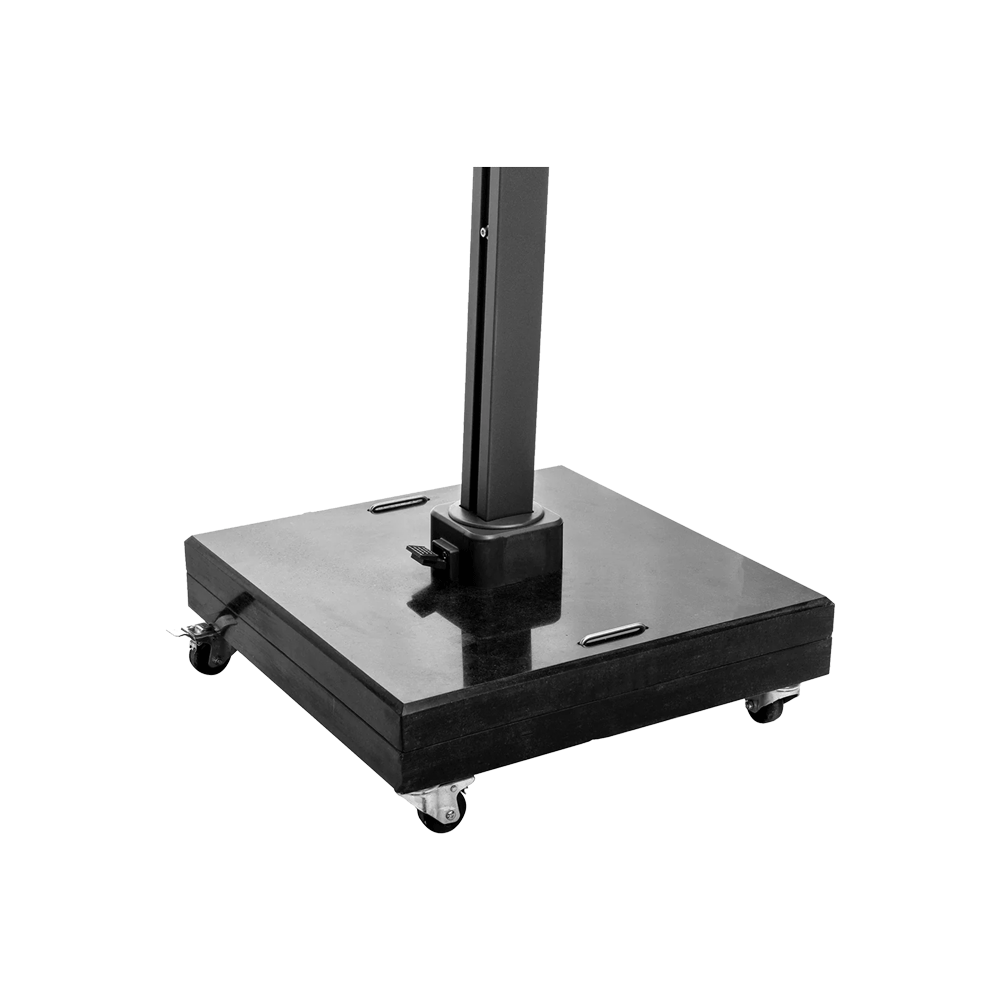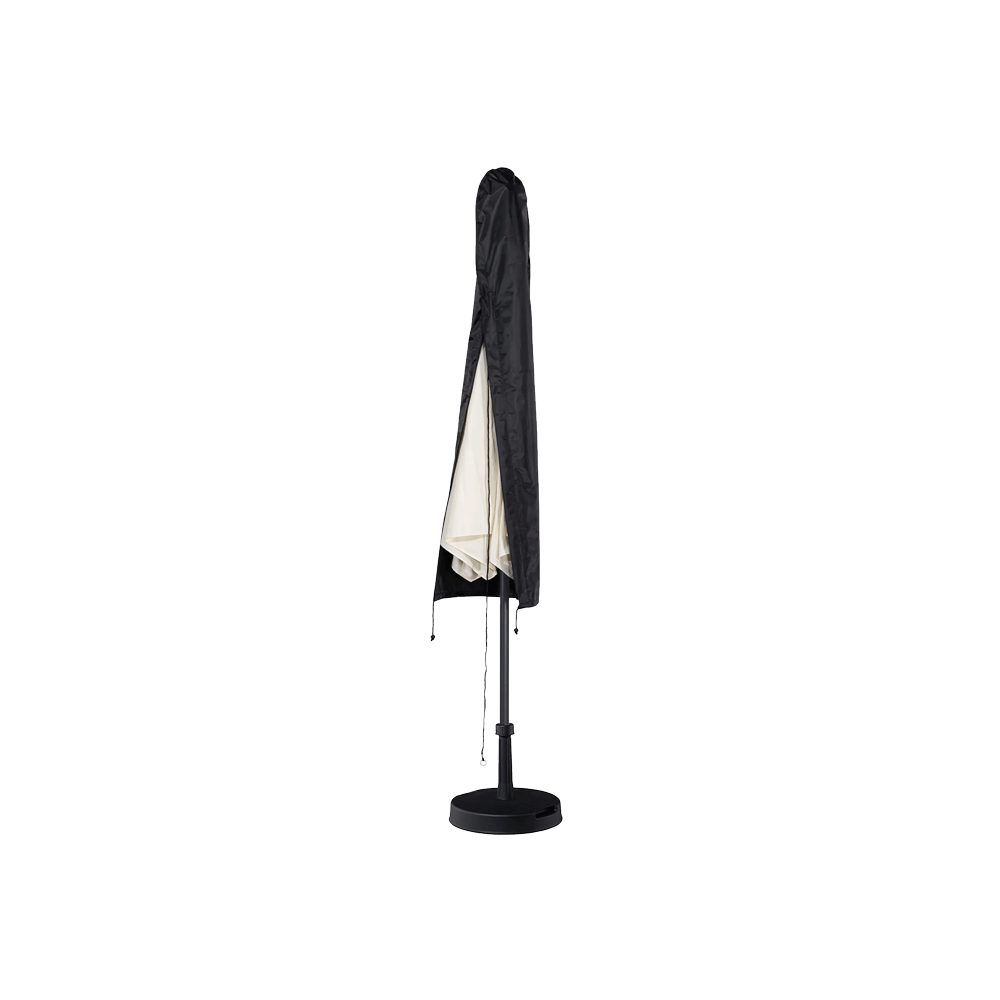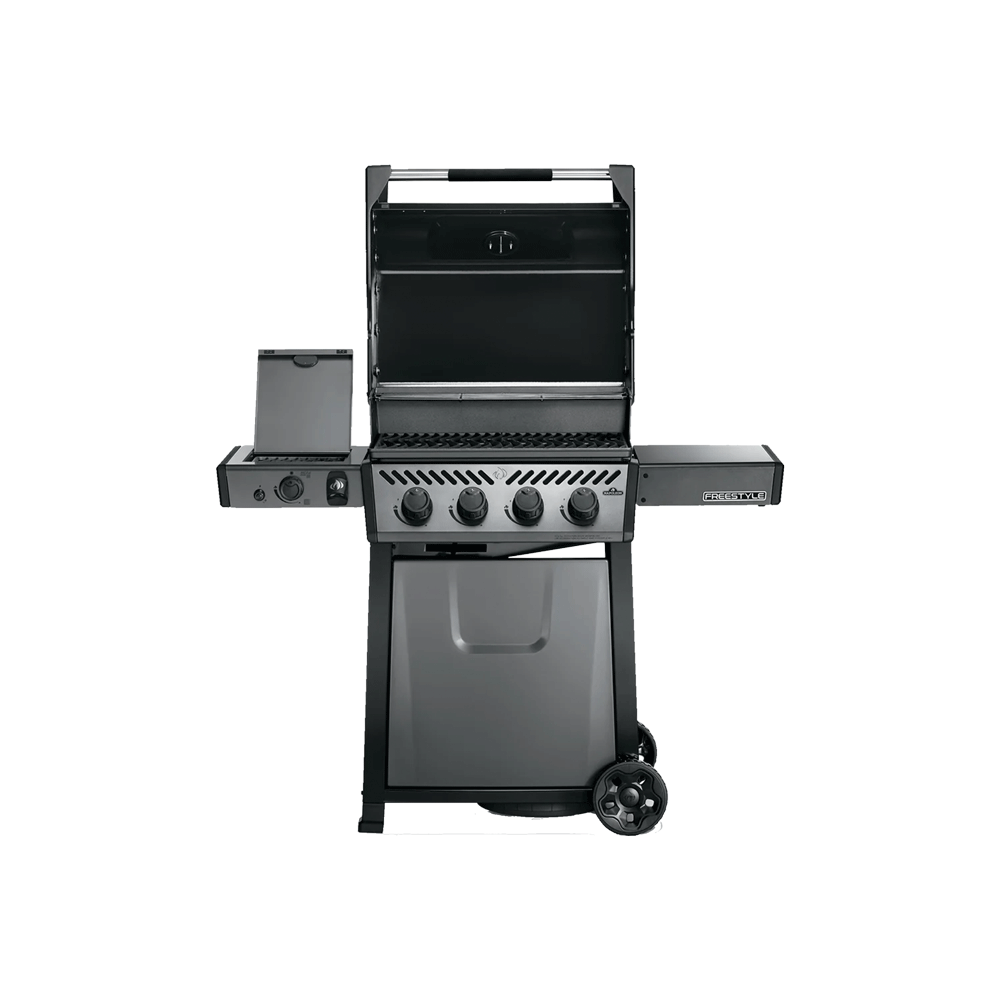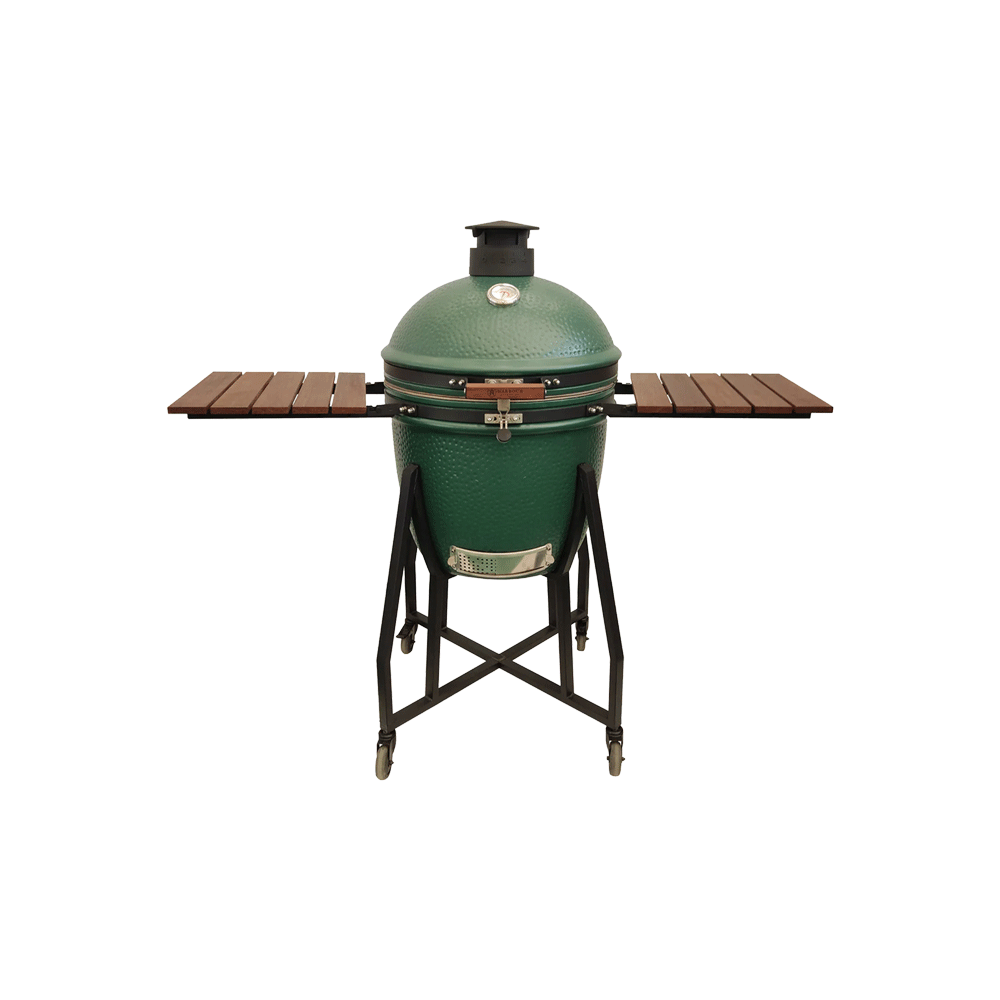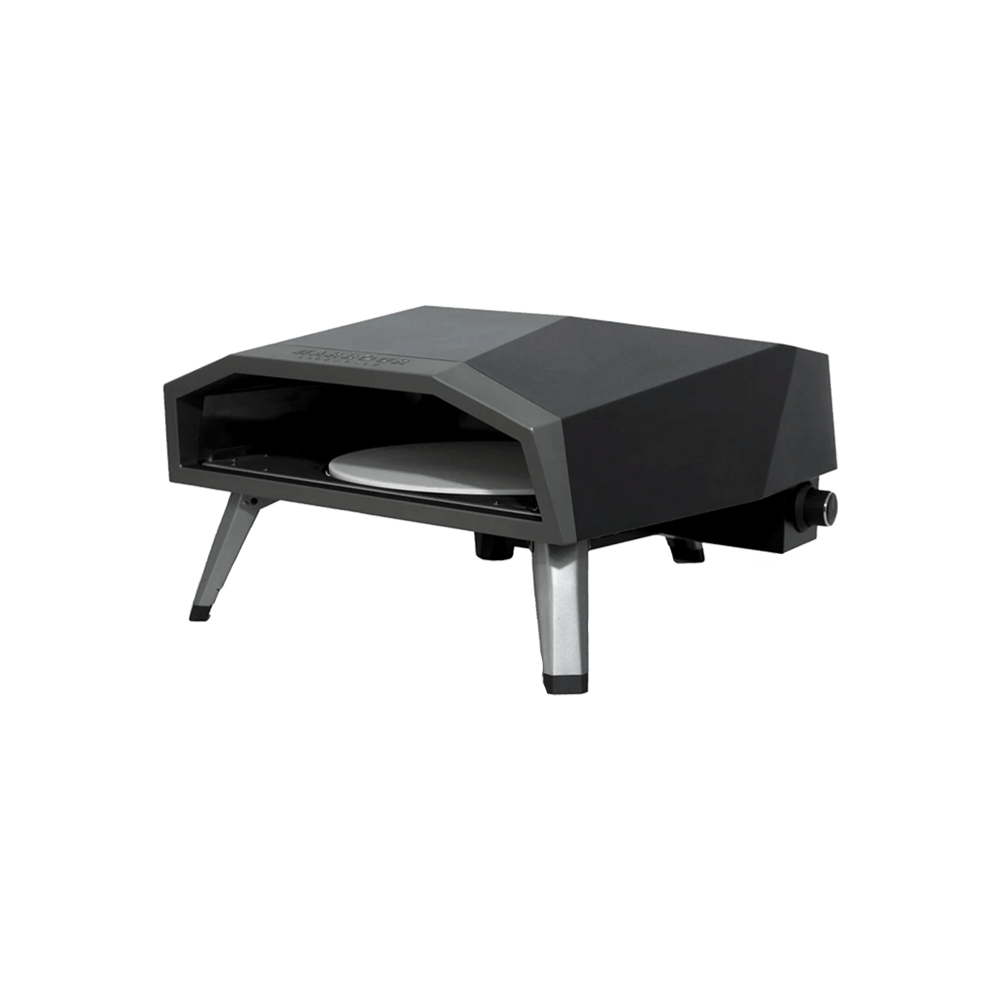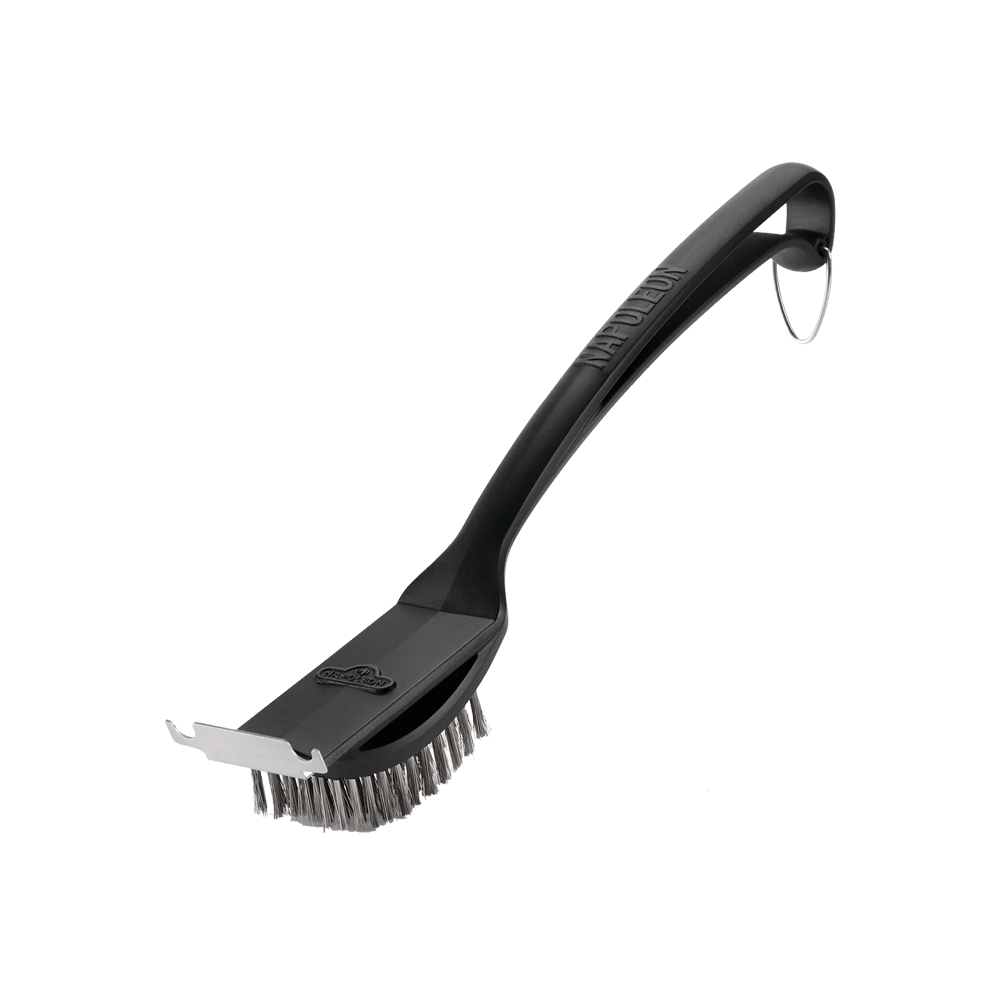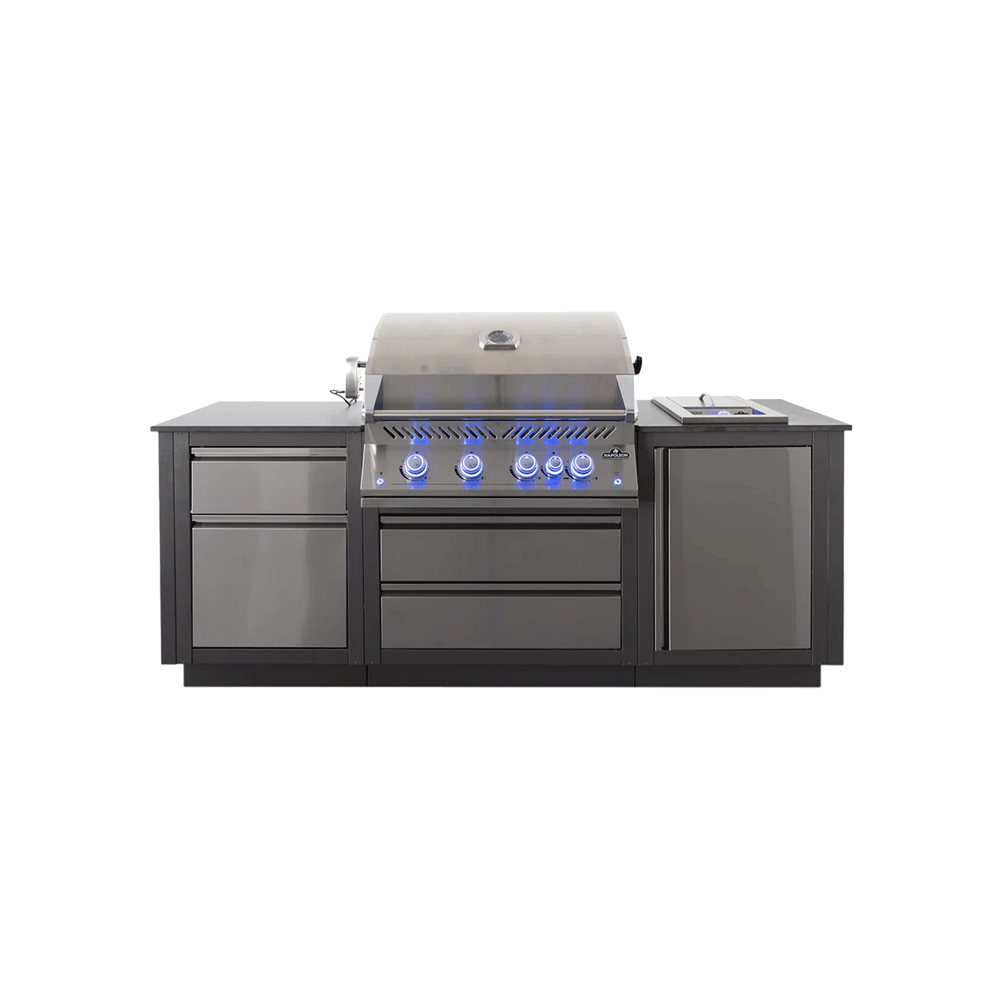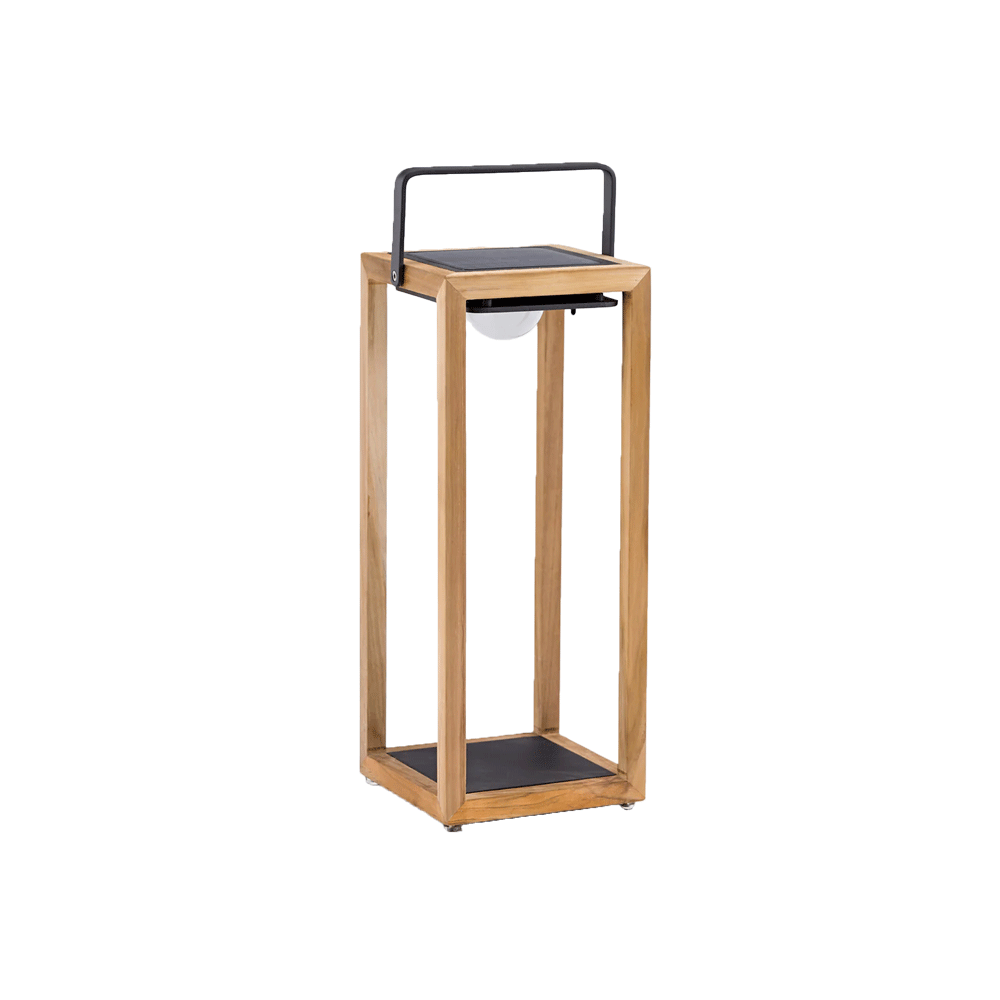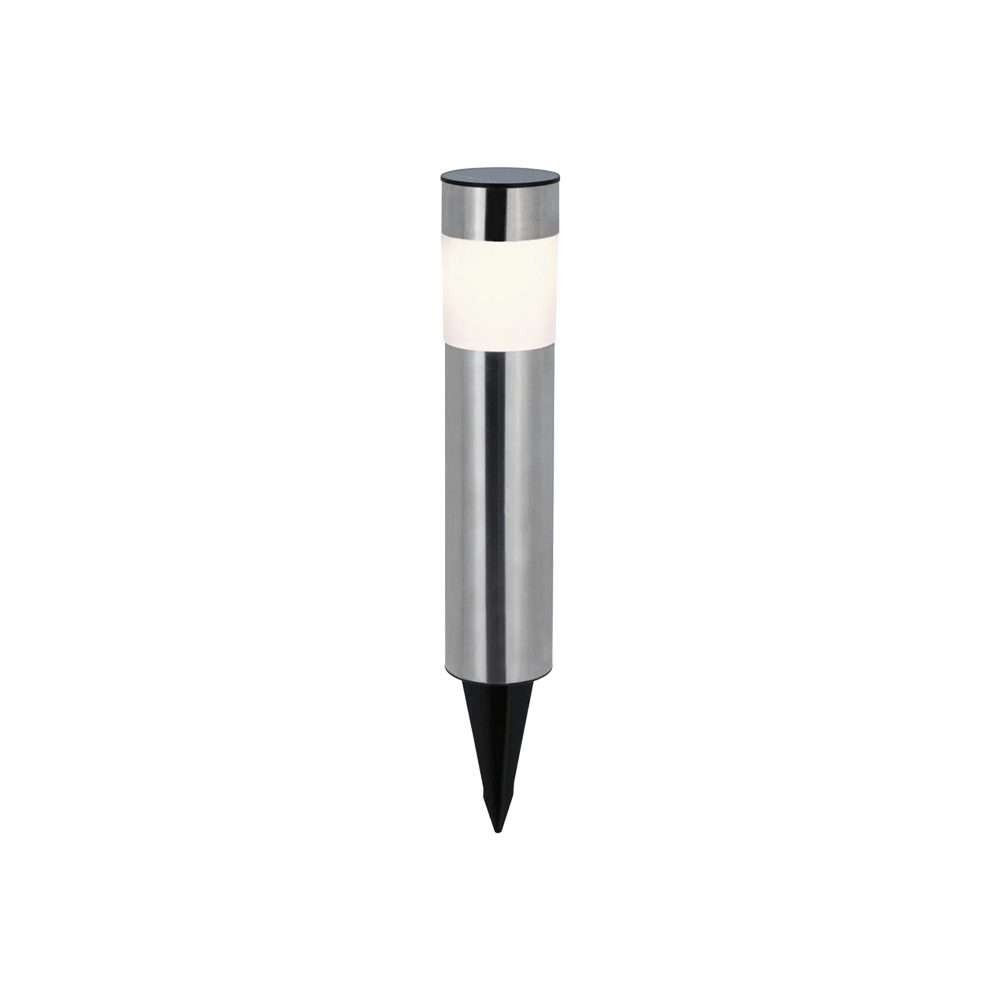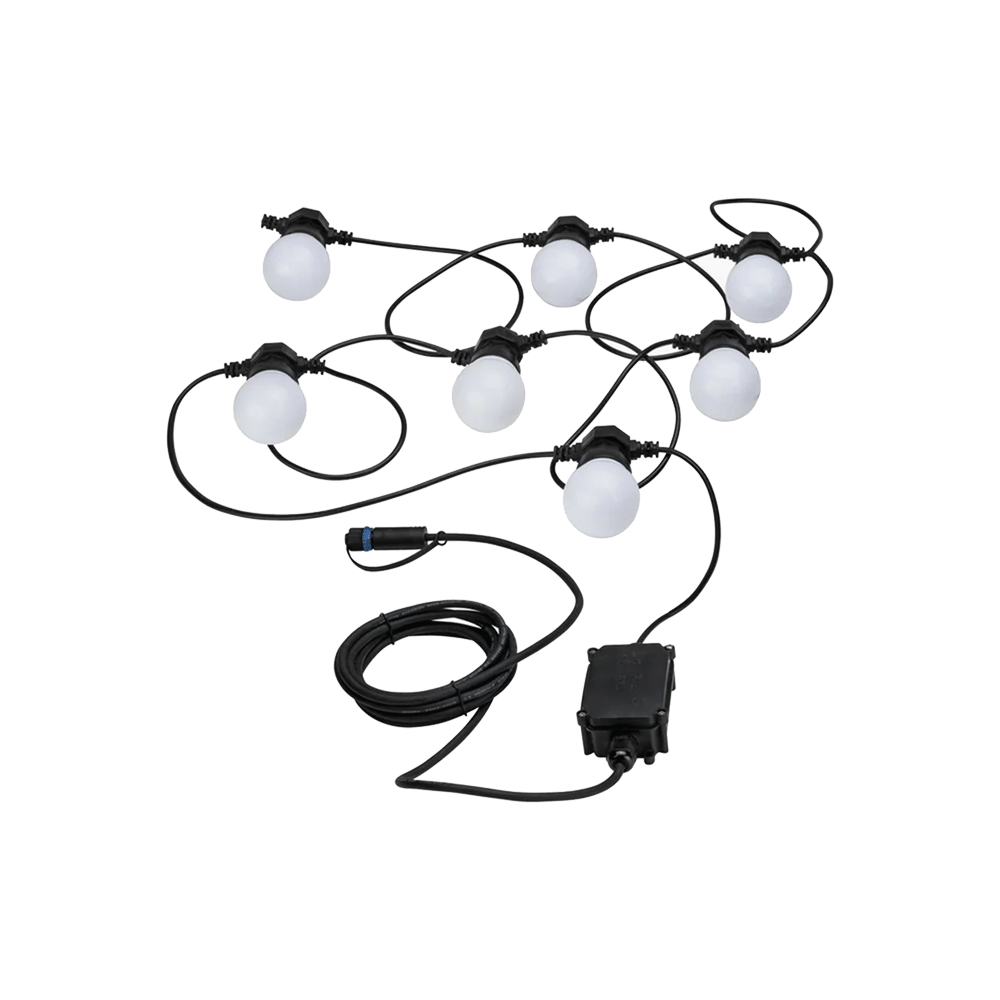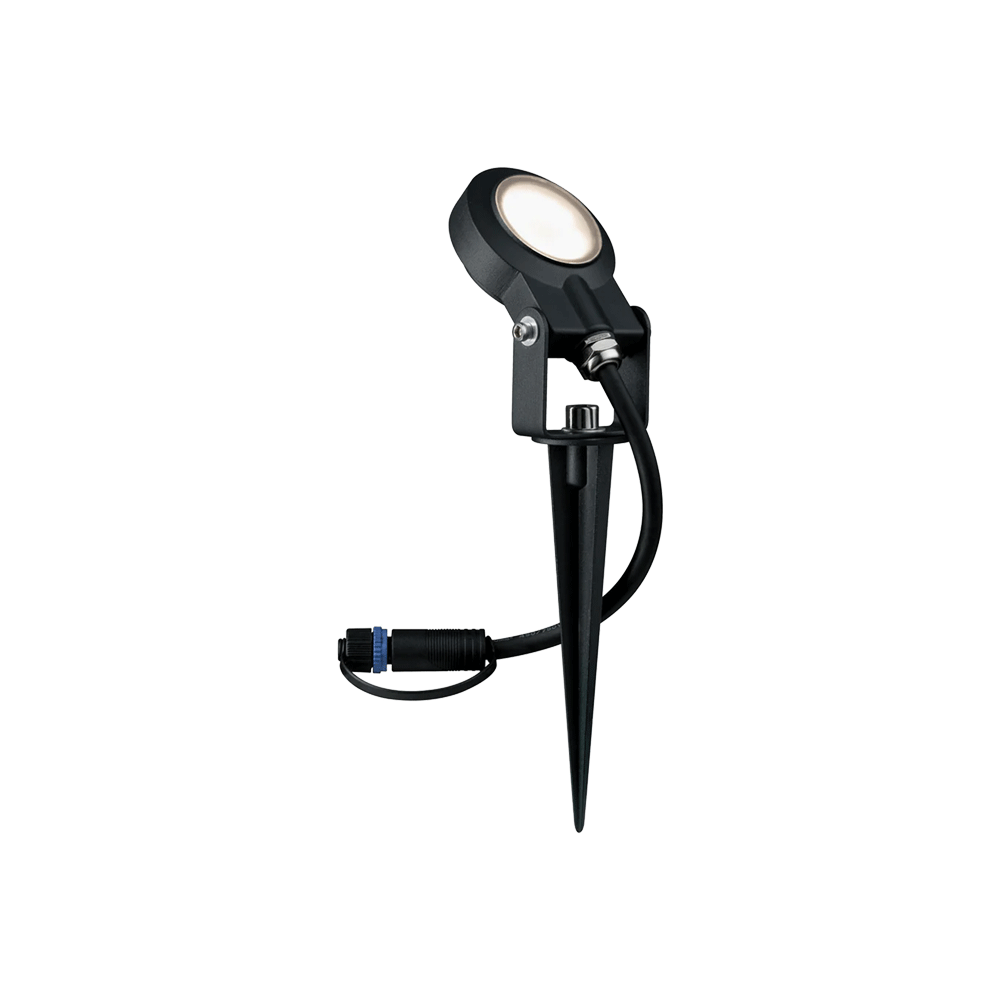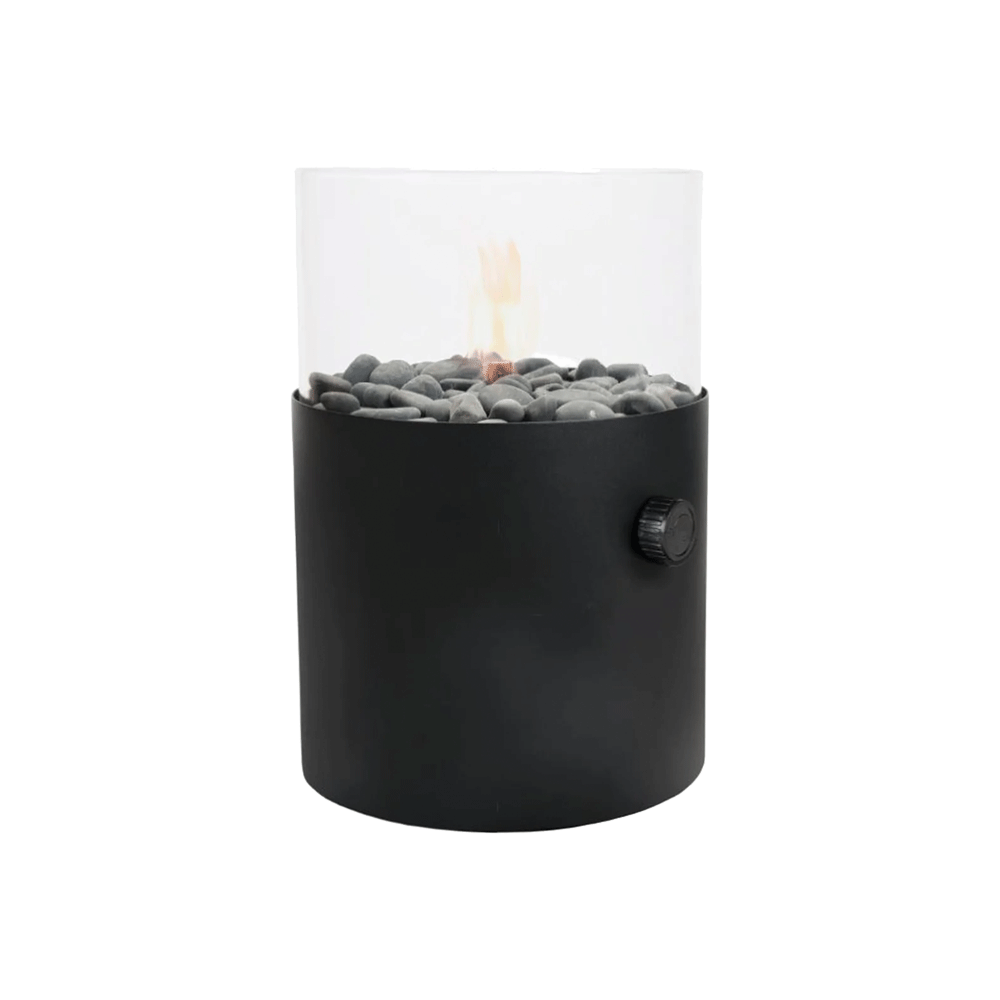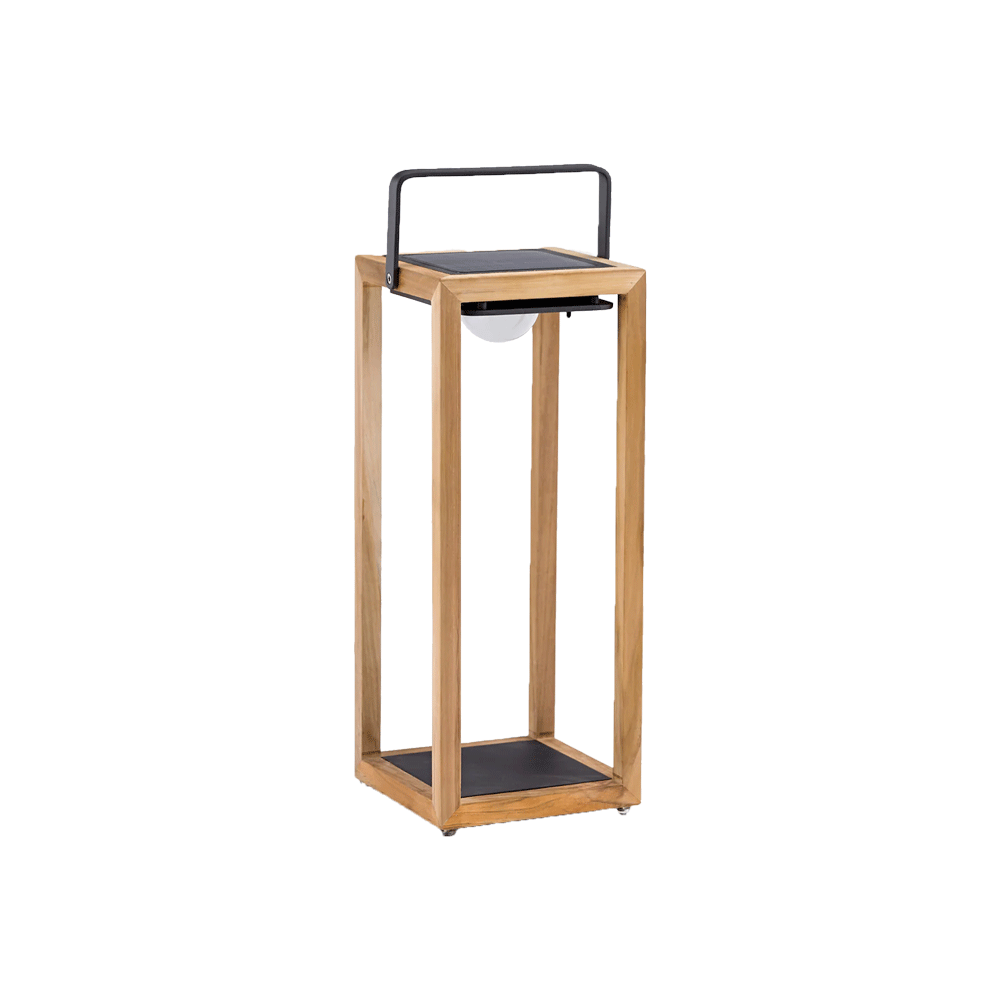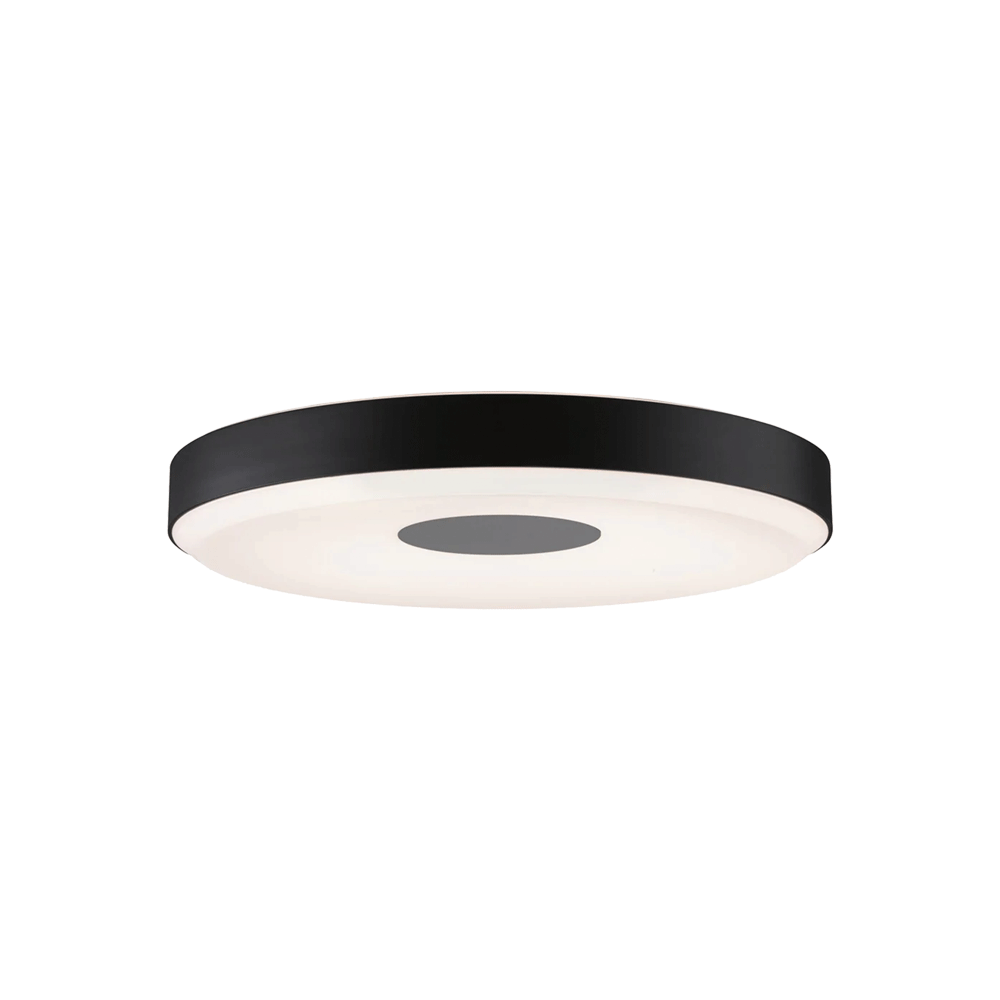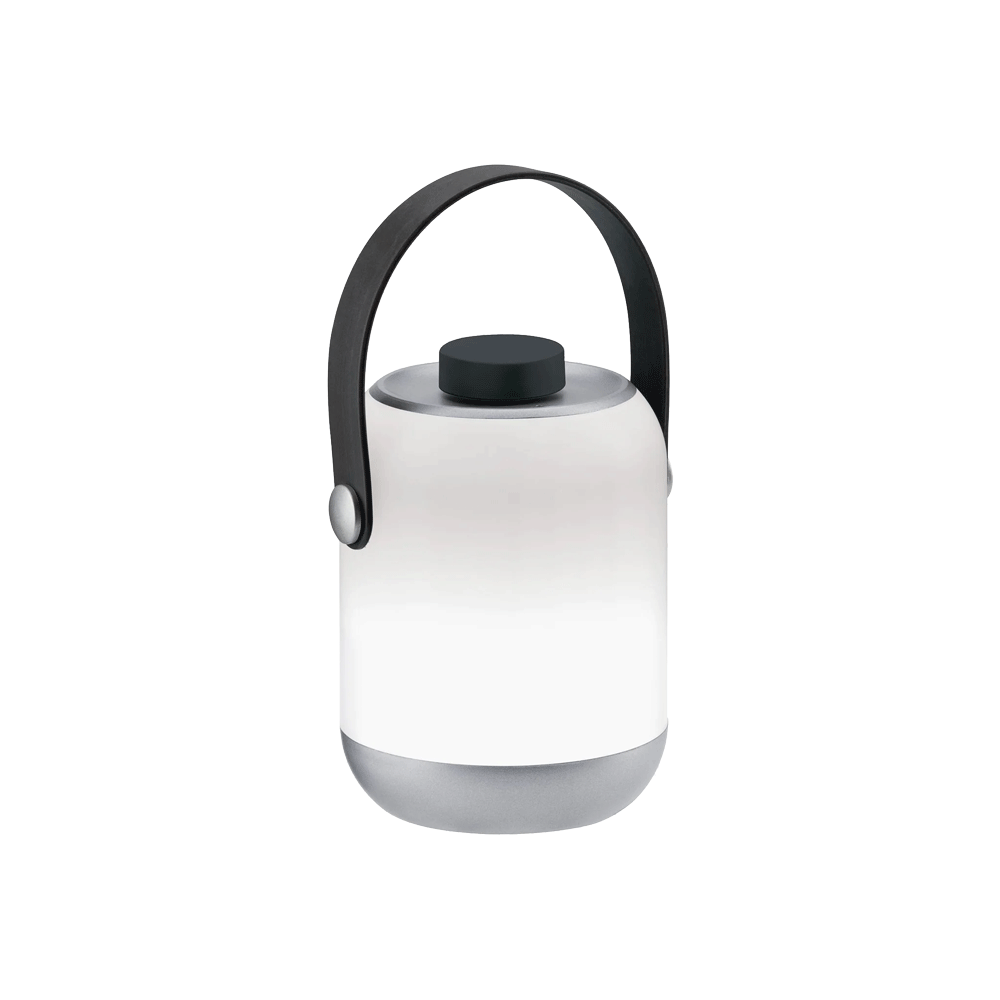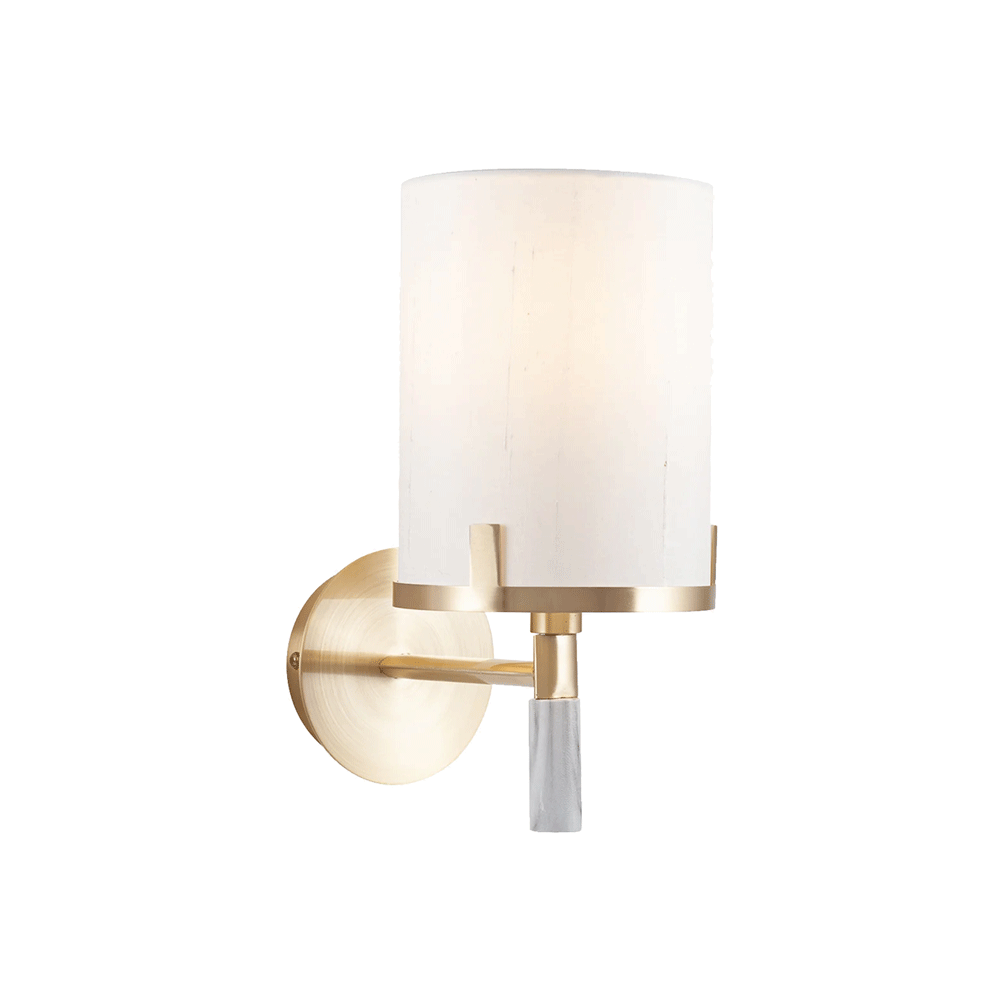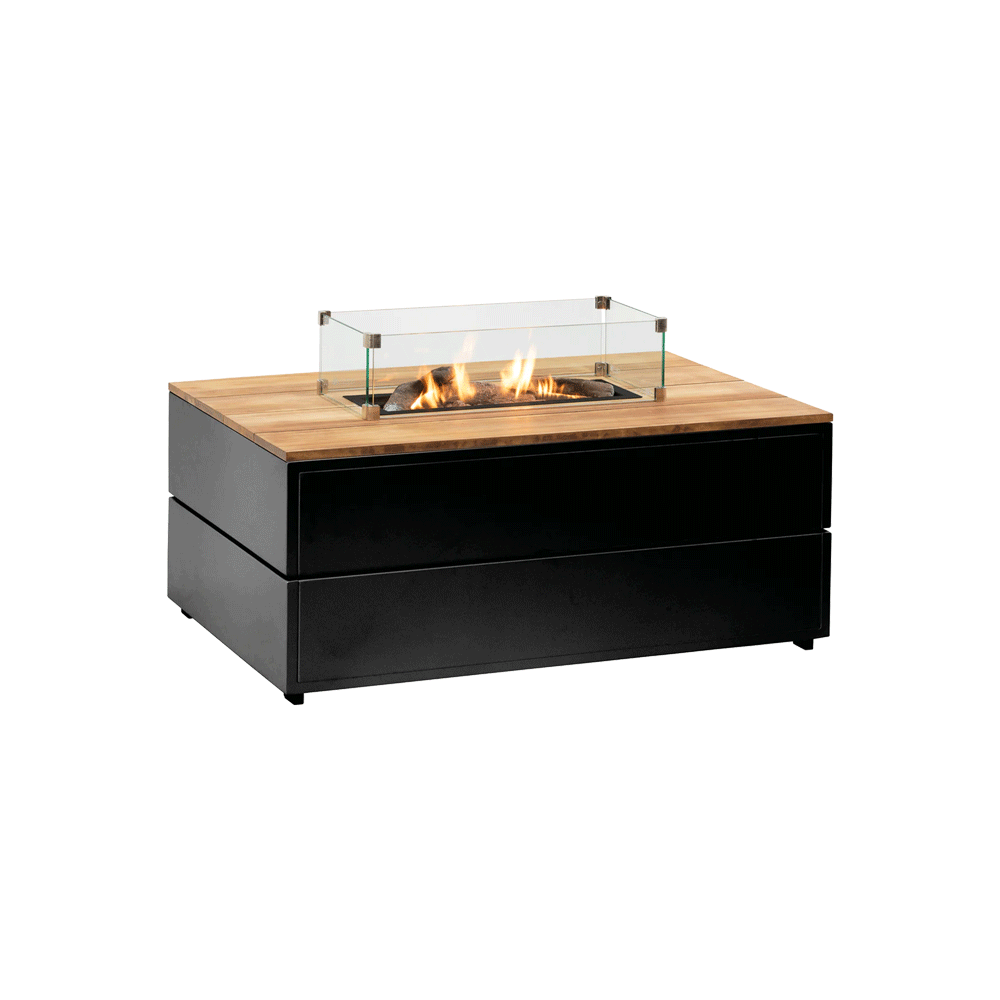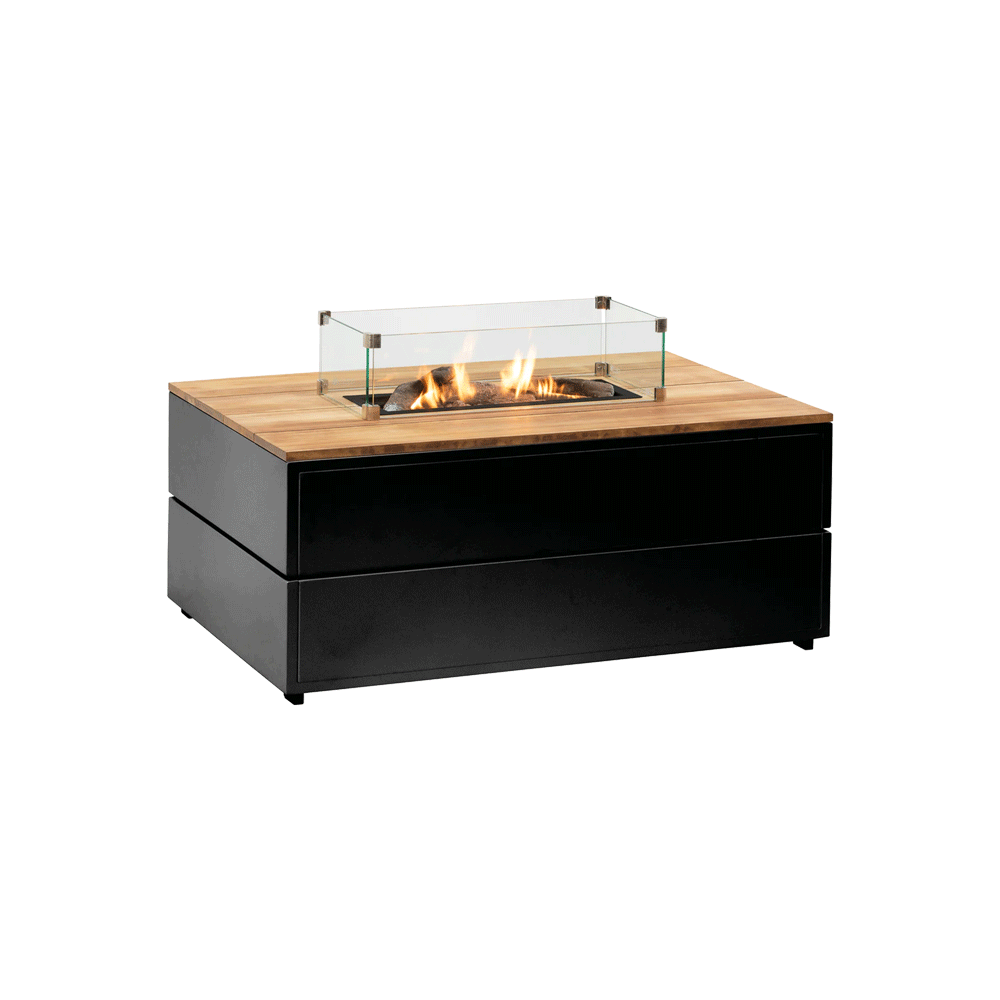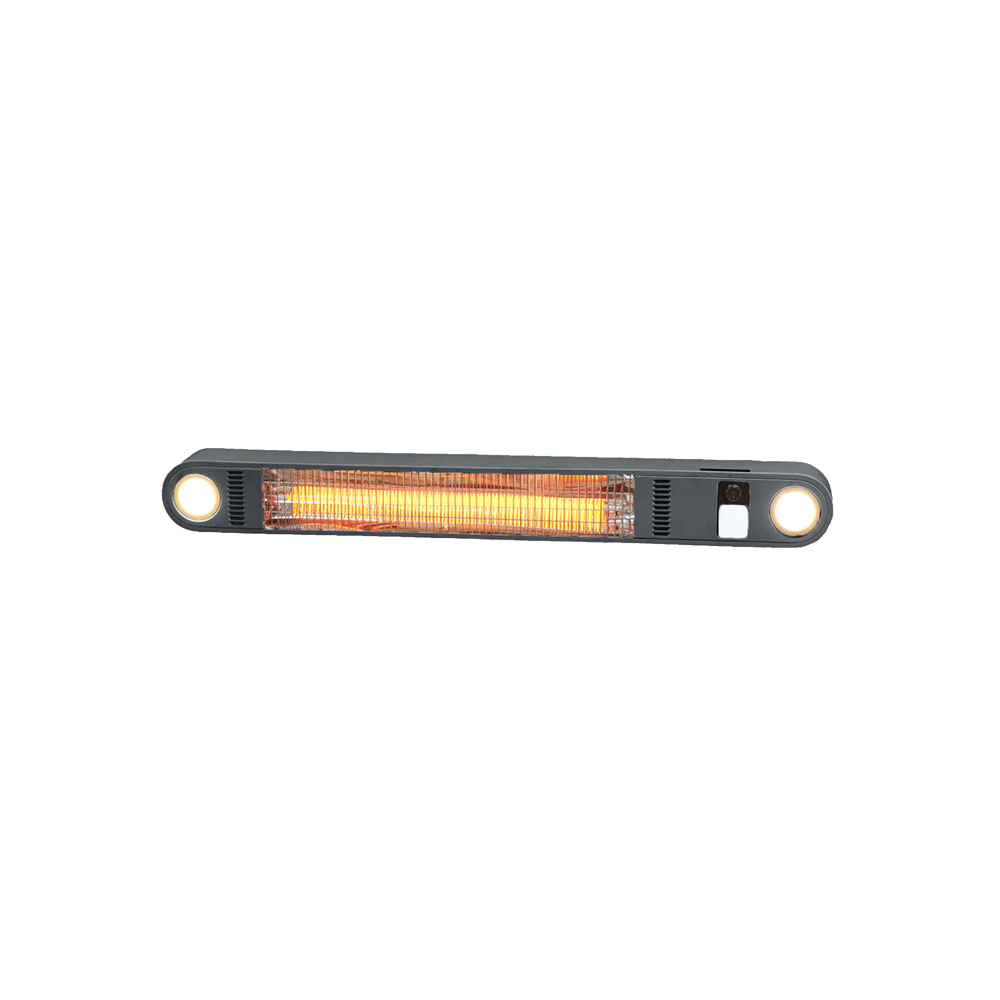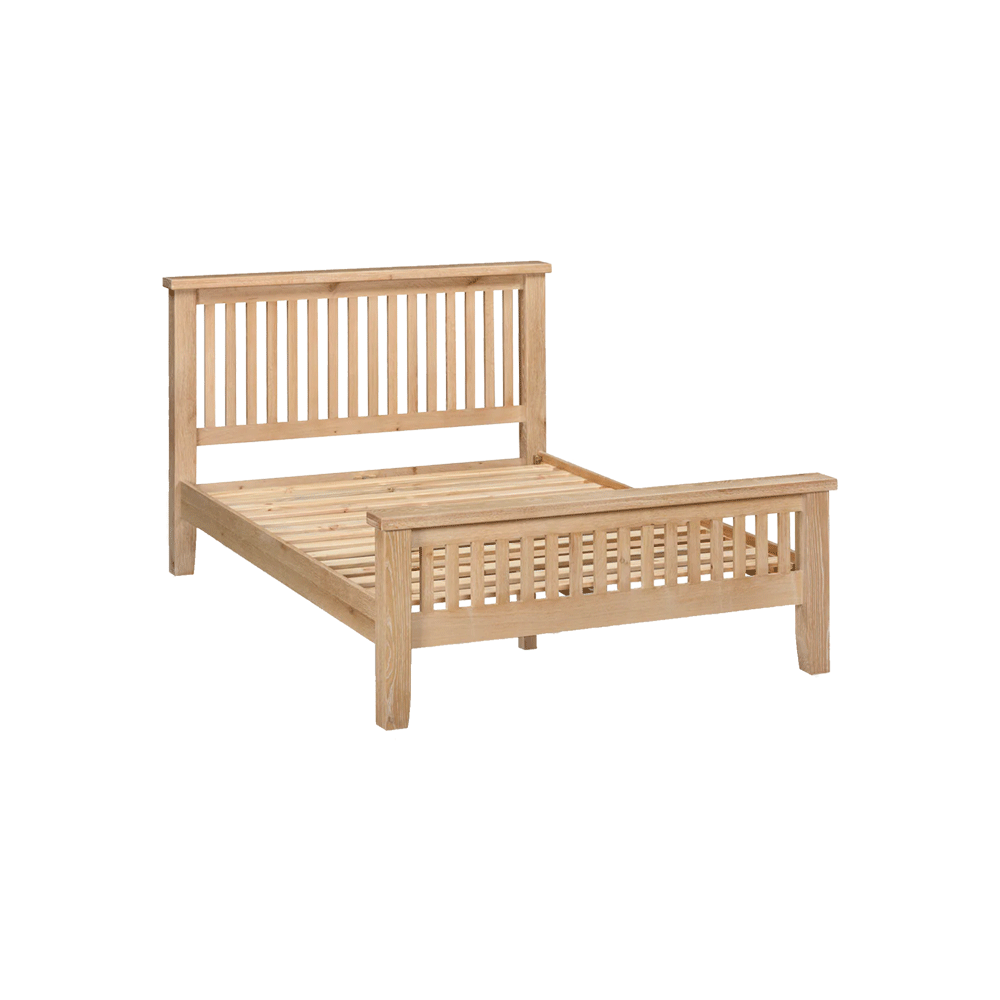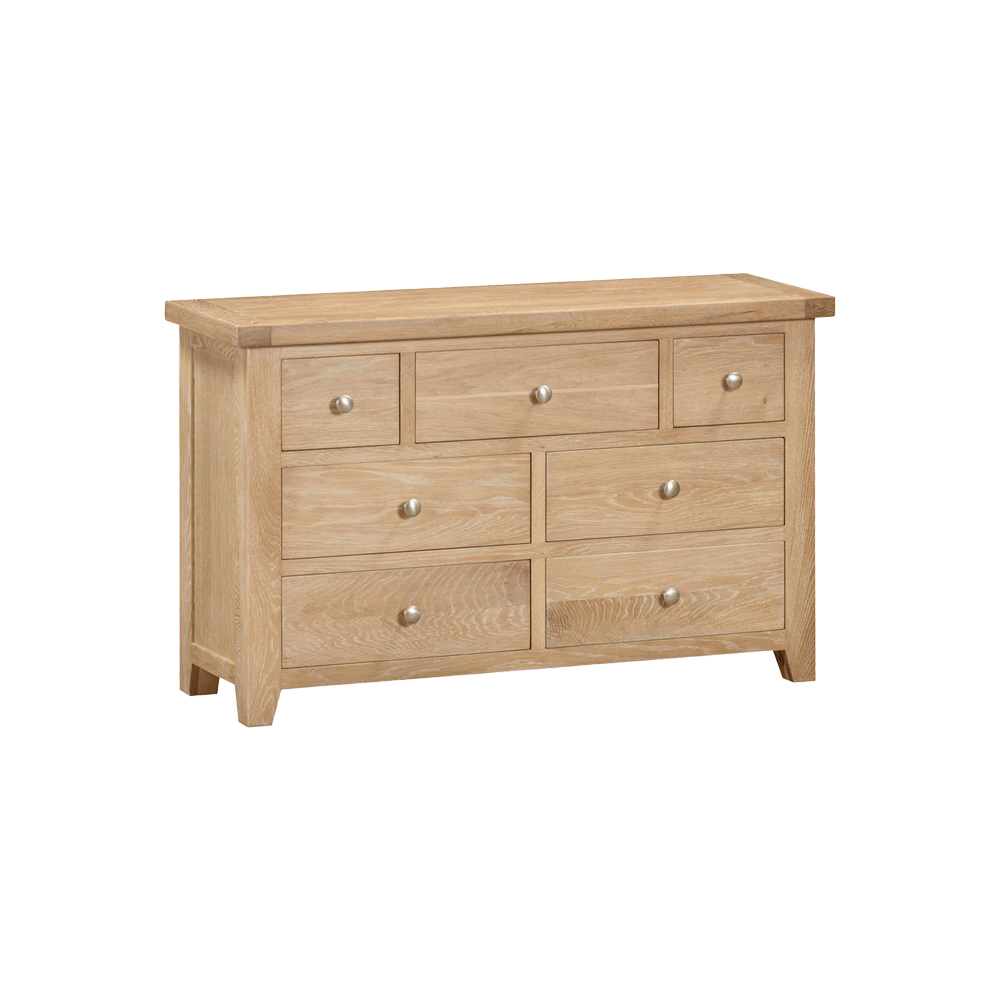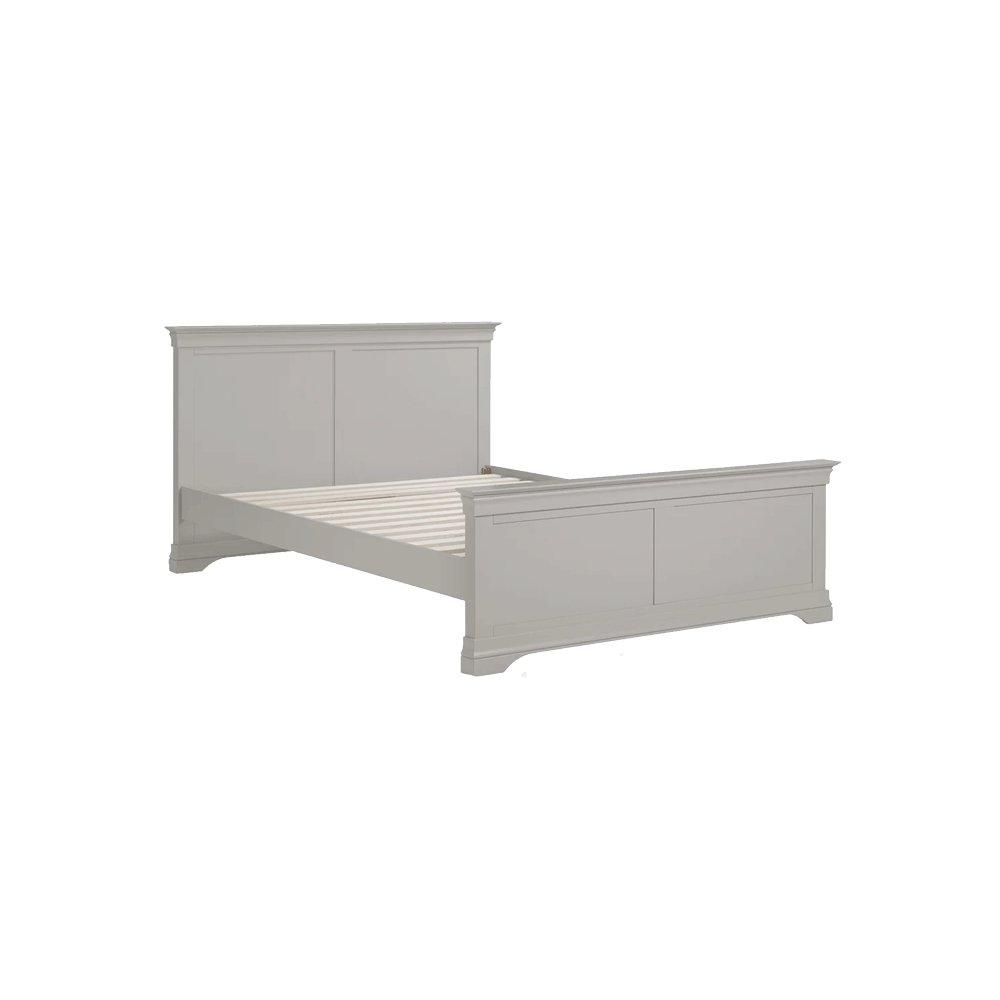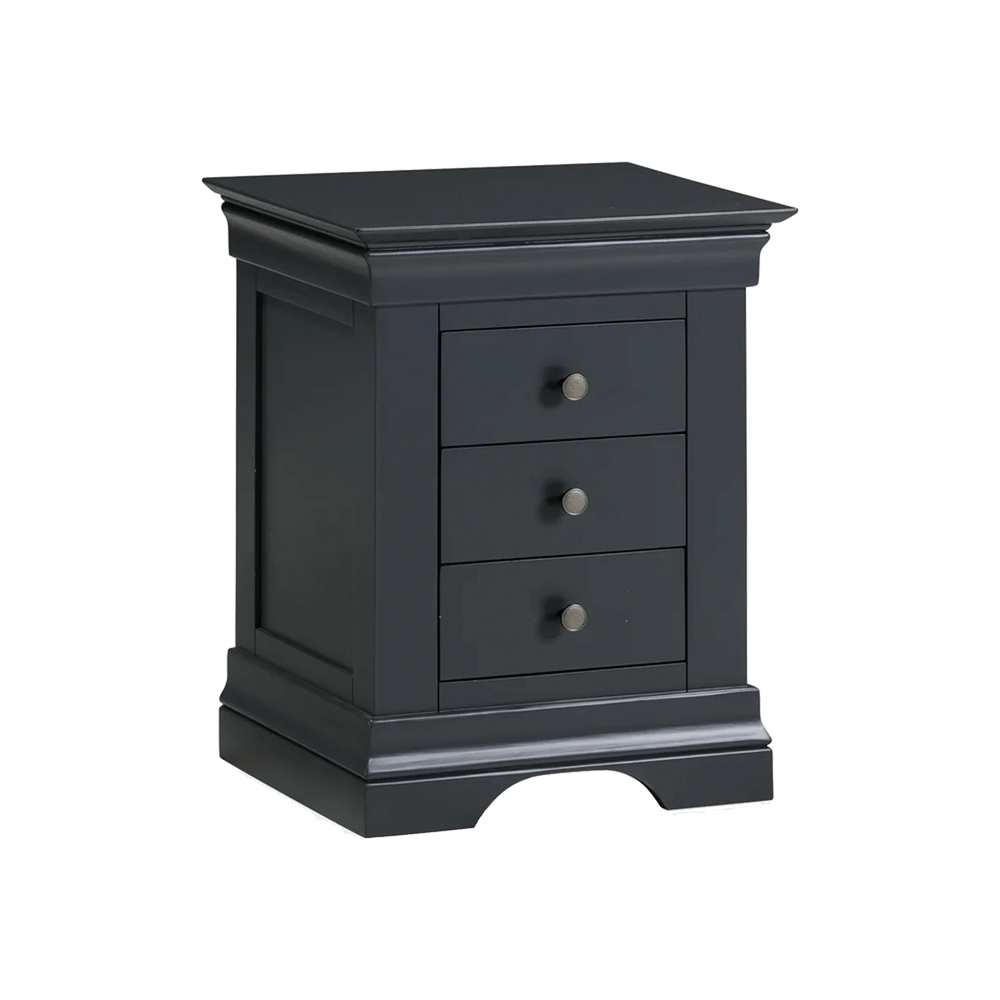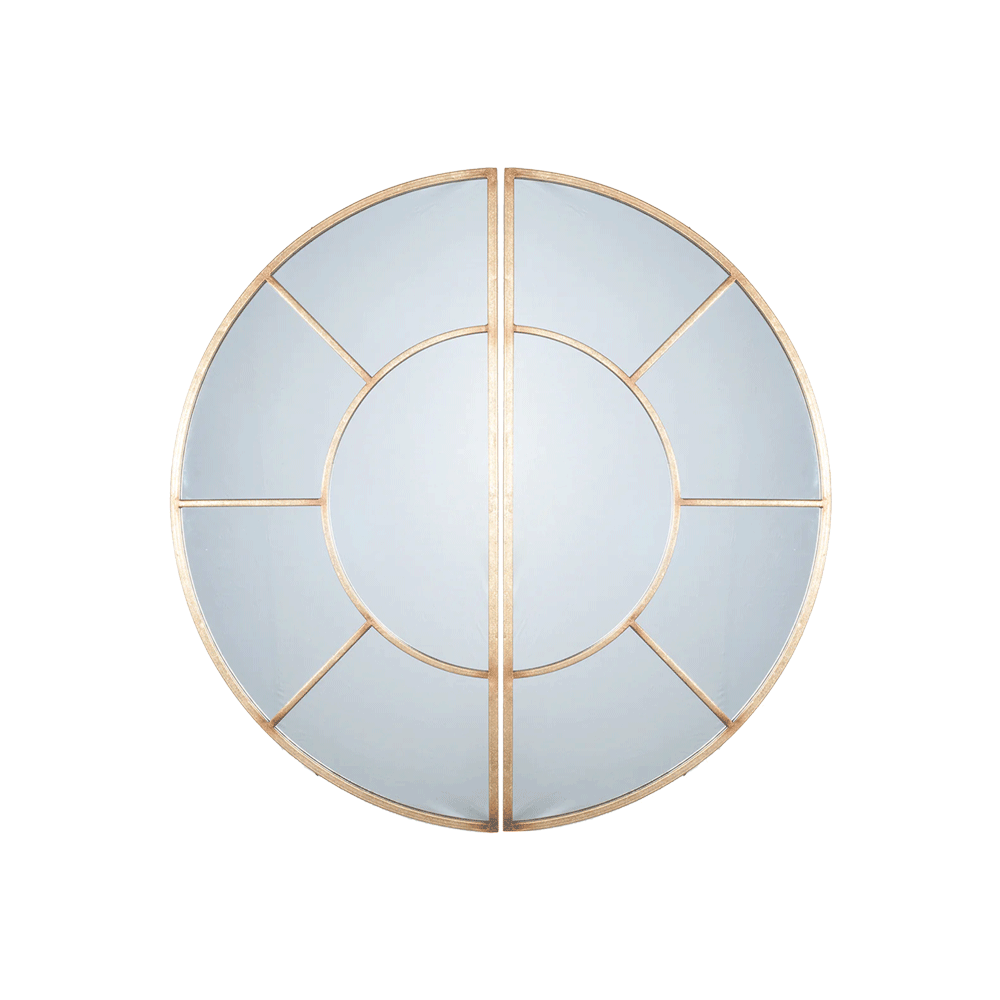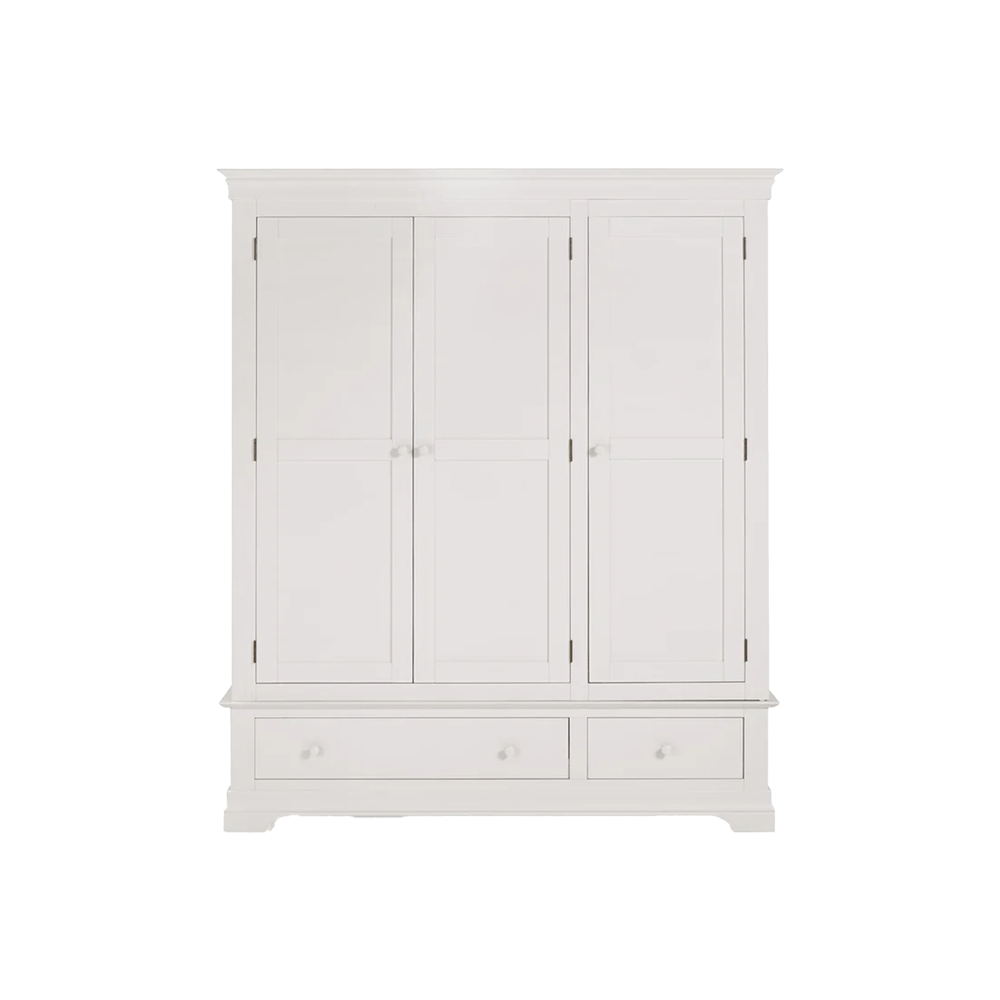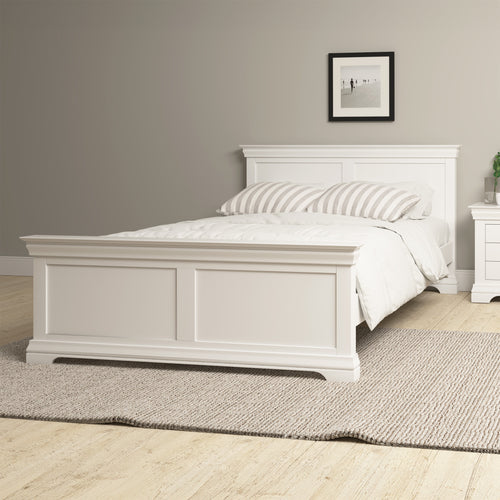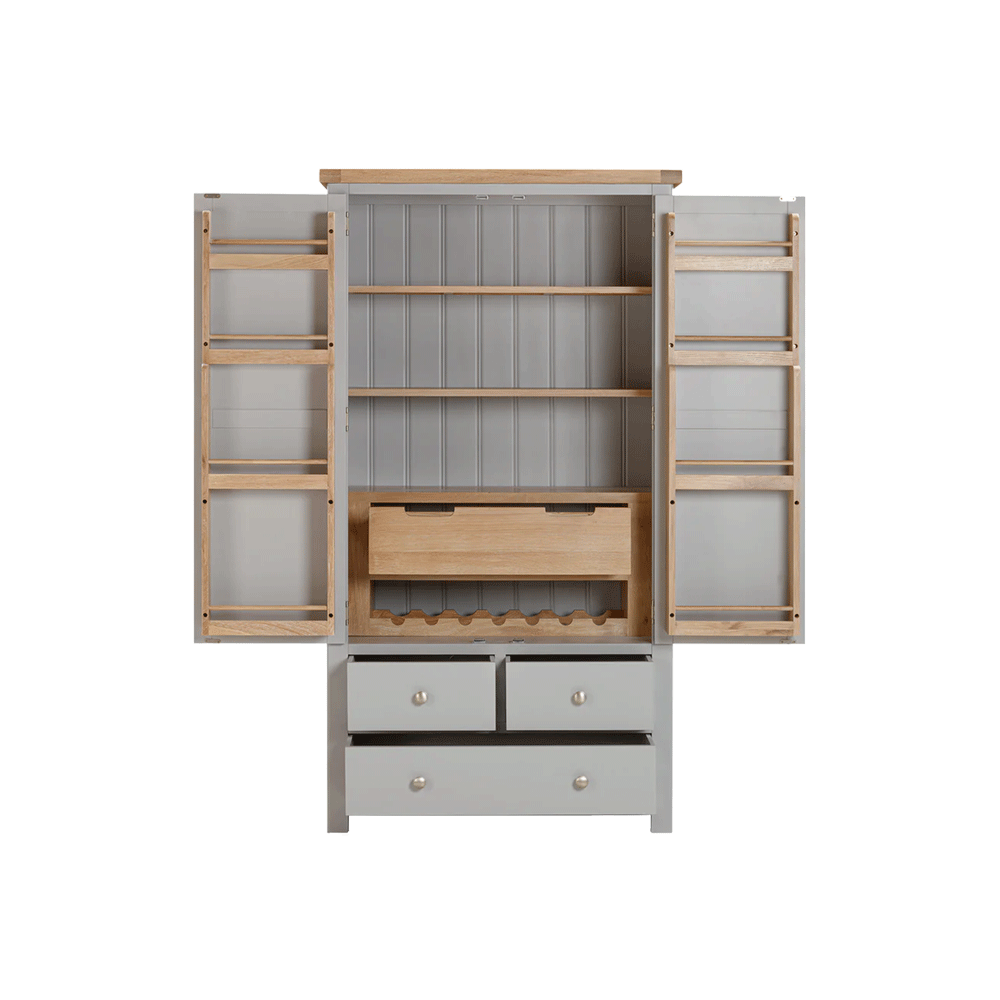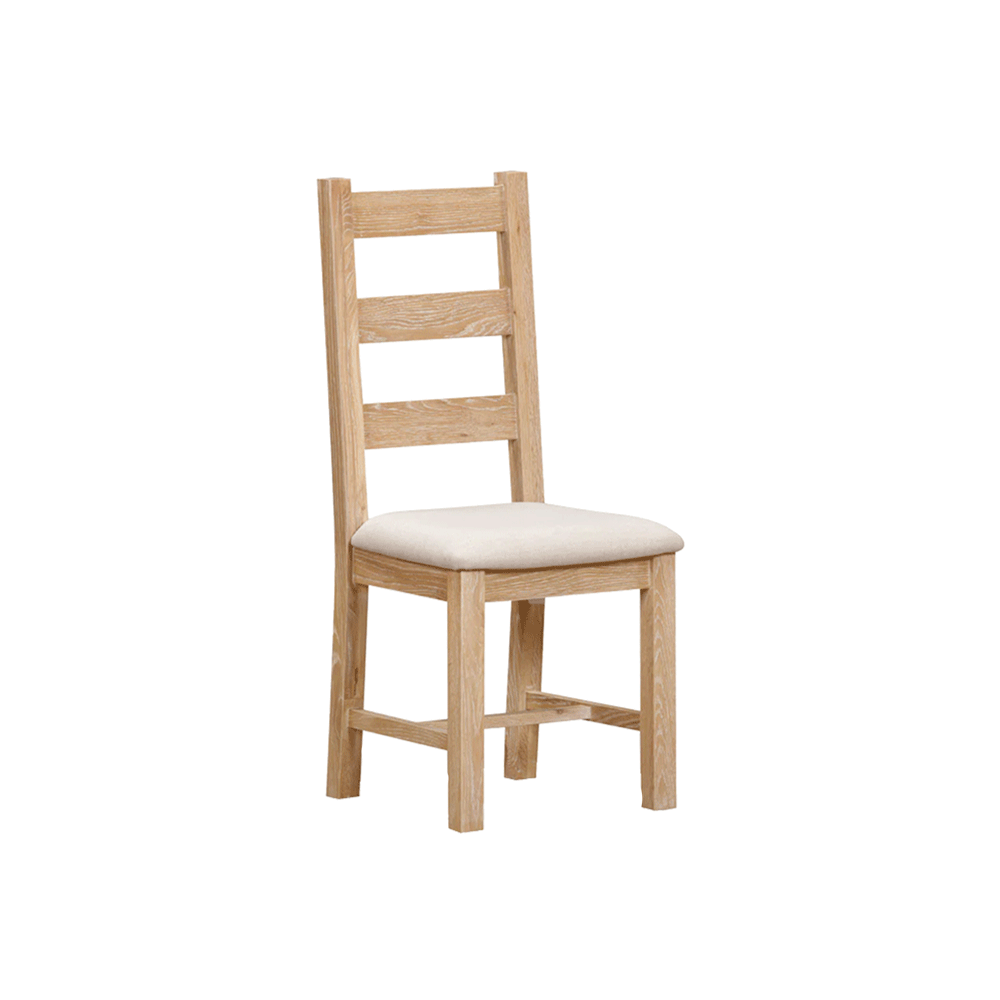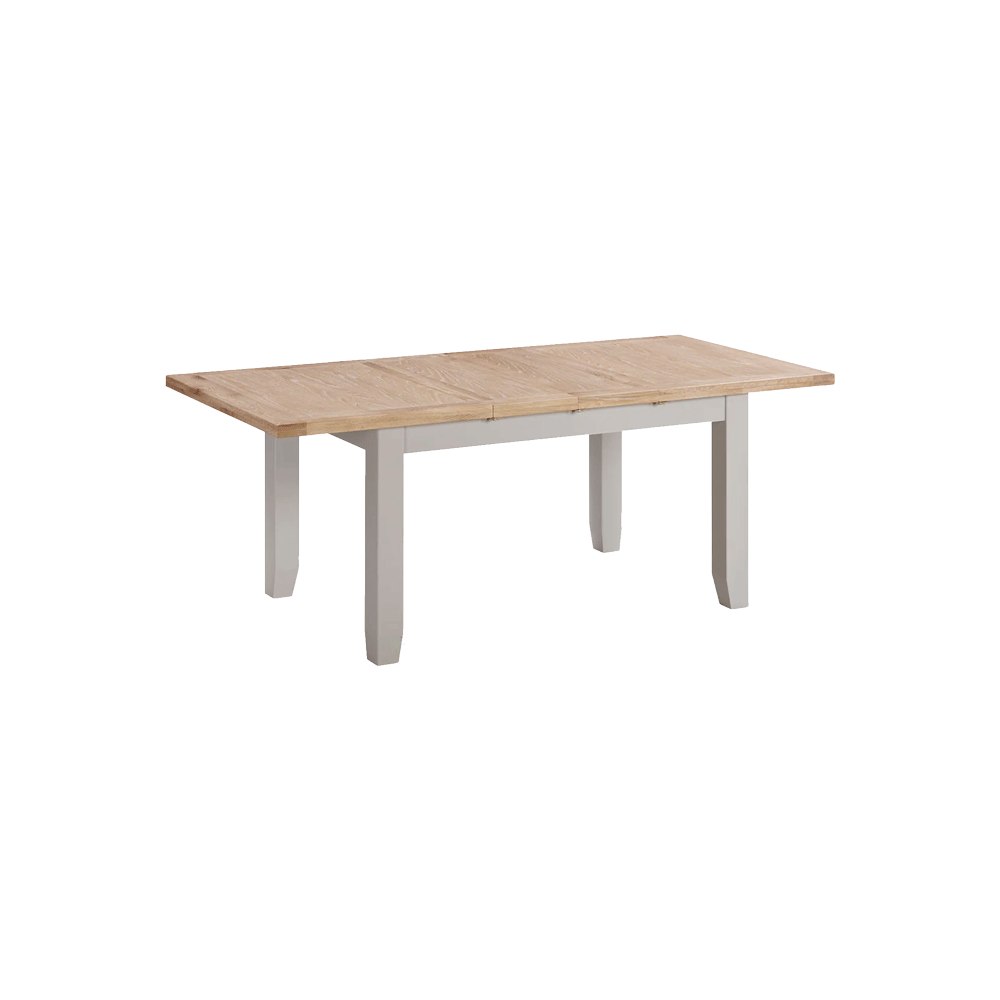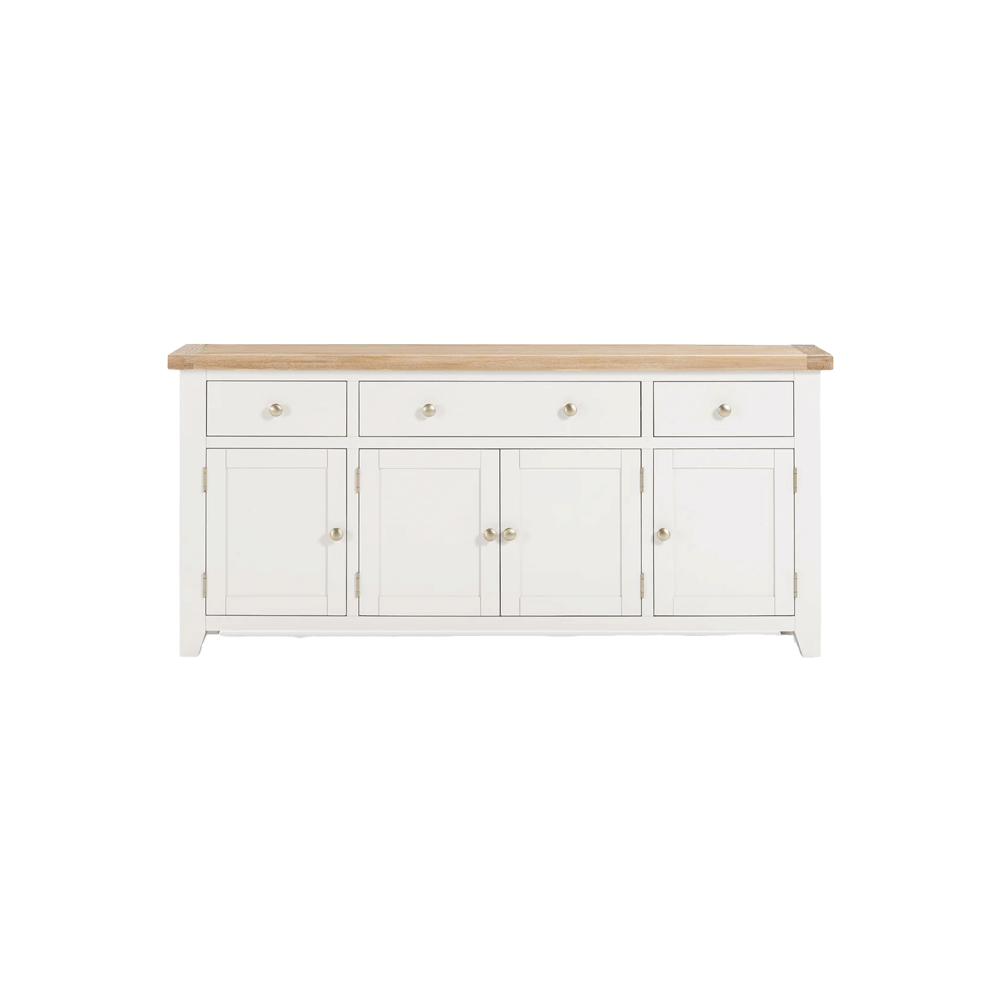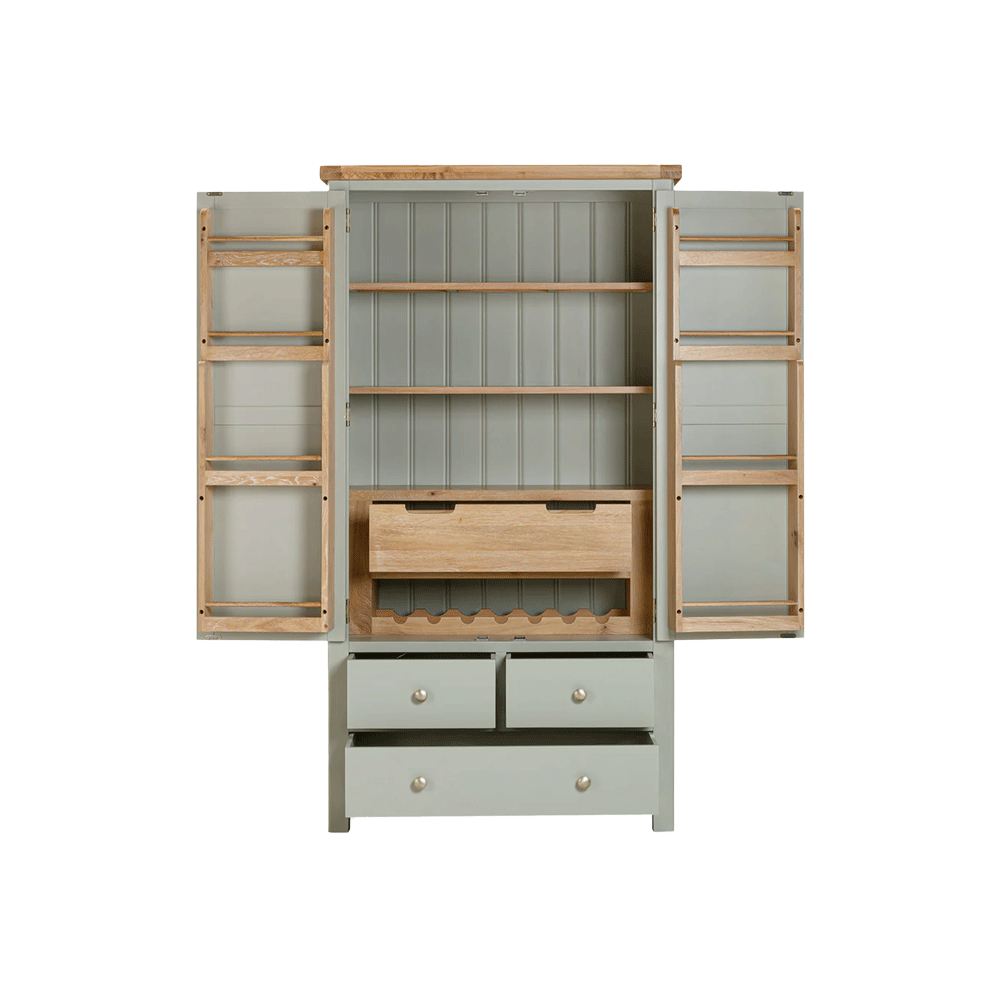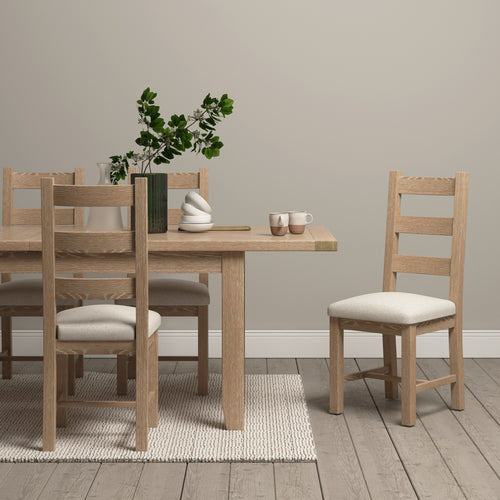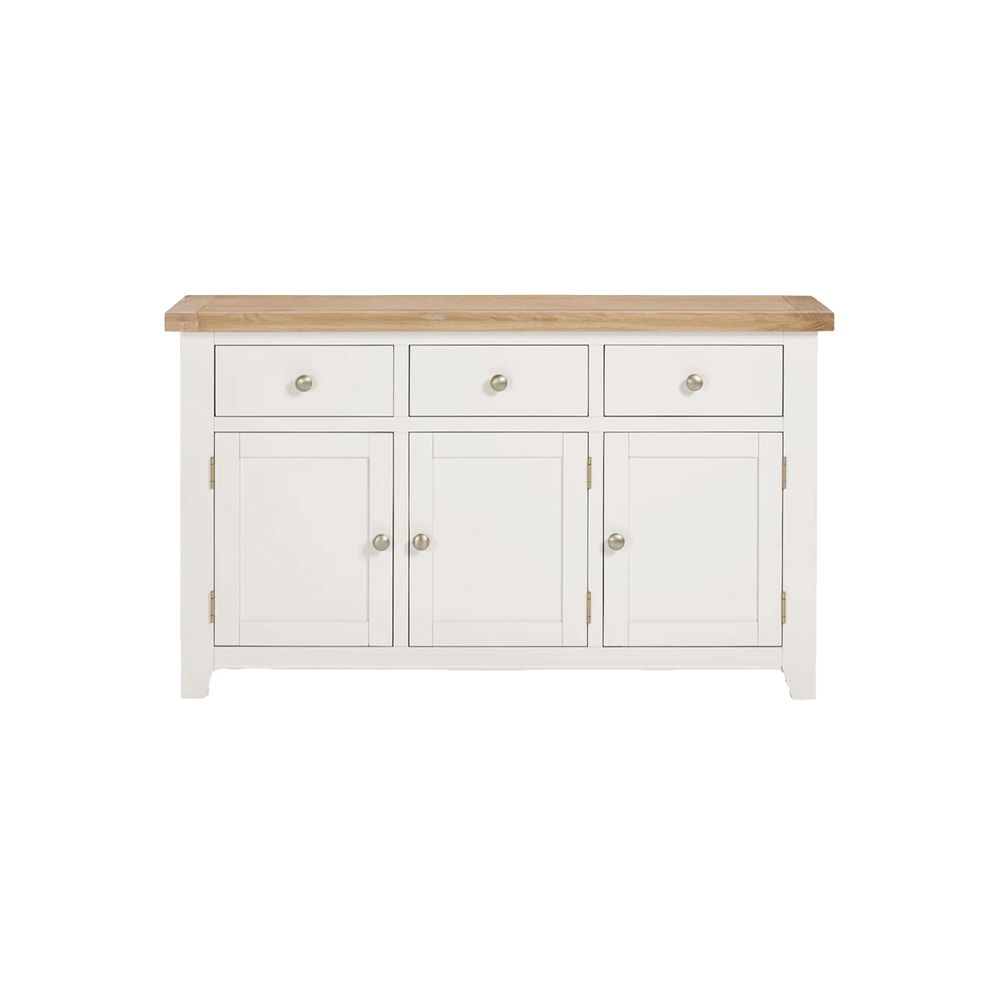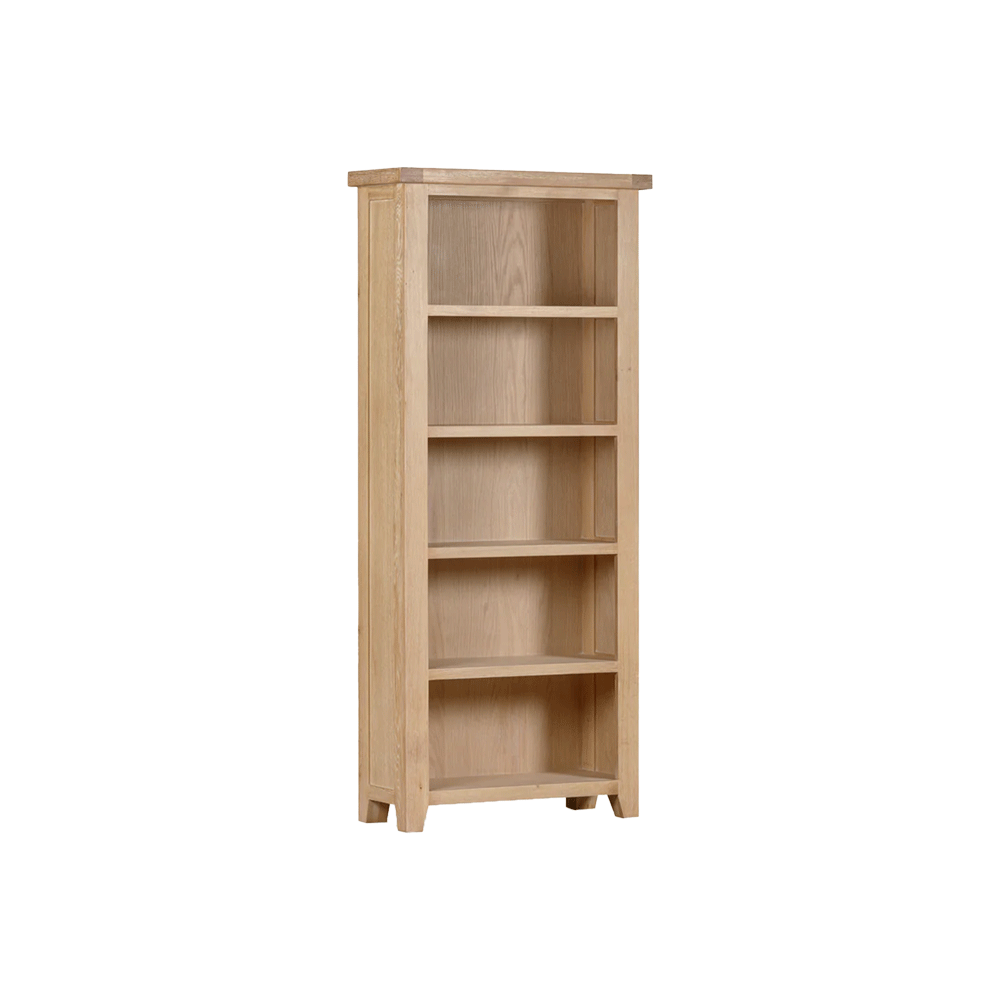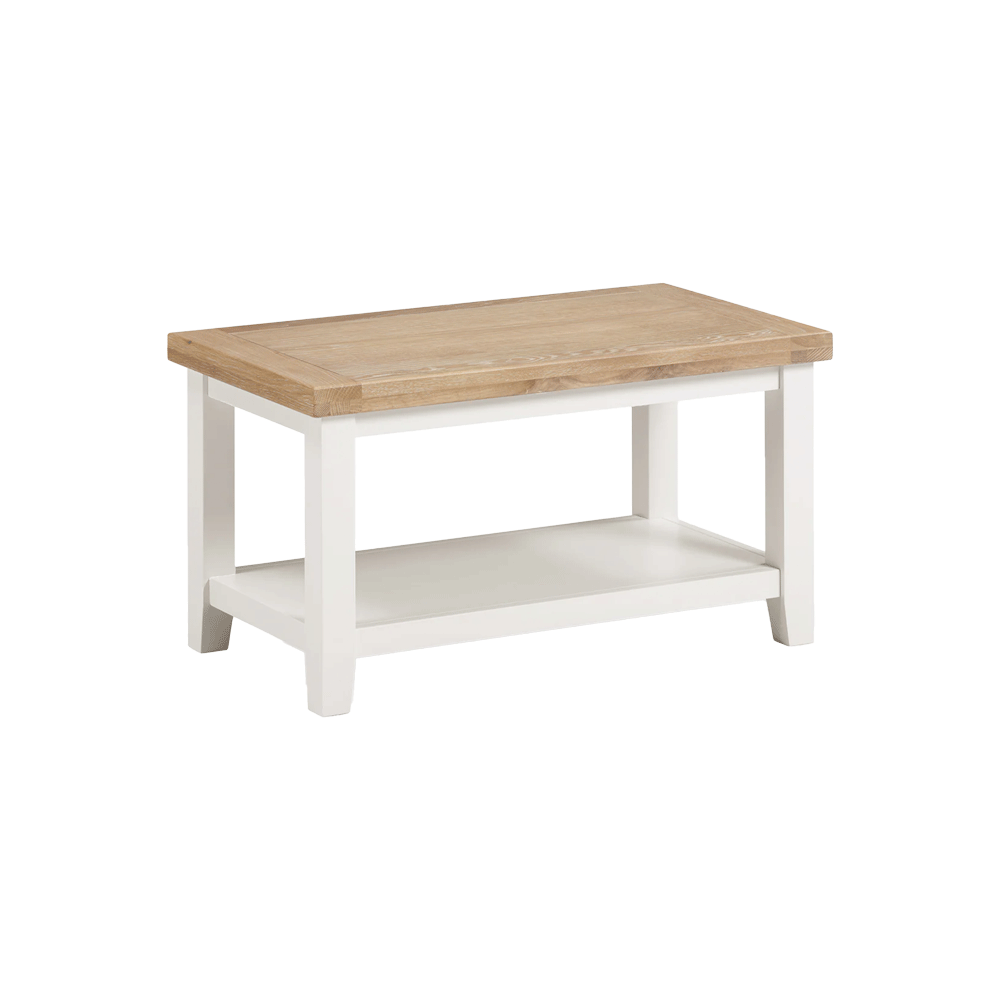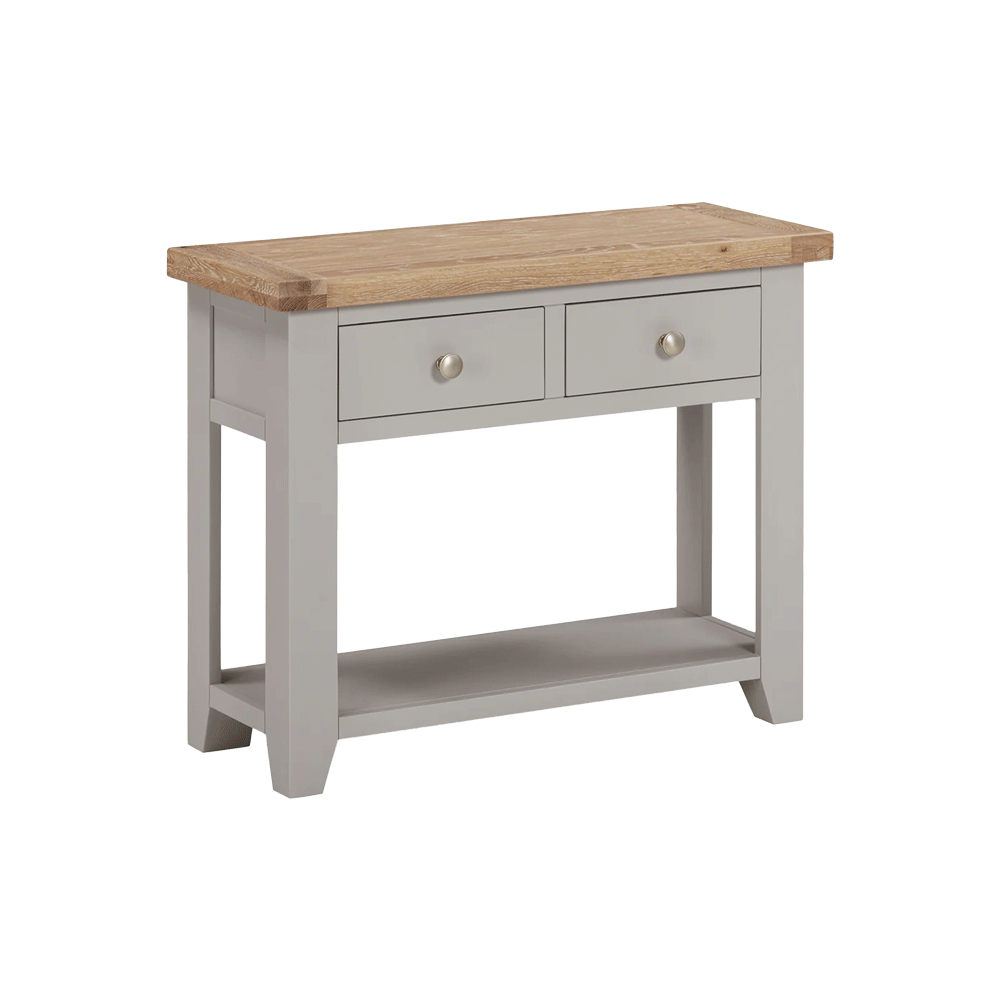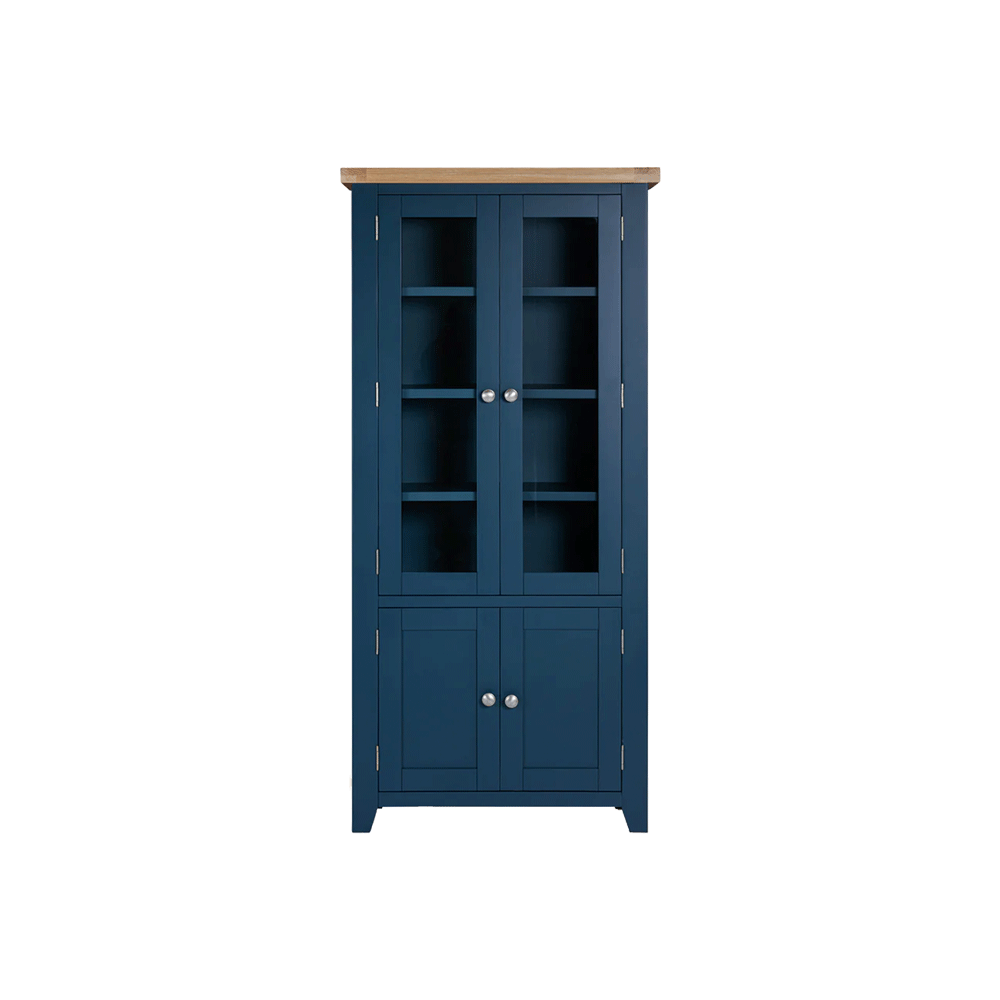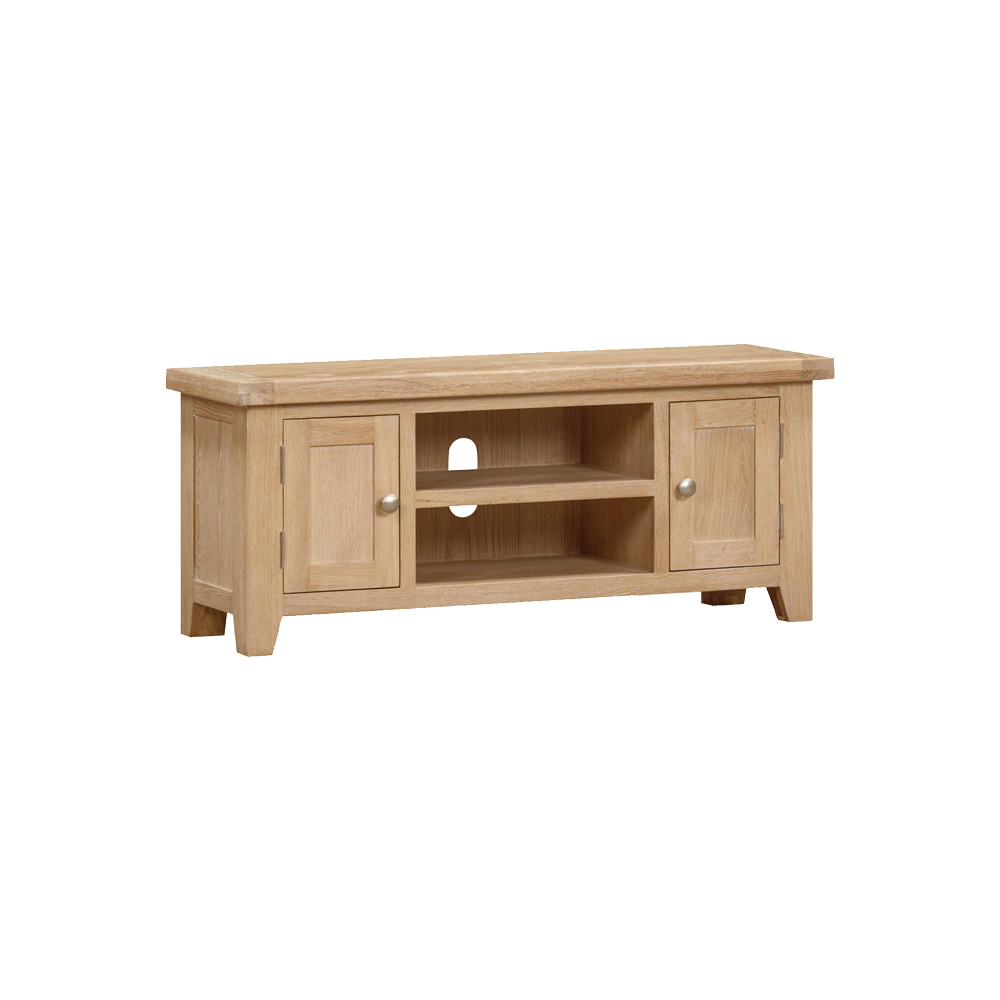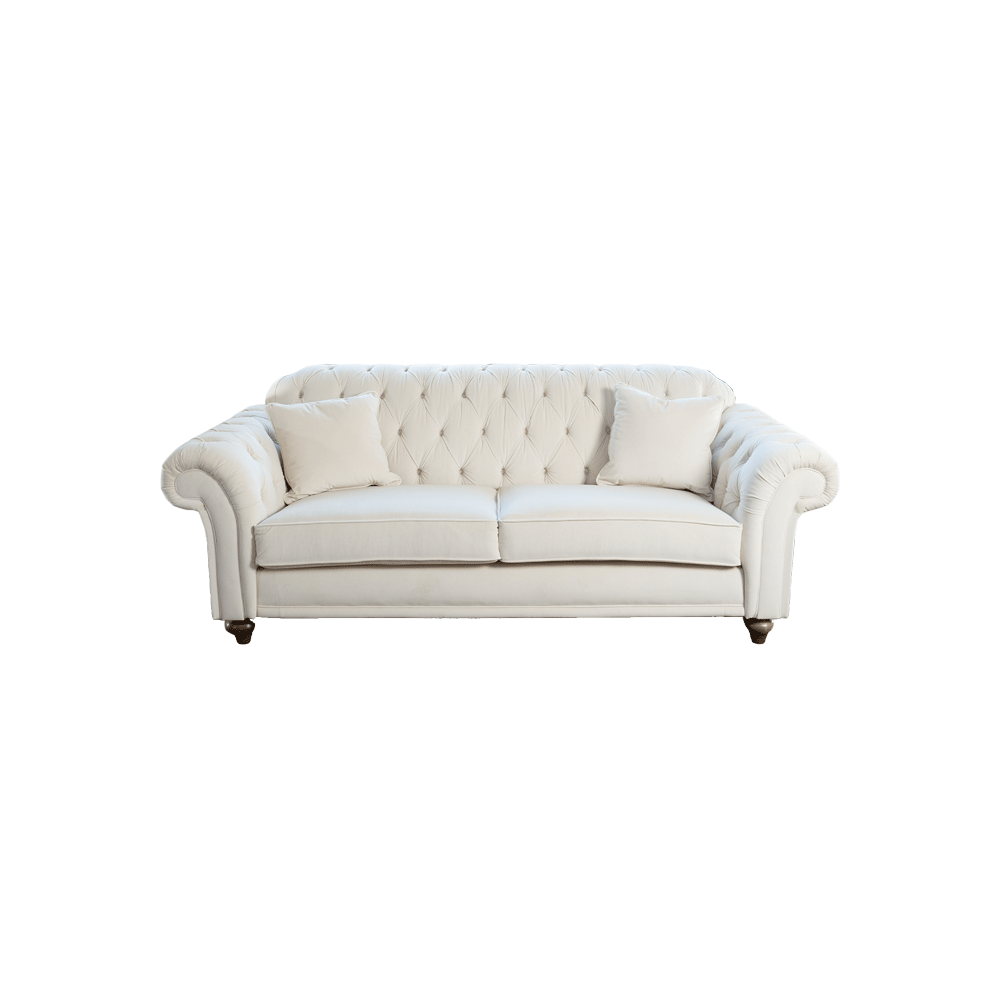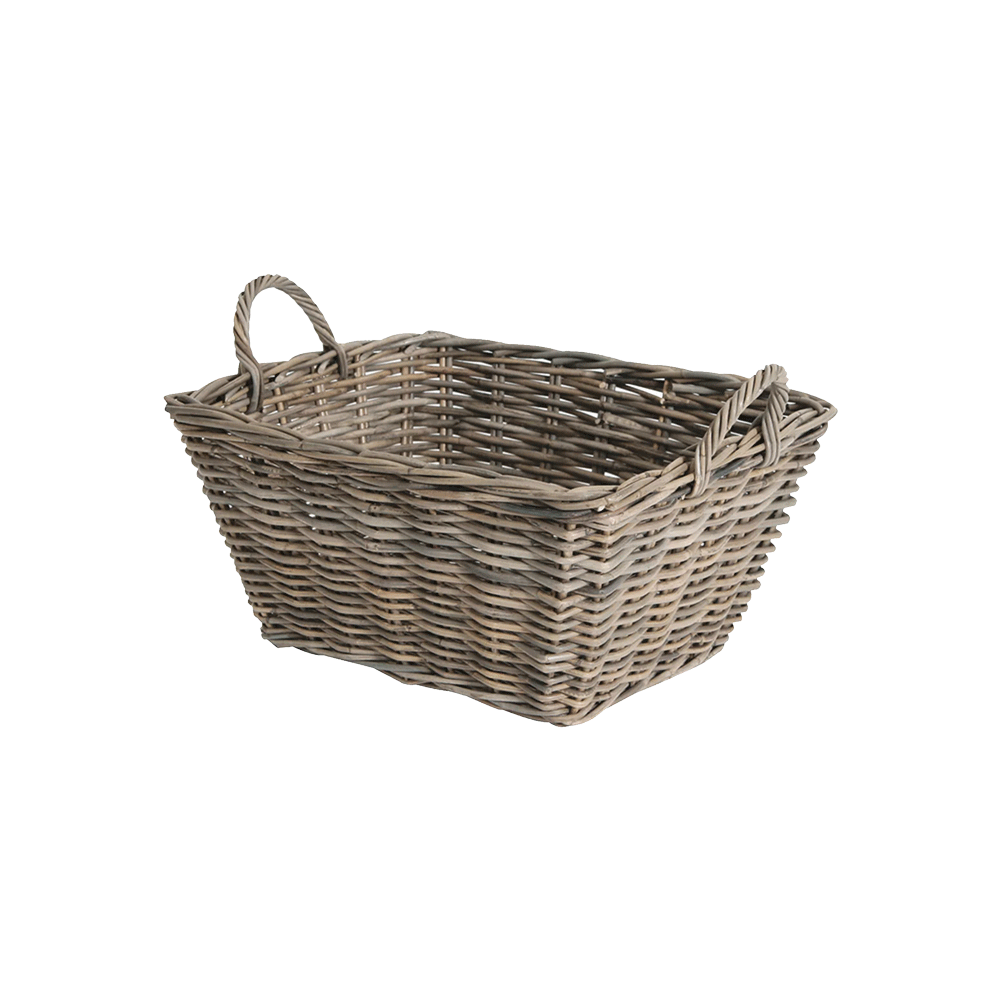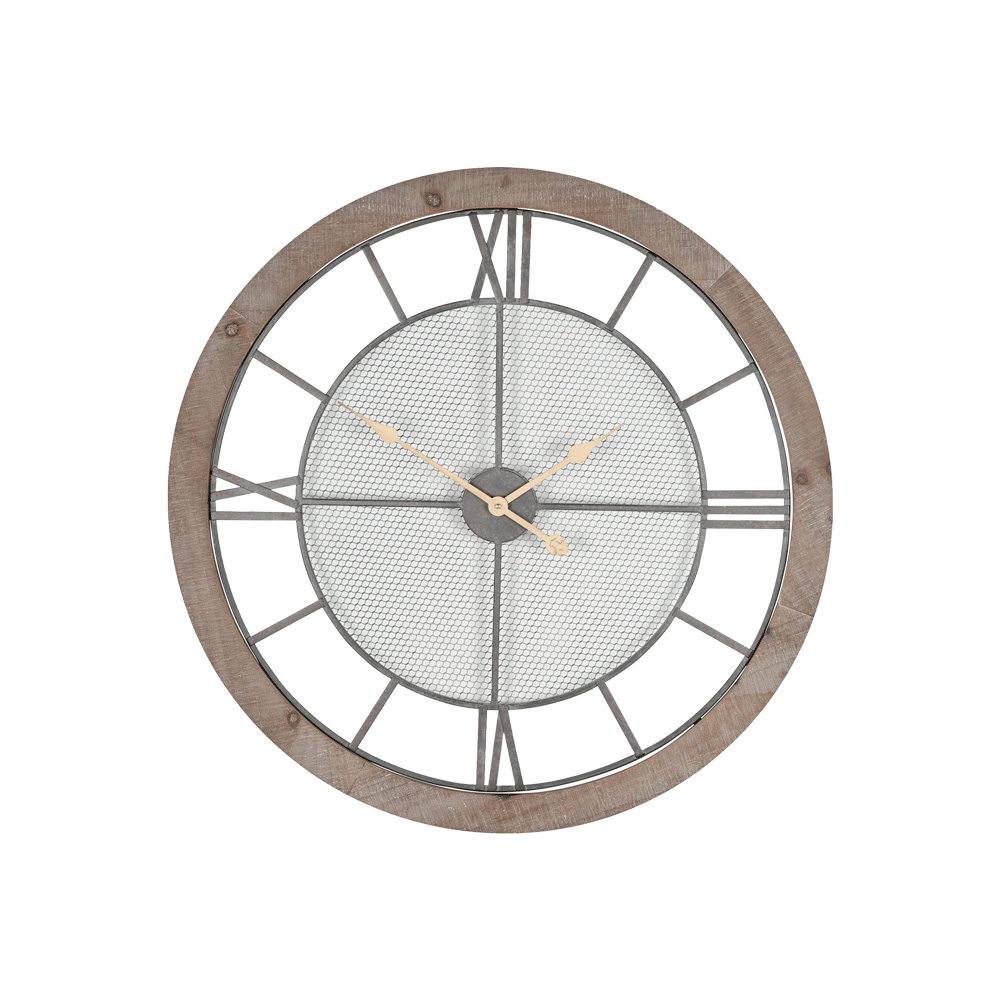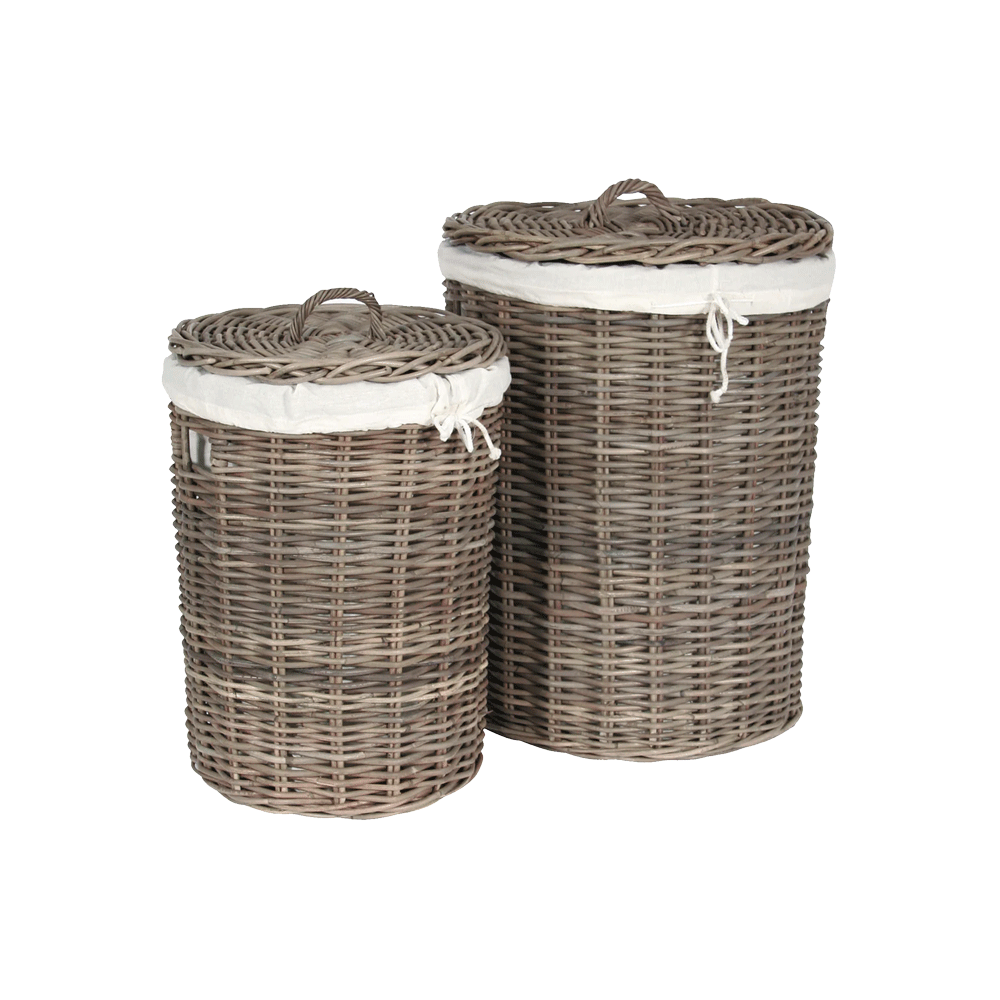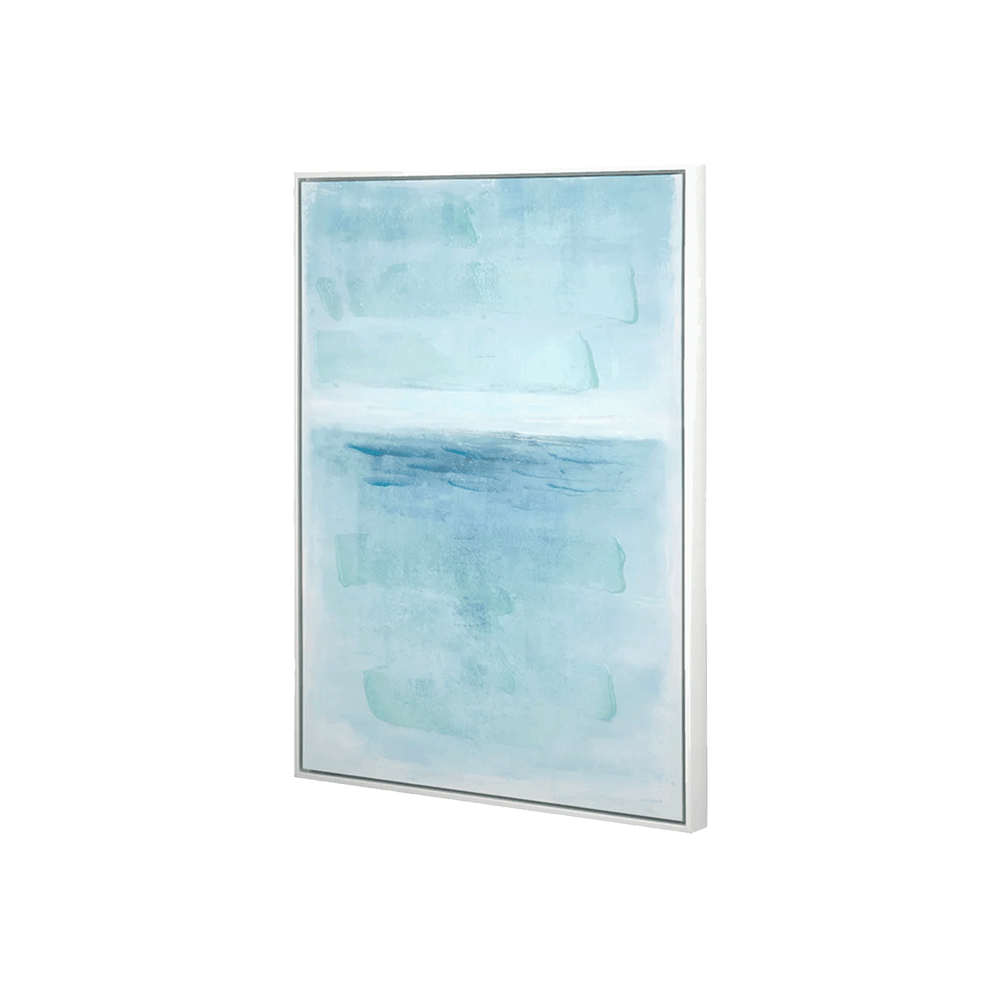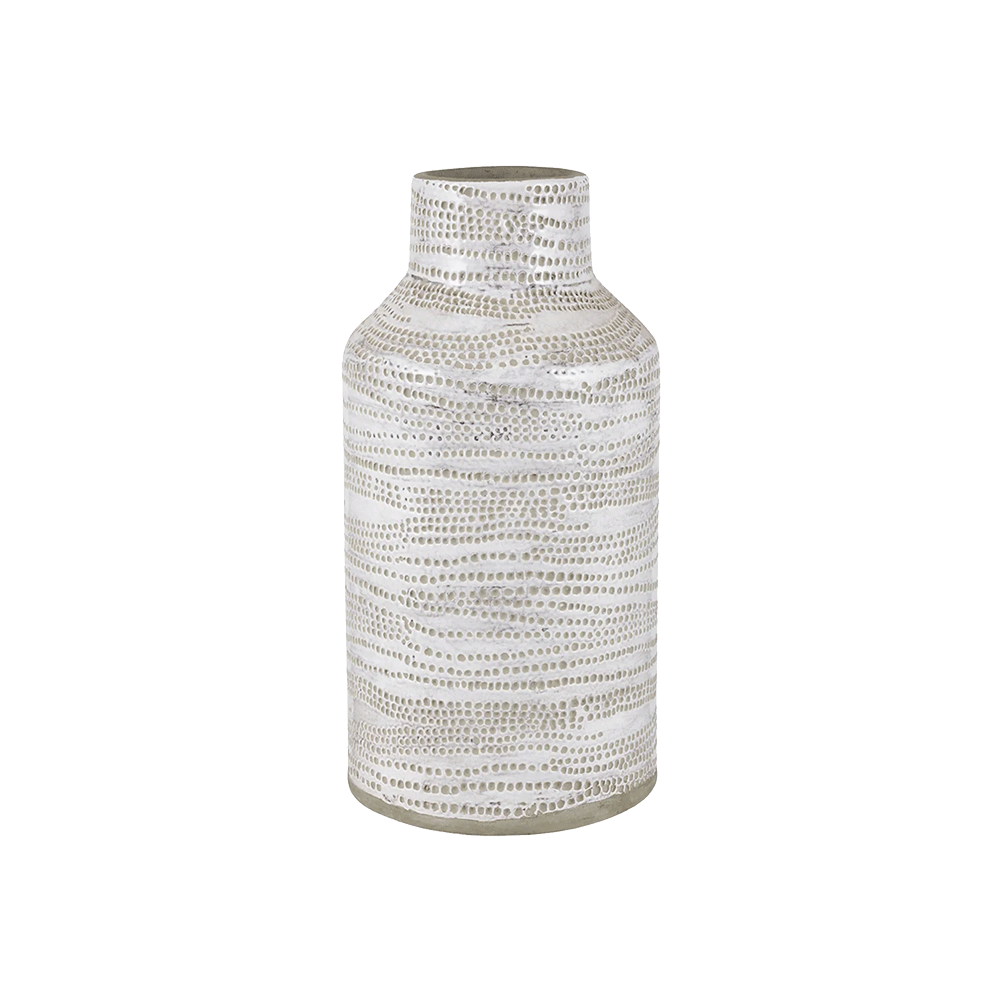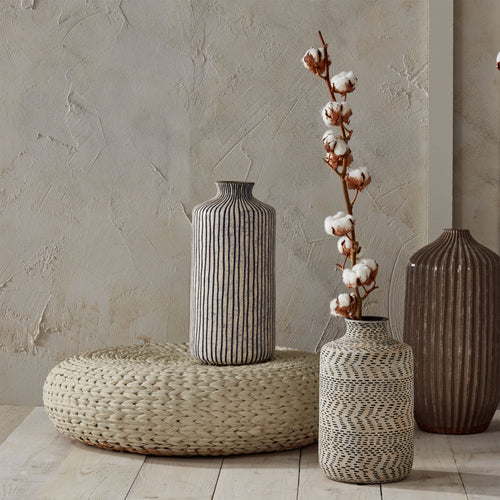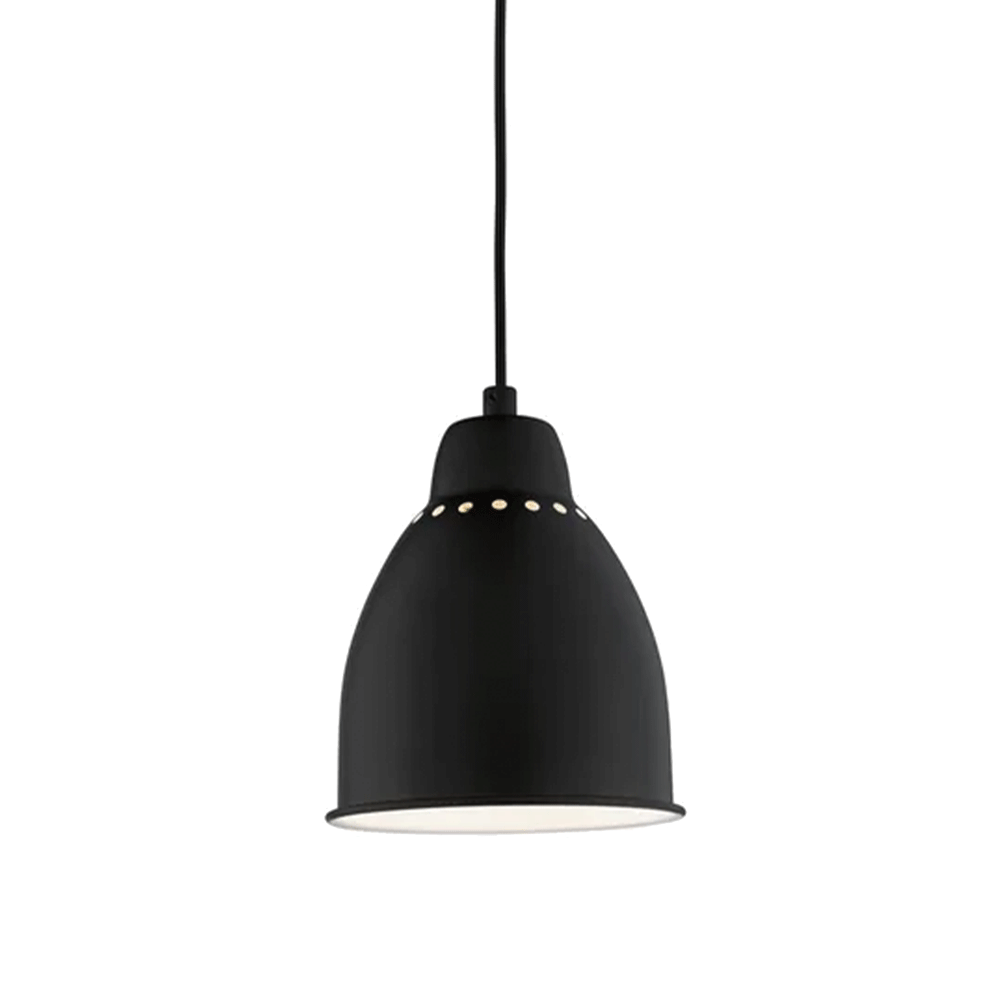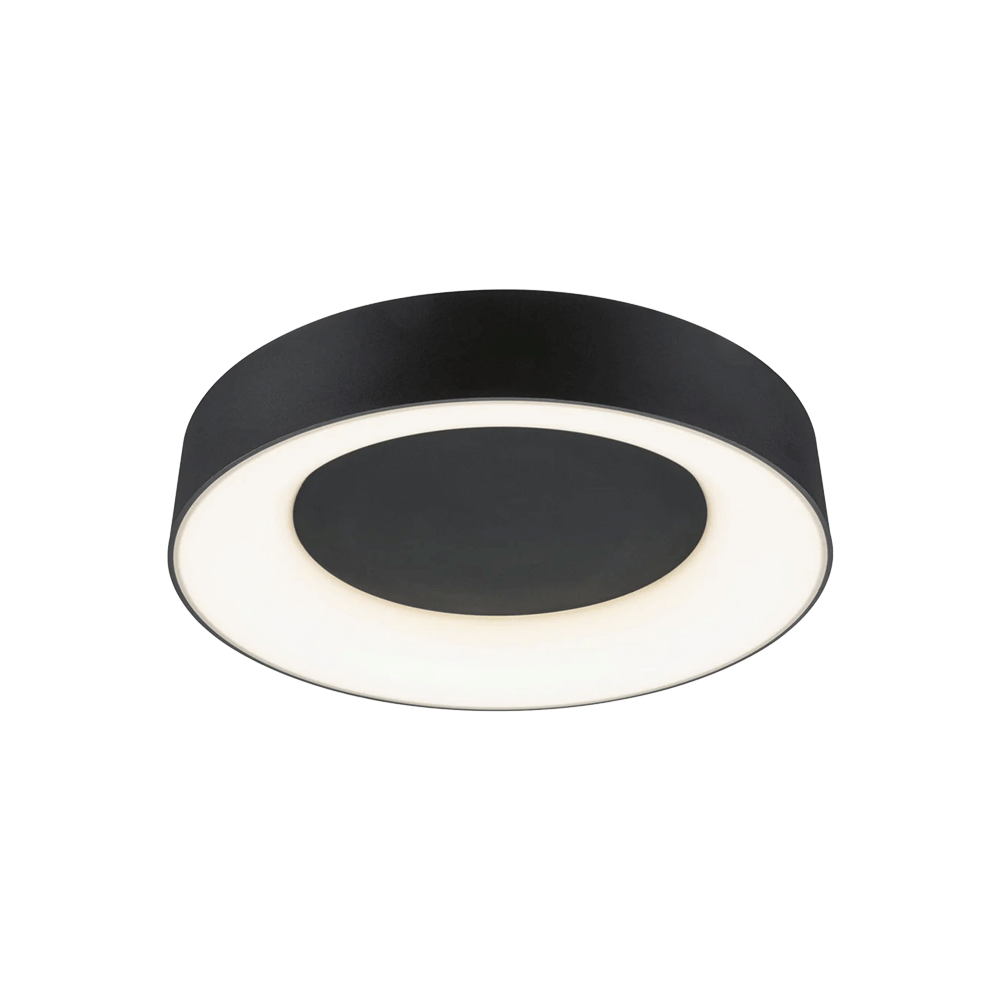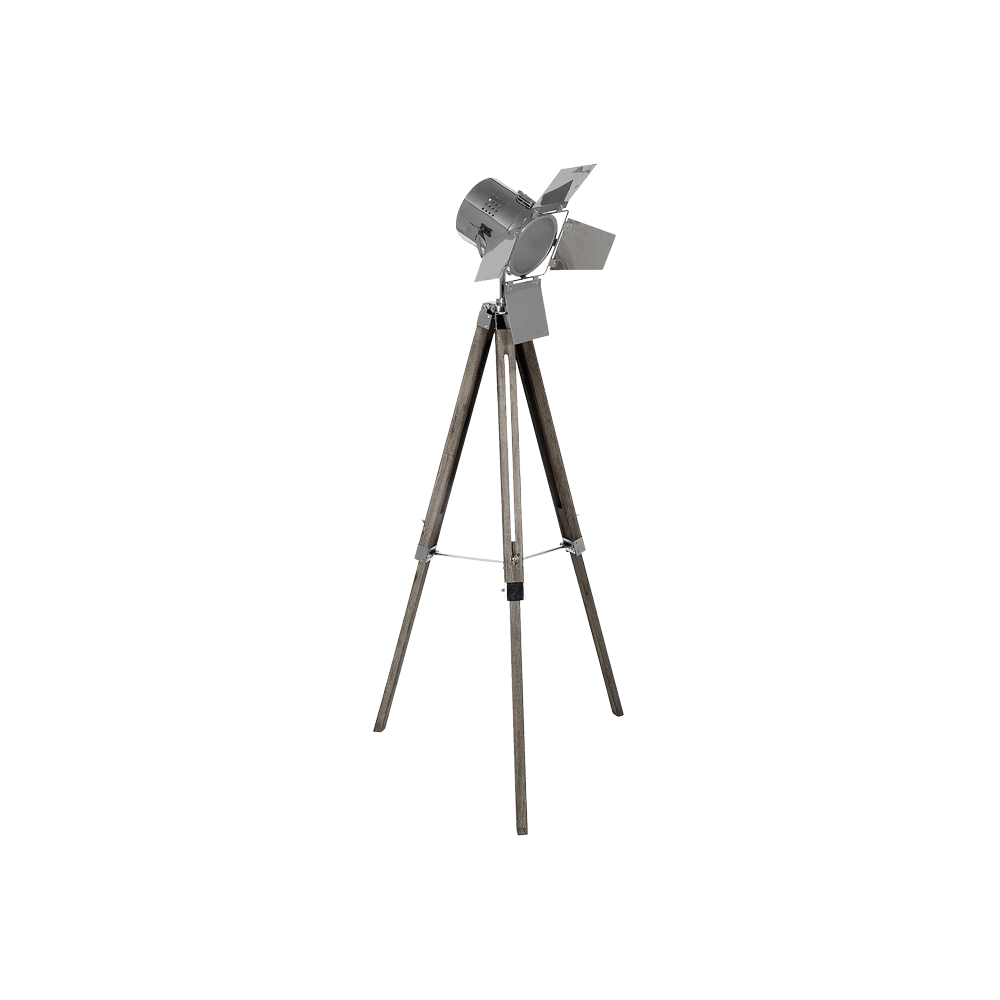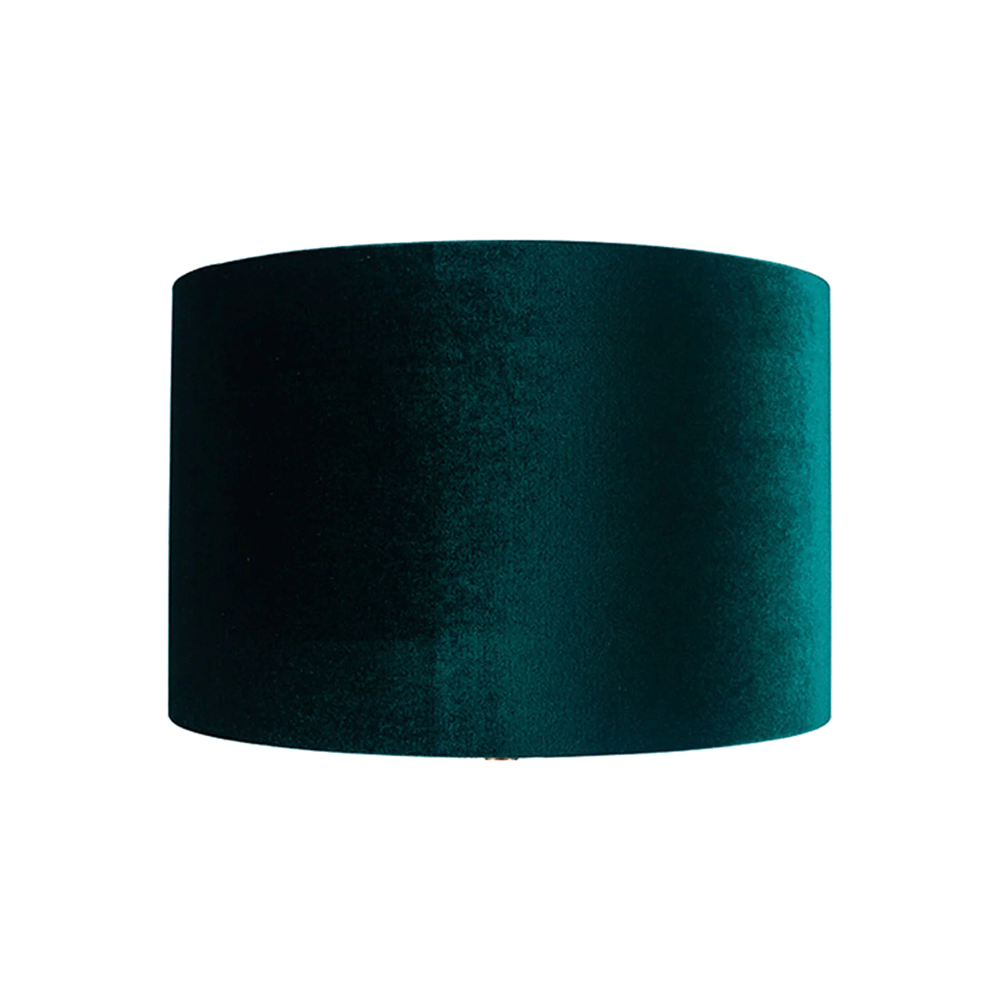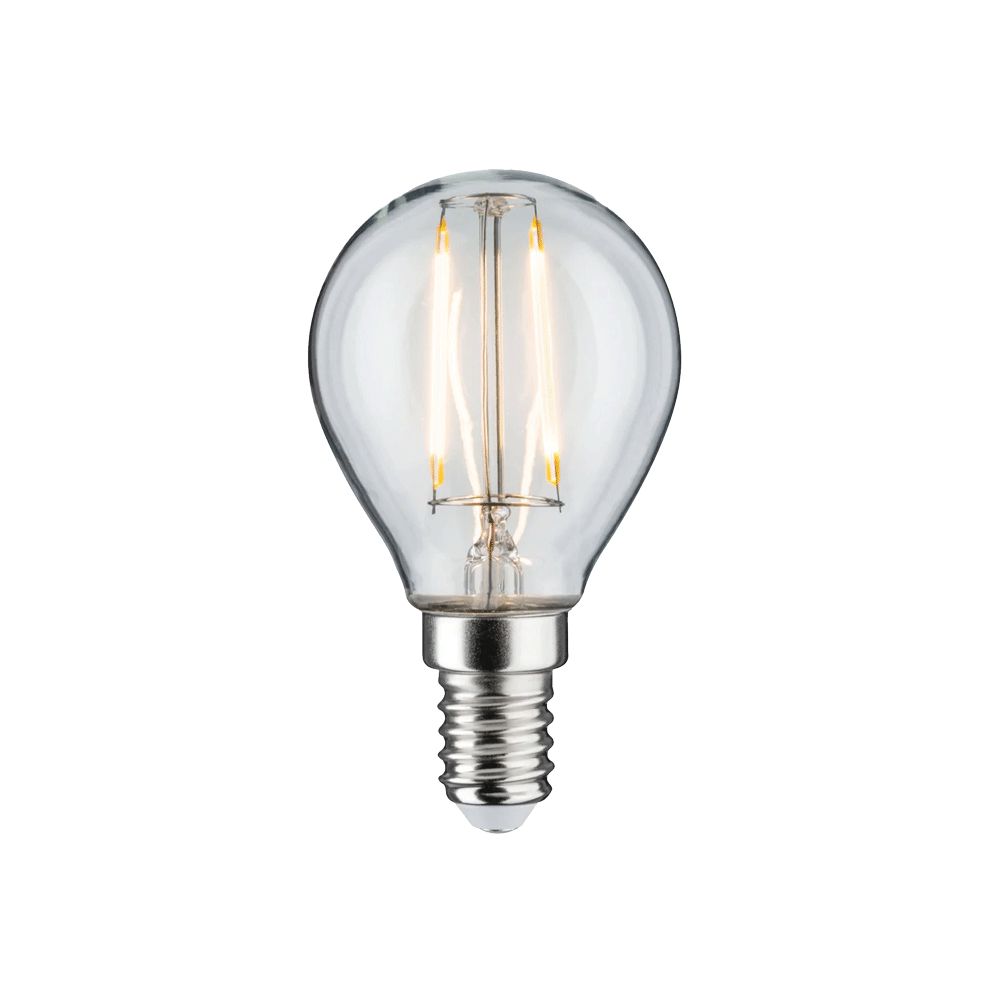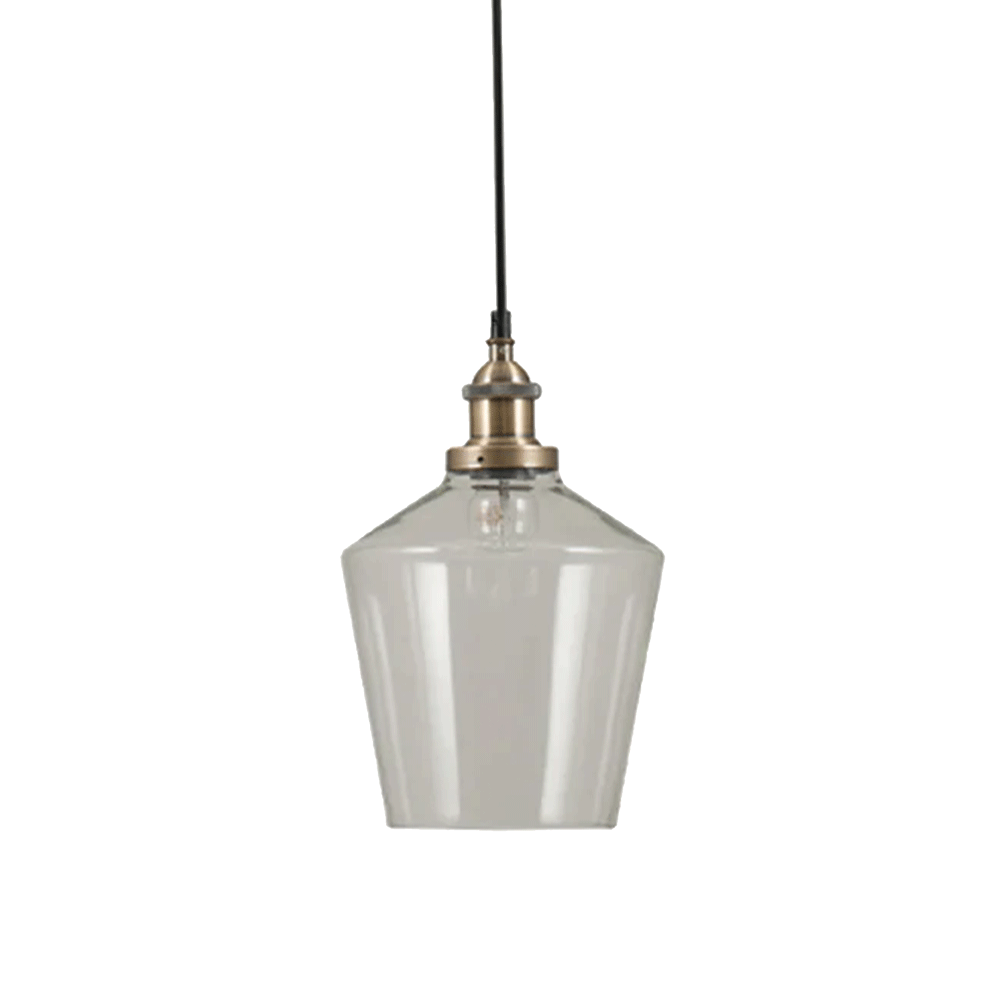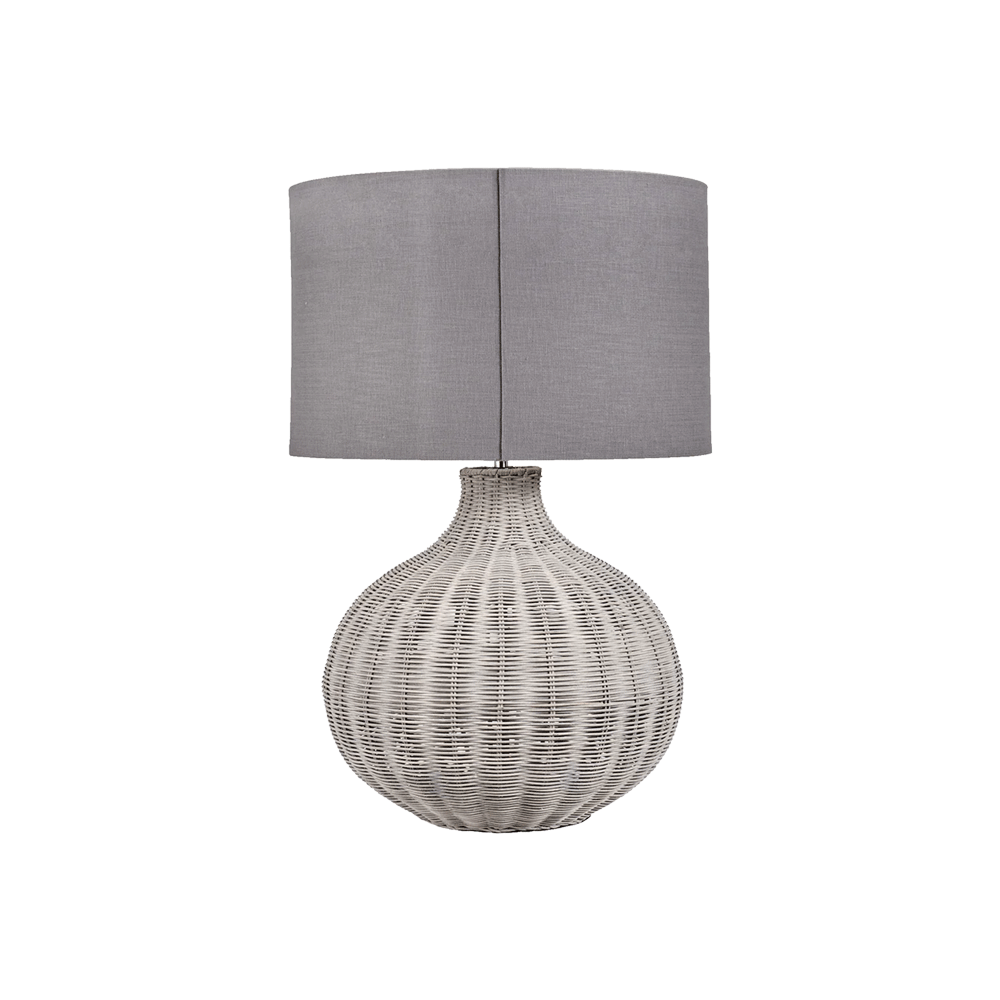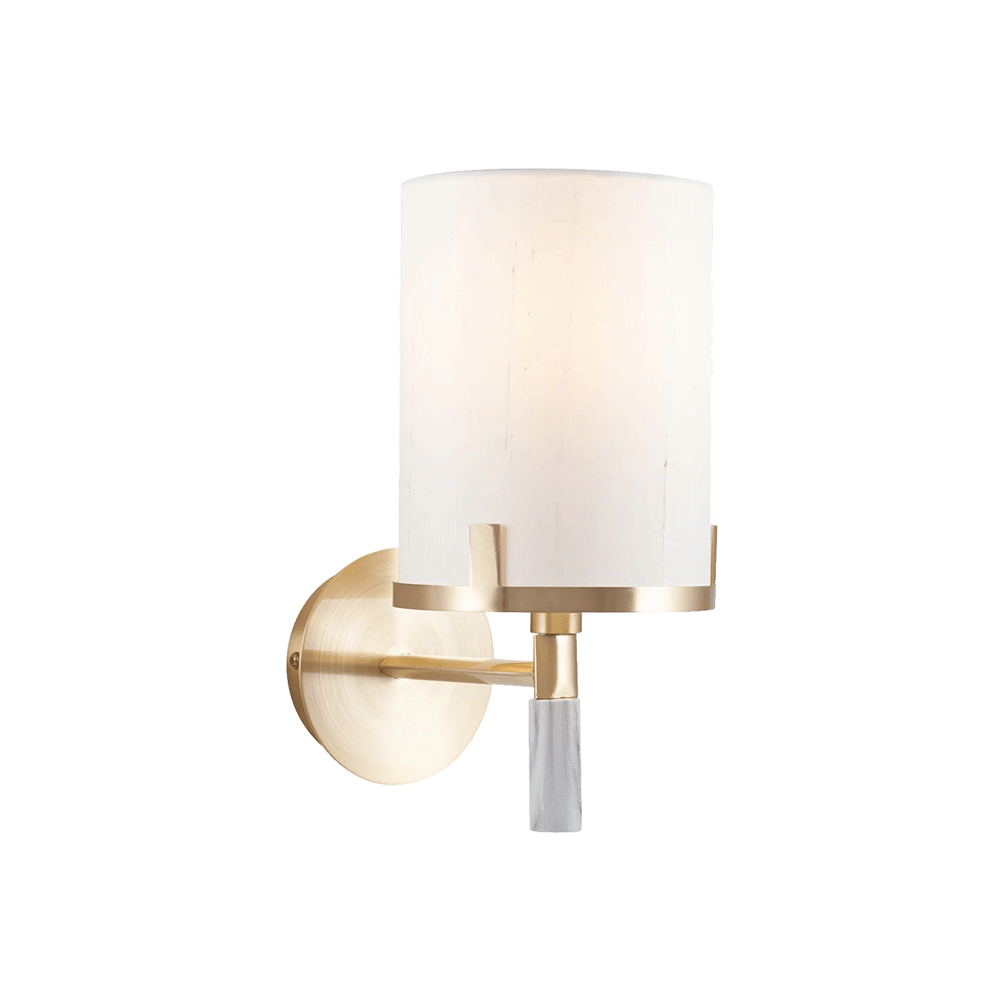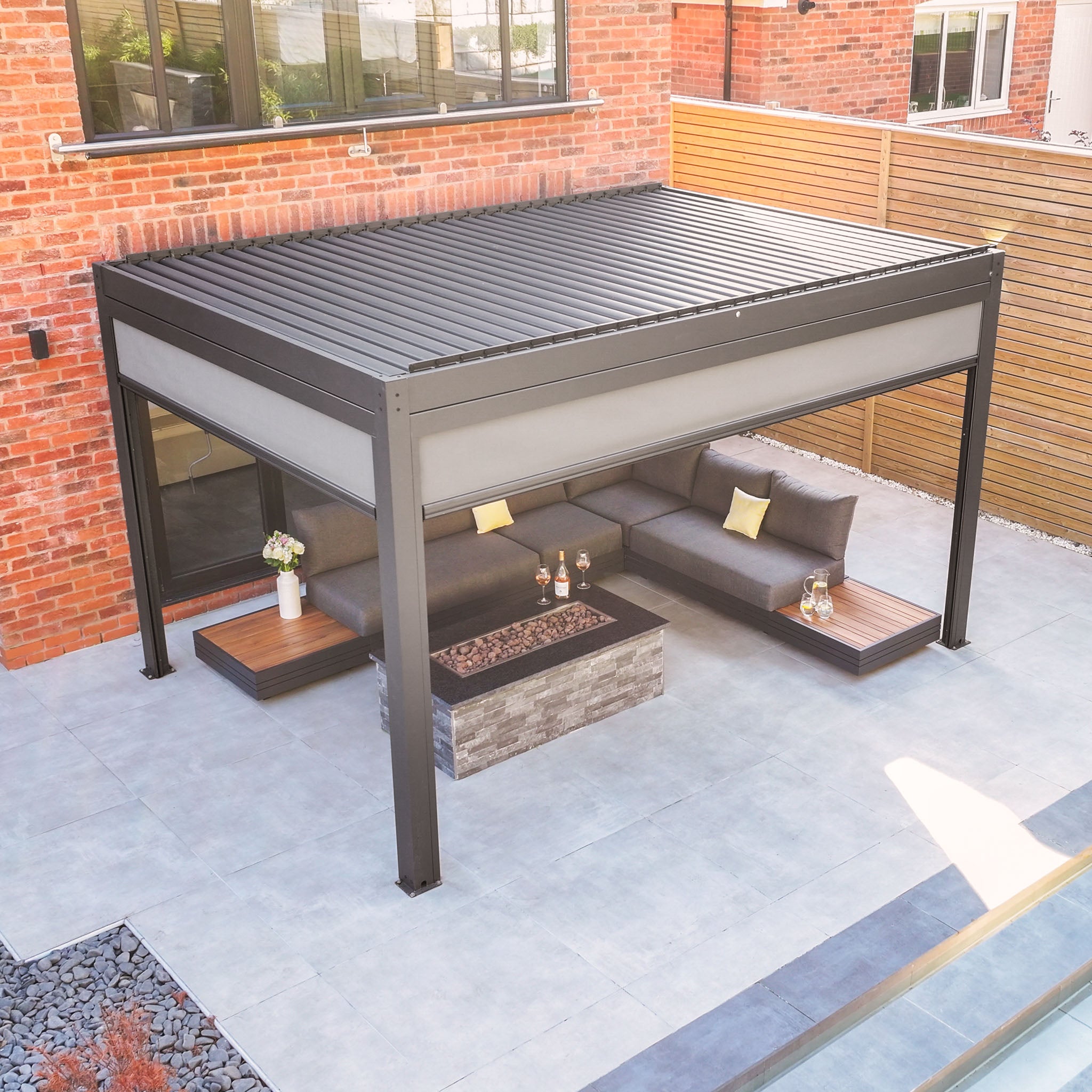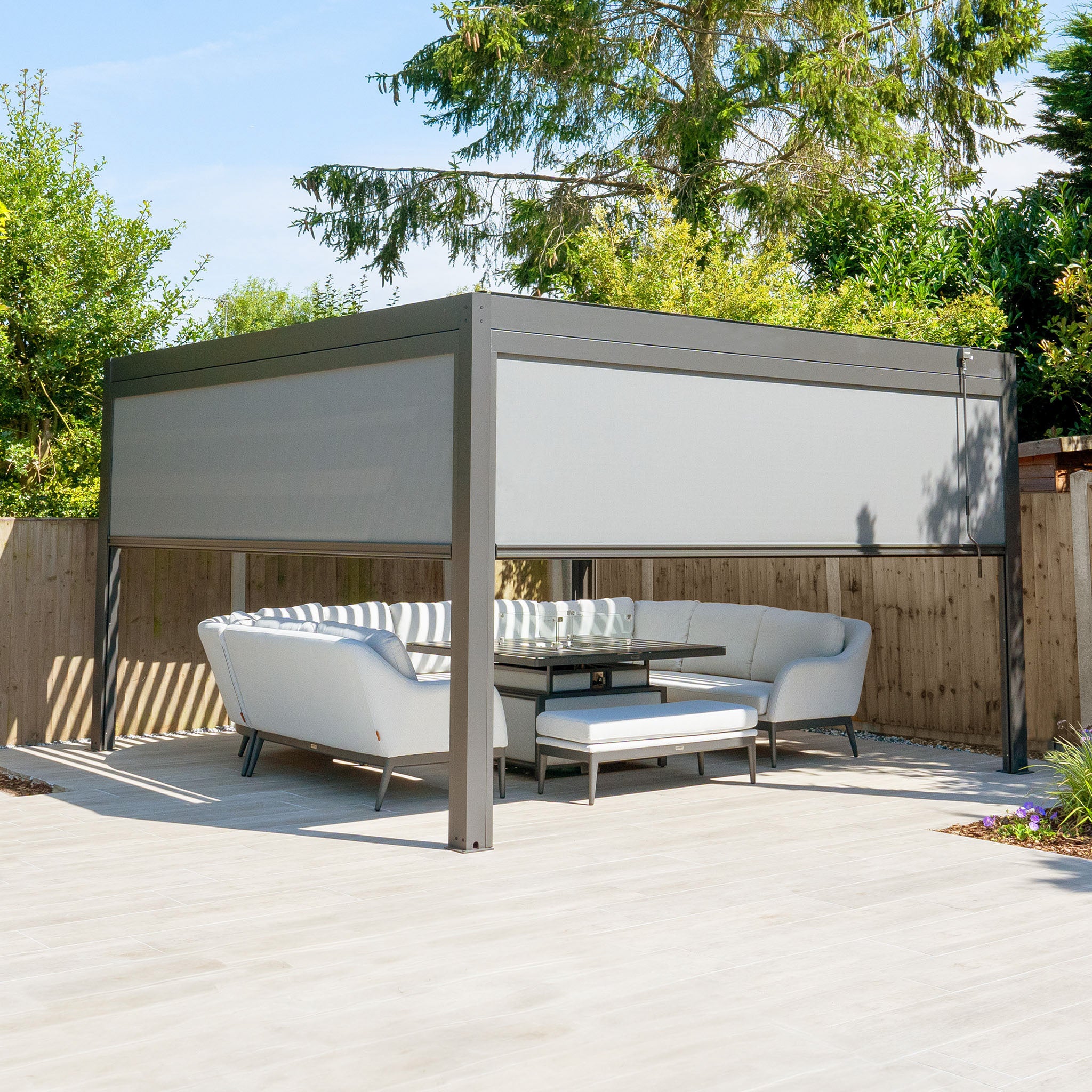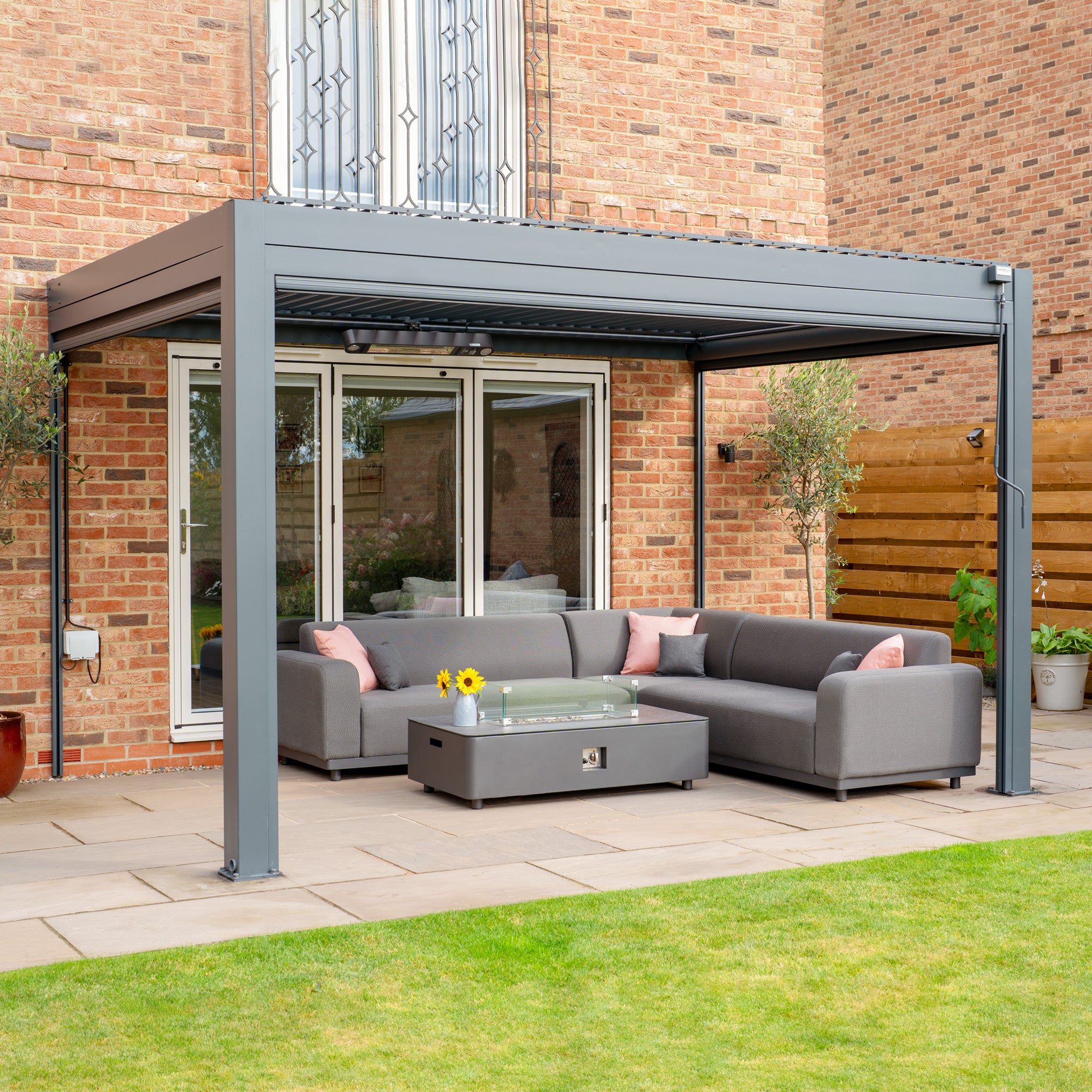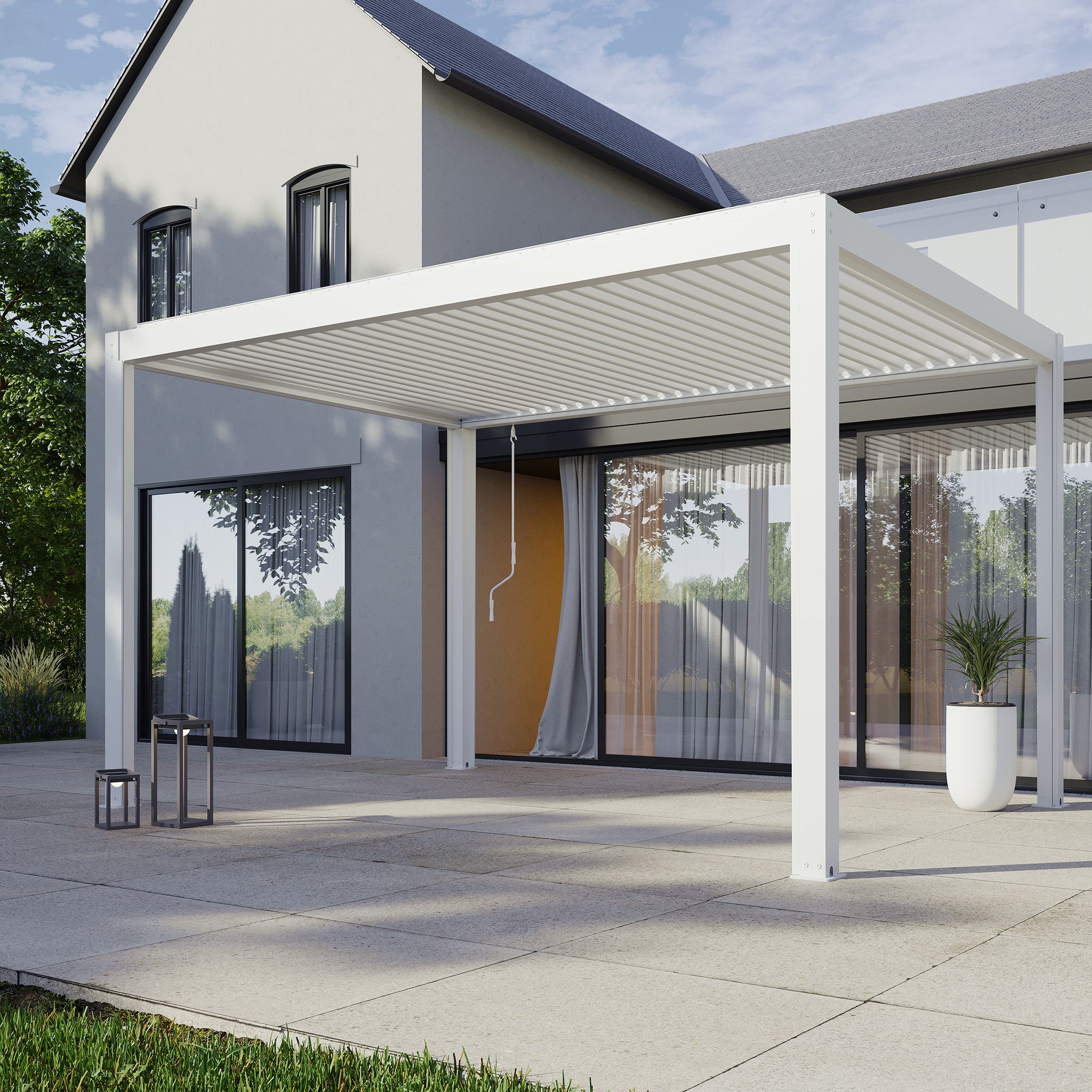

Best Parasols: Comprehensive Buying Guide for 2024
Trying to choose the best parasols for your UK garden, patio or balcony? It may be simpler than you realise. Garden parasols are an eye-catching addition to any outdoor living space. By blocking harmful UV rays, they create a safe, shaded space for everything from special occasions to family meals and everyday activities. Different parasol designs and materials — such as modern, offset cantilever parasols and traditional parasols with a wooden central pole — will help your loved ones spend more time outdoors.
Plus, parasols are a trendy garden shade feature. Google searches for ‘fringed parasol’ and ‘striped parasol’ have increased by 90% year-on-year, and searches for ‘heavy duty parasol’ have increased by 40% year-on-year. This brings us to the main question at hand, which is how to choose the best parasols for your space. Firstly, you’ll want to ensure that a parasol suits your needs compared to garden structures, such as pergolas and gazebos, which offer a larger, more permanent shade solution. Then, it’s time to consider practical details such as weather conditions, size, style and materials.
This article will guide you through your options, helping you decide which parasol is best for your garden.
What is the point of a parasol?

Hacienda 3m x 4m Cantilever Parasol With Granite Base & Cover in Charcoal - £1,599
A parasol is a lightweight canopy supported by a wooden, aluminium or steel pole. Its main purpose is to provide shade.
While garden umbrellas deflect rain, garden parasols block out sunlight and filter out harmful UV rays which can cause sunburn. Most parasol designs feature weather-resistant materials which can protect against light summer drizzles but are not fully waterproof. A parasol is very different to a pergola. Pergolas are permanent outdoor structures which provide full or partial coverage from the sun and rain. They are usually far larger than parasols and are capable of covering a full patio or outdoor kitchen.
The main point of a parasol is to block out UV rays over a small area such as a pair of sun loungers or a small garden furniture set. They are also portable, so they can be moved around the garden to chase the sun. When rain clouds form, they can be packed away in a shed. A good parasol should be UV-resistant, durable and easy to put up and down. Most importantly, it should be the right size for its purpose, whether that’s covering a sunlounger or a full outdoor dining area.
What are the benefits of a parasol versus fixed garden shade structures?
Fixed garden shade structures such as pergolas and gazebos cover a larger area than parasols, making them one of the best covered decking ideas or garden party ideas. They are also permanent, staying in place all year round. They provide shelter from the sun, rain and even snow, making them an all-weather destination.
Nevertheless, there are many scenarios in which parasols have the upper hand over fixed garden structures. The best UV parasols are portable, which makes it easy to redecorate your patio or adjust the shade position. They are great if you want to chase the last hours of sunlight towards the back of your garden or host a party in a different part of your garden every year.
In the winter, parasols can be stored in a garage or shed, prolonging their life. Like pergolas, parasols can last between 10 and 20 years. However, if they face challenging weather conditions or they are not properly maintained, they will not last as long. Parasols are also cheaper than permanent structures. Most good-quality parasols cost between £500 to £600, although smaller, cheaper models can cost as little as £100. Meanwhile, most good-quality pergolas cost between £1,000 and £3,000, and that’s before you pay for any installation or home renovation costs.
How to choose the best parasol for your outdoor space
What will it be used for?
A parasol has many uses. If you want a casual beach parasol, look for a cheap, portable parasol with a sturdy base. On the other hand, if you plan to make your parasol one of your primary patio cover ideas, it should be very sturdy and made from a long-lasting material such as aluminium, acrylic or vinyl.
If you’re preparing your garden for spring or summer garden parties, the best UV parasol for the job should be big enough to provide shade for a large number of people. You may want to buy two or three parasols if you’re hosting a huge party.
Choosing a parasol for different weather conditions like wind, sun or rain
A parasol is one of the best summer garden ideas as it blocks UV rays. However, some parasols also keep out summer drizzles. In these cases, the canopy is usually made from polyester or polyethylene, which offers some resistance against light rain. For protection against heavier rain, the parasol must be coated in waterproof PVC. The best garden parasols for windy conditions must have a stable structure and a heavy base. Wood, aluminium and steel are all strong, wind-resistant materials. A weighted base is essential to keep the parasol in place.
What is the best material for a parasol?
Parasol bases are usually made from wood, aluminium or steel:
Wood is a strong and stable material. However, most wood needs to be treated once per year.
Aluminium is lightweight and resistant to wind and rust. It’s also affordable, making it the best material for home parasols.
Steel is the most expensive parasol material, but it is also the most strong. It’s popular in commercial settings such as restaurants.
Parasol canopies are typically made of polyester, acrylic or vinyl. Polyester is the cheapest canopy material. While it is weather-resistant, it isn’t as durable as acrylic or vinyl canopies. Acrylic and vinyl canopies last longer and are just as good at deflecting rain as polyester options.
Is it better to have a light or dark parasol?
Light-coloured parasols may look eye-catching but they easily show stains, dirt and mildew. The best sun parasols are made from darker colours because they absorb additional heat and UV rays, helping you keep cooler. Plus, they don’t show stains as easily.
What size and shape parasol is best?
To maximise your space, a cantilever parasol is one of the best patio ideas. Cantilever parasols have an offset pole, creating more space for garden activities. With traditional parasols, the pole is central, which leaves less space for furniture. Most parasols have square-shaped canopies. They cast a square or rectangular shadow, which fits the contours of most garden furniture sets — yet another reason why parasols are one of the best outdoor living space ideas.
When considering different parasol sizes, it’s important to base your decision on how you plan to use the space. For example, if you have a large or growing family, you will need a large parasol. The same applies if you are building a large outdoor dining area or living space. On the other hand, if you only need a small area of shade for a pair of sun loungers, a small parasol will suffice.
Does your parasol need to be mobile?
A mobile parasol allows you to chase the sun. Mobile parasol designs are lightweight and benefit from accessories such as wheels and handles, which make it easier to roll around a patio or onto a lawn.
How much are you looking to spend?
When looking for the best-priced garden parasols, be aware that, as a rule of thumb, cantilever parasols are more expensive than traditional parasols. Similarly, aluminium parasols are more expensive than wooden parasols. Features such as the size, quality of material and accessories such as integrated LED lights will make a parasol more expensive.
Here are some cost indications to help you find the best-priced parasols:
- Aluminium parasols: £75 - £150
- Cantilever parasols: £300 - £1,500
- Traditional parasols: £50 - £150
- Wooden parasols: £50 - £150
- Luxury parasols: Up to £1,500 - £2,000
Parasol accessories
The main parasol accessories are parasol bases and covers. Parasol bases and covers are usually purchased separately from the parasol itself. The parasol base must be able to support the size and weight of your parasol, and the cover needs to fit the dimensions of your parasol. You can check the specifications on the product packaging to see what size they are designed for.
Different types of parasols
Aluminium parasols
Aluminium parasols are modern and weather-resistant. Aluminium is lighter than steel and wood, which comes in handy if you want to move your parasol around the garden or patio. Aluminium is also a strong, durable material which doesn’t rust easily. It’s also wind- and rain-resistant, so no wonder it’s the material of choice for many luxury parasol models.

Triton 2.5m Round Aluminium Parasol in Green - £75
Cantilever parasols
Cantilever parasols are versatile parasol designs featuring an overhanging canopy. Instead of having a central pole, the base is set to one side, making cantilever parasols the best overhanging parasol option. They are great for creating a full outdoor living area because they provide more shaded space than traditional parasols.
When it comes to selecting the best cantilever parasol with a base, look out for cantilever parasols with adjustable canopies. When the sun rises or lowers, you can tweak the canopy angle to create more shade. This is another reason why cantilever parasols best suit a contemporary garden or patio.

Traditional parasols
A traditional parasol is arranged around a central pole and a UV-resistant canopy. Traditional parasols are good crowd-pleasers. The design blends seamlessly into most gardens, modern or otherwise. The main downfall is that traditional parasols aren’t the best sun parasols. The central pole can get in the way of your summer plans, especially when the sun is high in the sky, as there will be a small, central shaded area.

Riva 3m Round Grey Parasol - £99.99
Wooden parasols
If you’re a fan of natural materials, browse some wooden parasols. Be aware that although wood is a sturdy and weather-resistant material, it isn’t as durable as aluminium or steel. Some wooden parasols also require more maintenance, as the wood needs to be treated once per year.

Styx 3m x 2m Rectangular Deluxe Wooden Parasol in Beige - £149
Luxury parasols
What if you want a show-stopping luxury parasol? The best outdoor parasols for luxury and modern gardens and patios are cantilever parasols, as they have the most sophisticated, intuitive, good-quality parasol designs.
High-quality materials such as aluminium feature in the Harbour Lifestyle luxury cantilever parasols range. The designs also have wheels, canopies with 360-degree rotation and integrated LED lighting.

Pallas 4m x 3m Rectangular Cantilever Parasol with LED Lighting in Charcoal - £1,399
Parasol bases
An essential parasol accessory is the base. A strong, sturdy parasol base keeps the parasol in place even in windy conditions. The best parasol bases are made from granite and concrete. Wheeled bases with handles are also desirable because these features boost manoeuvrability.
Parasol bases typically cost between £30 and £450 depending upon the quality, size and weight.

Granite 120kg Cantilever Parasol Base With Wheels - £449
Parasol covers
A good-quality parasol cover can be used to store your parasol when it’s not in use. Ideally, they should be made from high-quality materials coated with a waterproof PVC coating. This ensures that the parasol lasts longer. Parasol covers aren’t expensive, typically costing between £20 and £40.

Waterproof Cover 3m Parasol - Black - £24.99
Finally, How to Find the Best Parasol
Buying the best parasols for your UK garden doesn’t have to be complicated. With just a few simple style, size and material considerations, you’ll be well on your way to owning a stunning new shade solution.
With more shade in your patio or garden, you can spend more time outdoors with loved ones and continue to build your outdoor space with gorgeous garden furniture or outdoor cooking items.
The Harbour Lifestyle parasols range features high-quality materials and stand-out designs which will stand the test of time, helping you select the best garden parasols for your outdoor space.
FAQ
Are parasols waterproof?
Unlike garden umbrellas, most parasols are not fully waterproof. They protect against UV rays instead.
Are cantilever parasols any good?
Cantilever parasols have an offset base and pole, which means that they create more space than a traditional parasol with a central pole. They are also one of the most modern parasol designs.
Which parasol is best in wind?
Wood, aluminium and steel are all good parasols for windy conditions, although steel parasols are the strongest. What’s most important is that your parasol has a strong, sturdy weighted base.
How do I know what size parasol to buy?
Your parasol should fully cover your furniture in shade. For example, if you want to provide shade for a standard four-person outdoor table, your parasol should have at least a three-metre canopy.
Is steel, aluminium or wood better for a parasol?
Steel, aluminium and wood are all good parasol materials. As the most expensive, steel is best for commercial settings such as restaurants. At home, aluminium is a good entry-level choice, as it’s lightweight, affordable and wind and rust resistant. Wood is sturdy but most wood parasols need to be treated once per year.
What should I look for in a parasol canopy?
A parasol canopy should fit your space. Polyester and polyethylene canopies provide resistance against light rain, whereas a PVC coating makes the canopy completely waterproof.
